Learn to design and make amigurumis from scratch, dominating crochet techniques to create unique and original characters
Discover the fascinating world of amigurumi with a specialization that will take you from the basics to advanced design and customization techniques. Learn to knit from scratch and create unique and original characters with the guidance of experts like Marcelo Javier Cortés, Leire Villar, Nati Dorado, and Tutitas. Explore the creation of simple and complex shapes and master crochet techniques to achieve impeccable and creative finishes.
Personalize your creations with clothing, hair, and accessories that give your amigurumis their personality. Through hands-on projects, develop skills in designing 2D characters, crocheting human figures, and applying a captivating romantic style. Turn crochet into a form of artistic expression while immersing yourself in a creative experience alongside these talented masters.
What will you learn in this specialization?

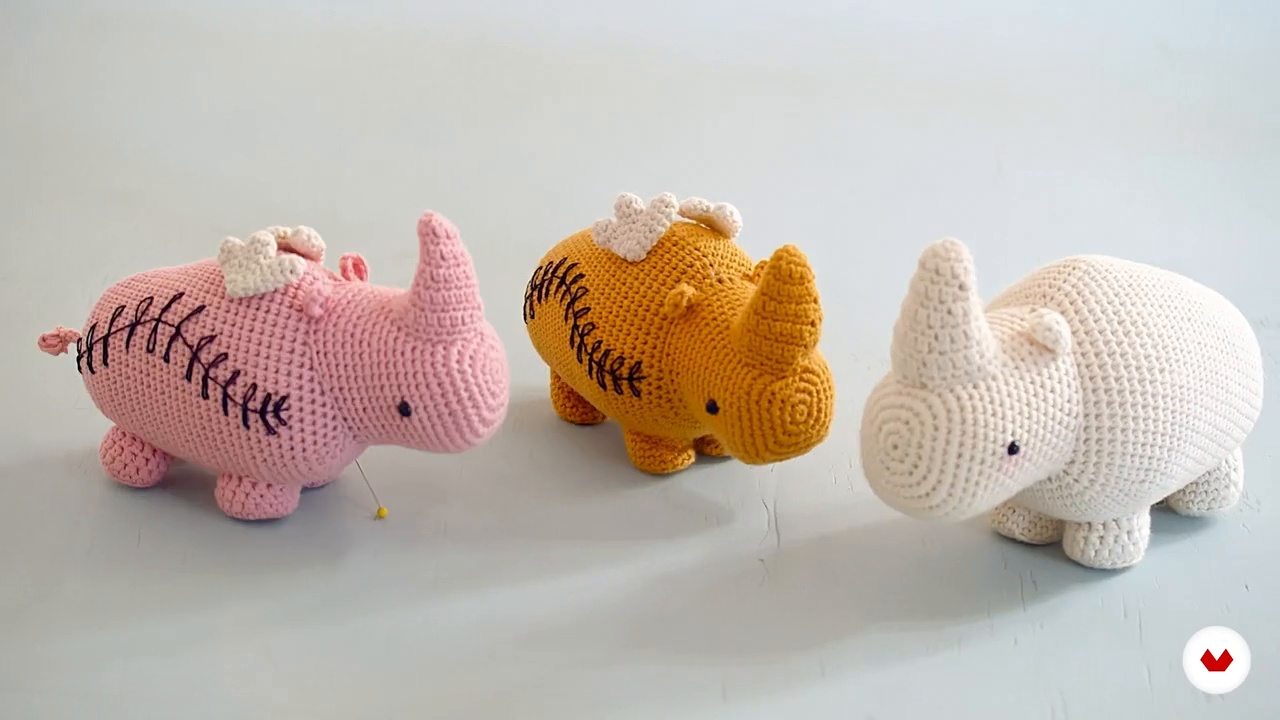

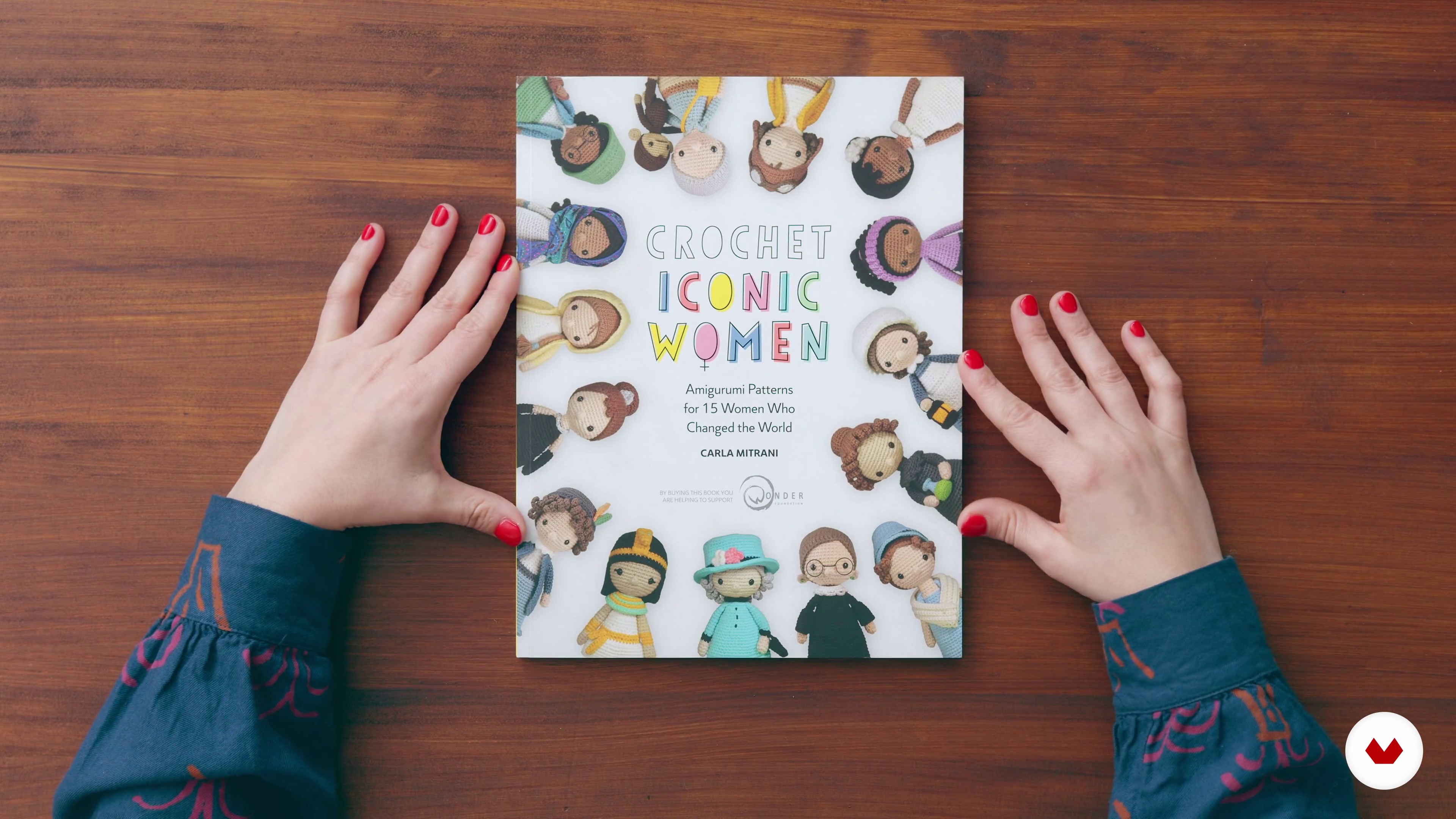
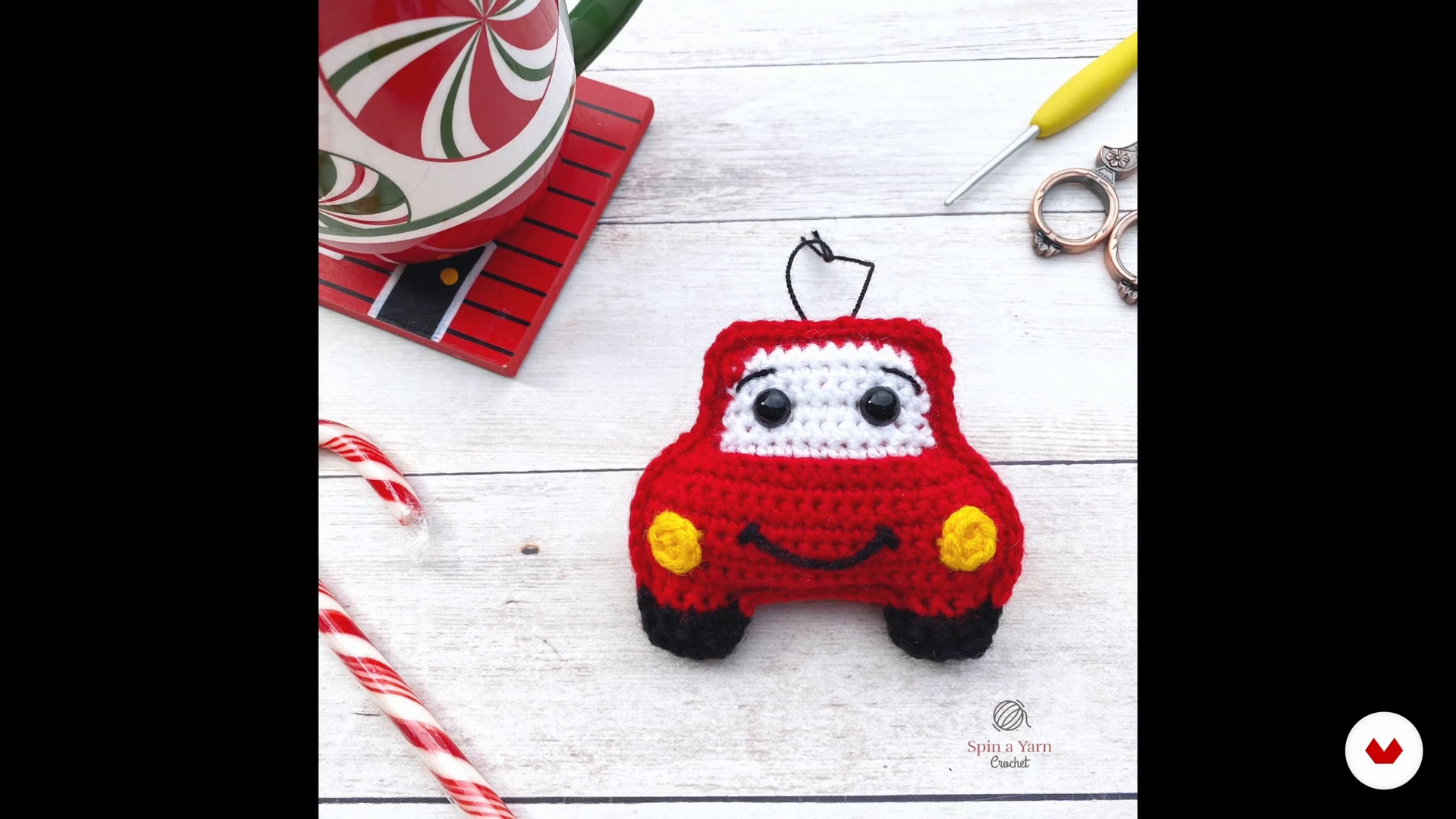
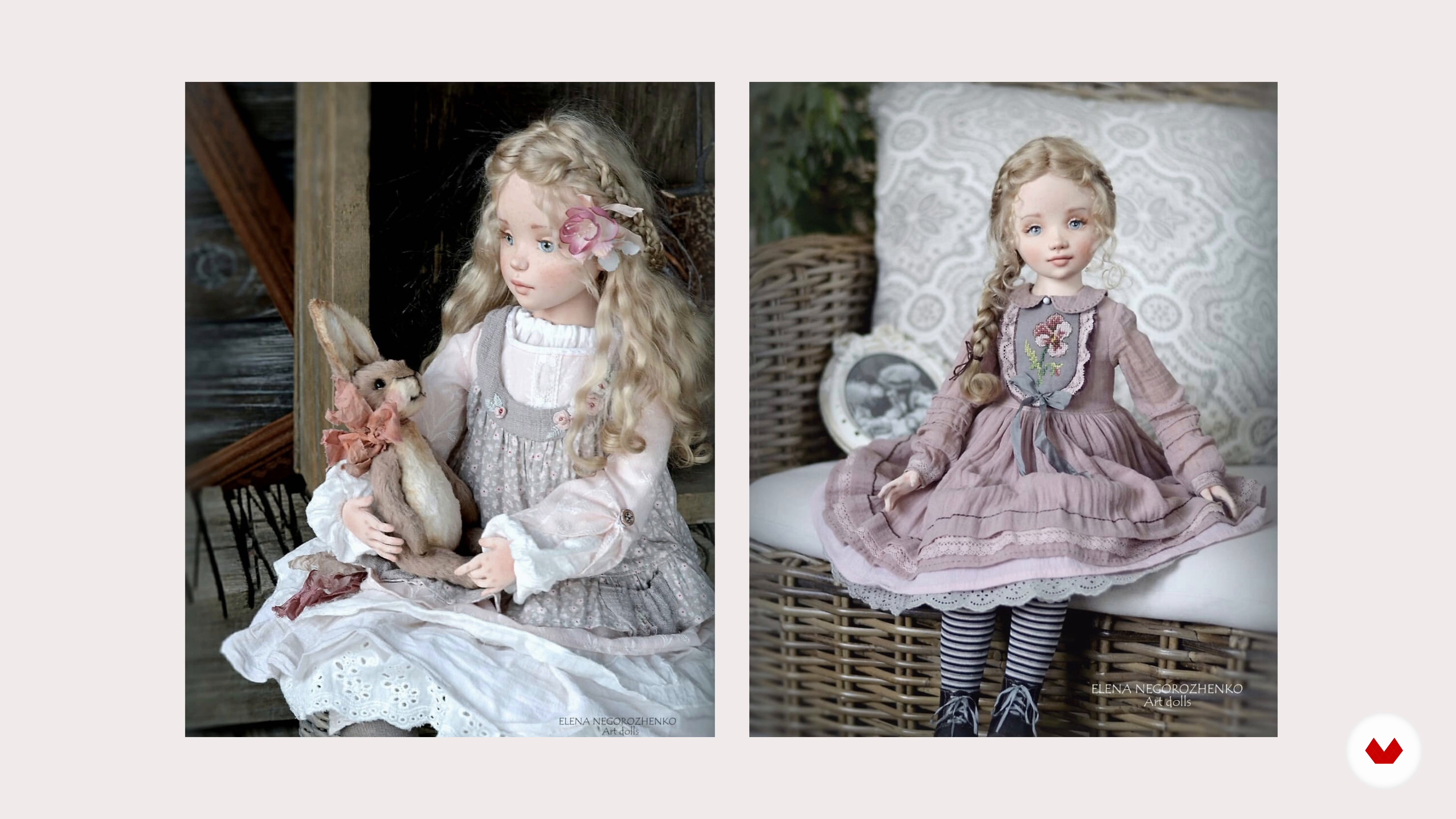
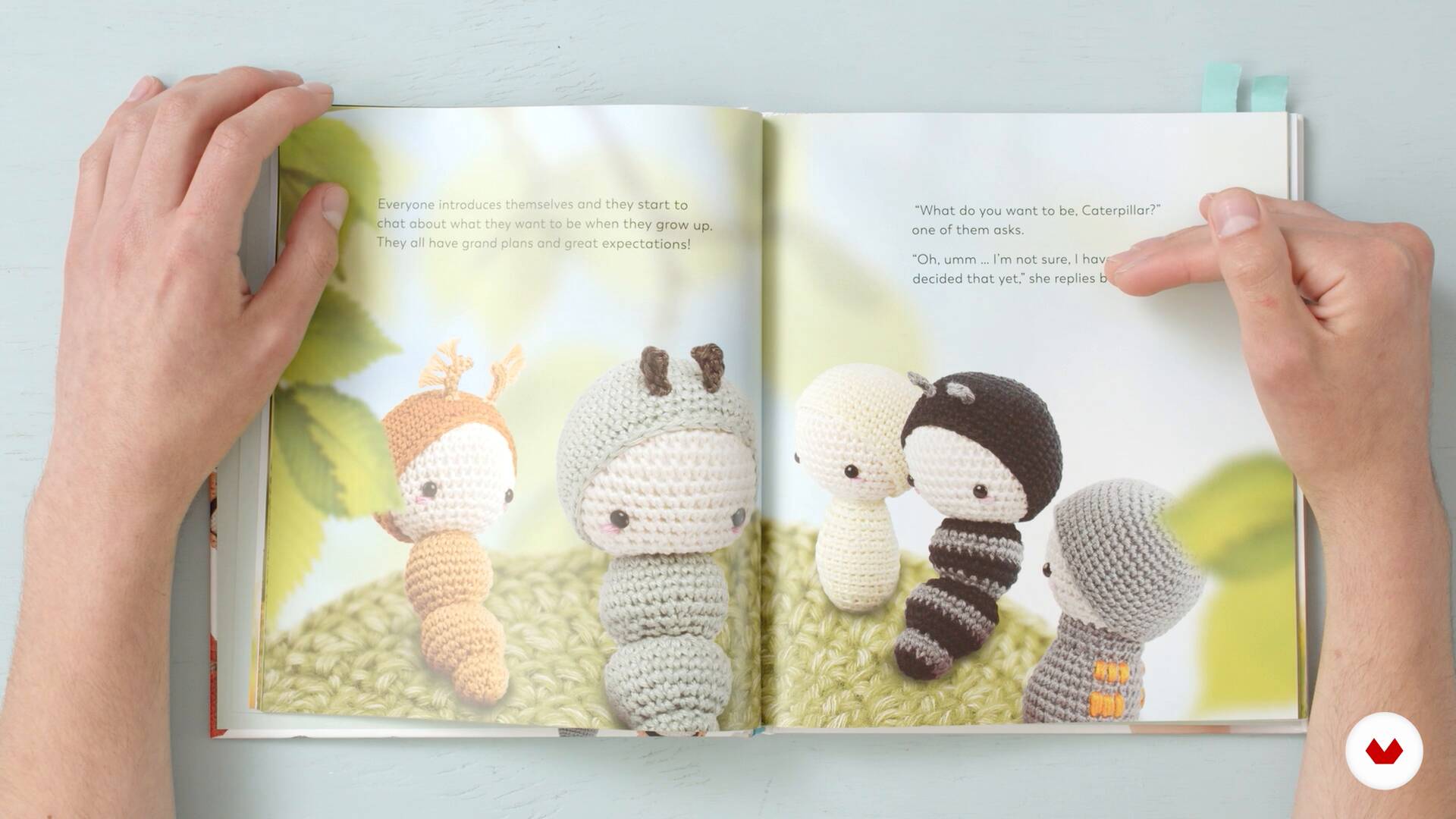
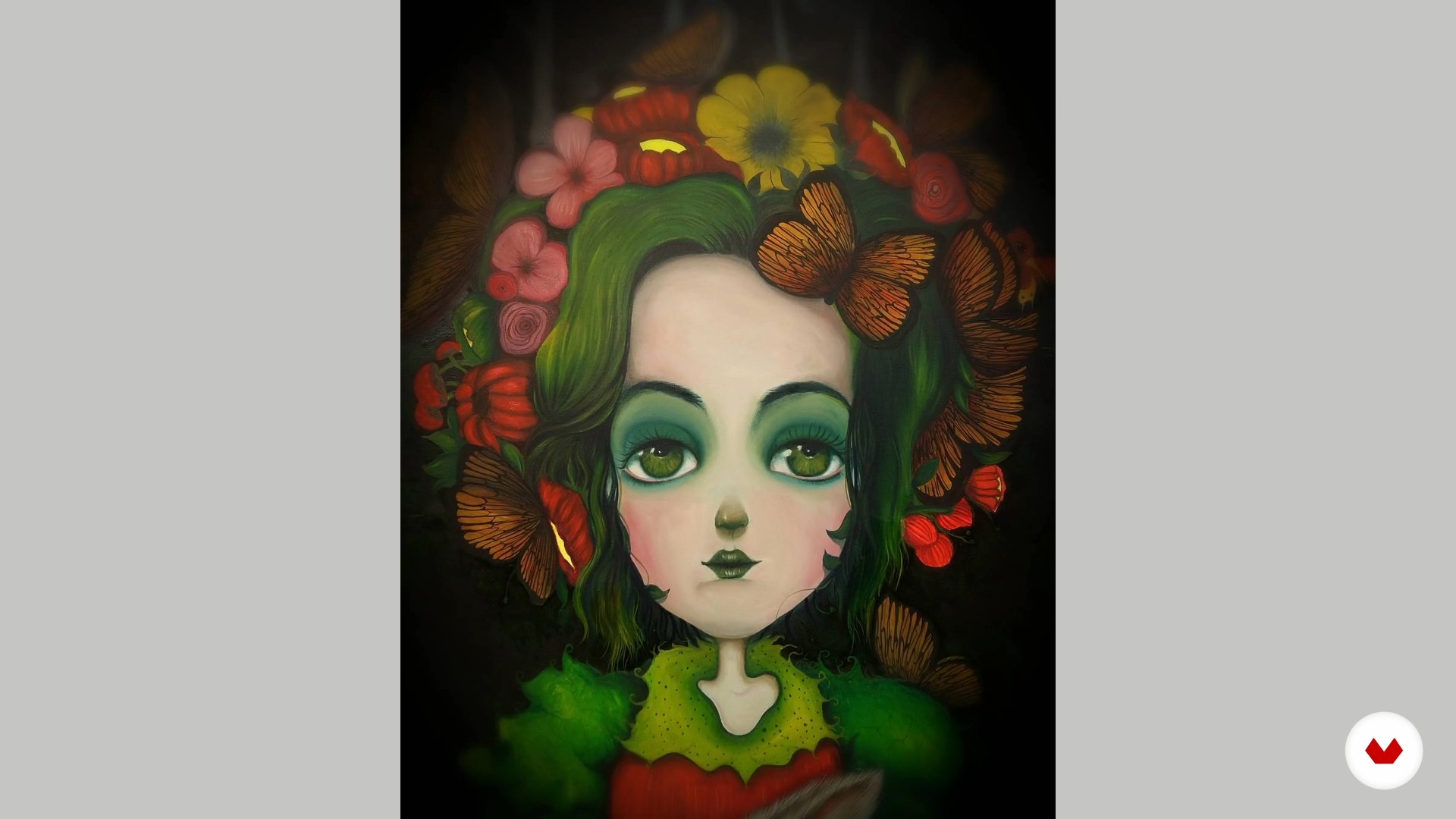

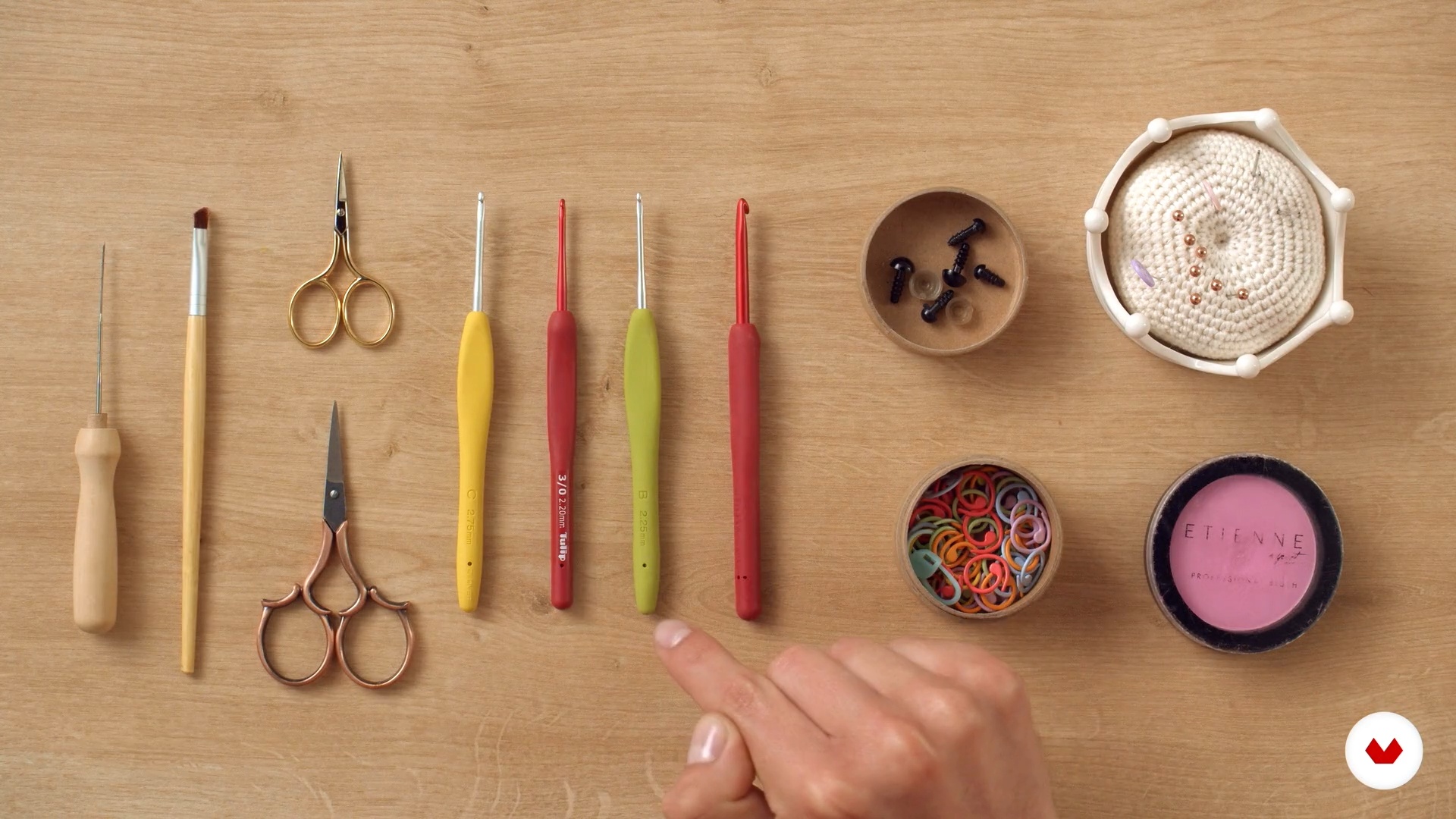
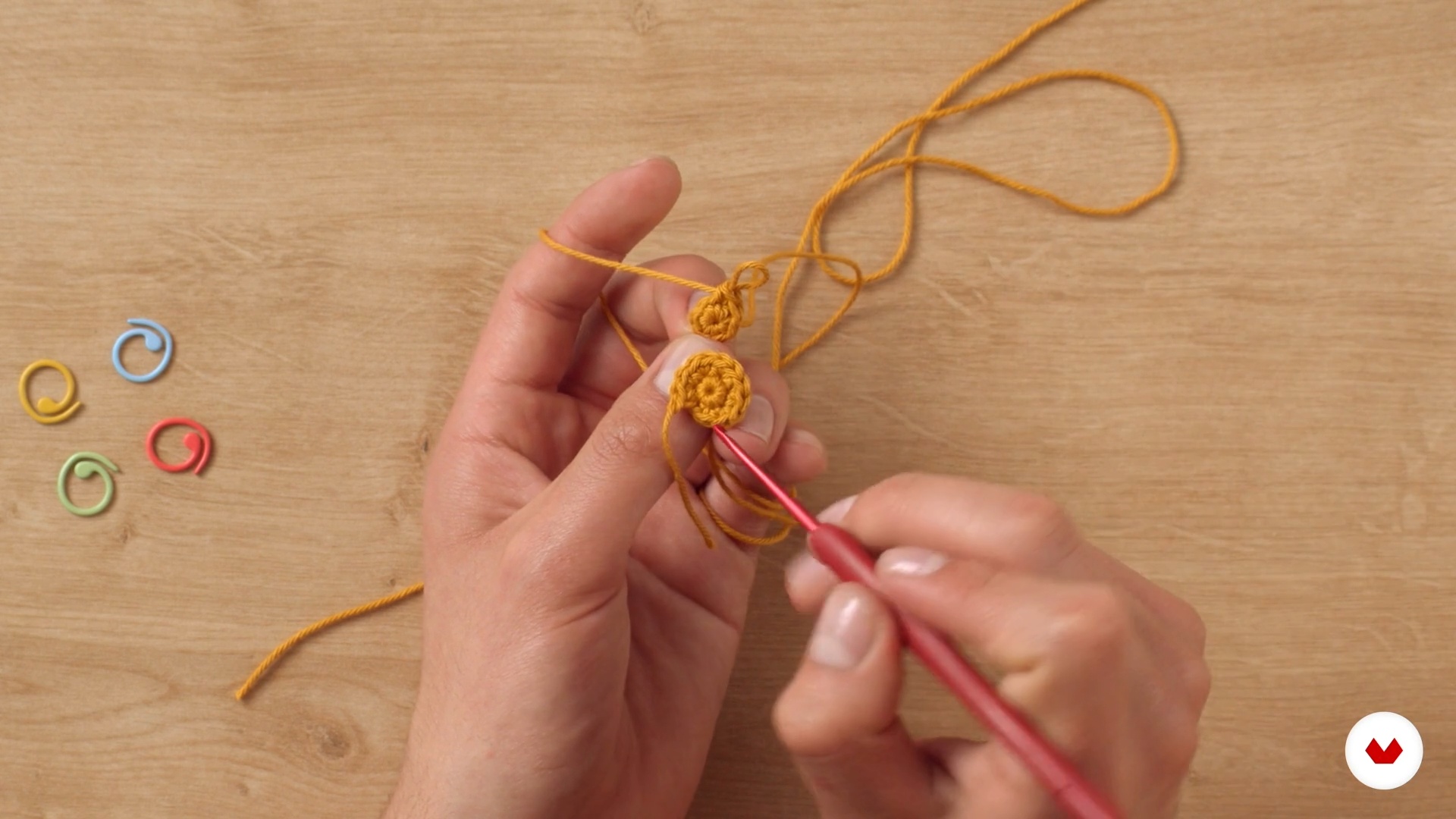
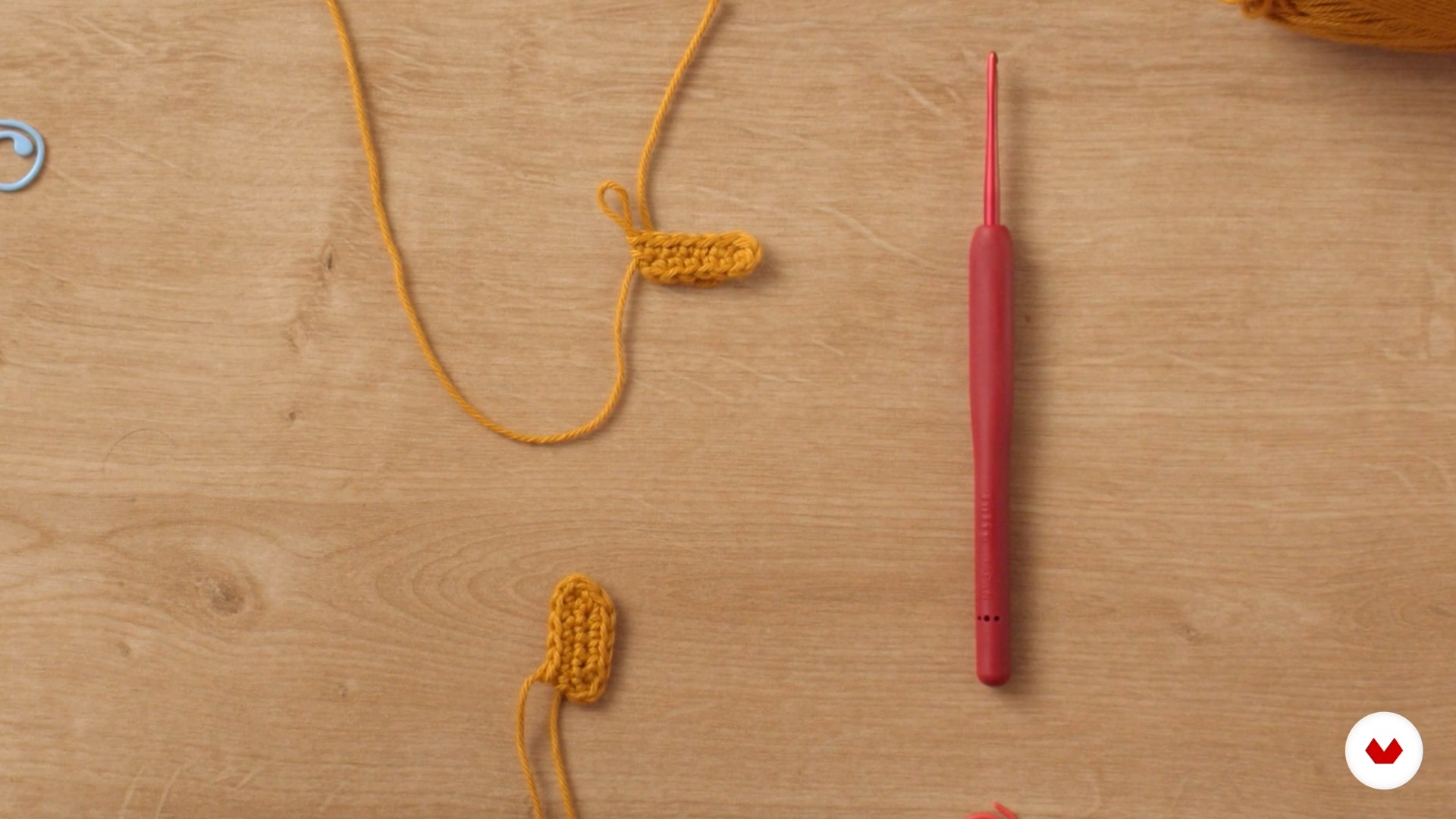
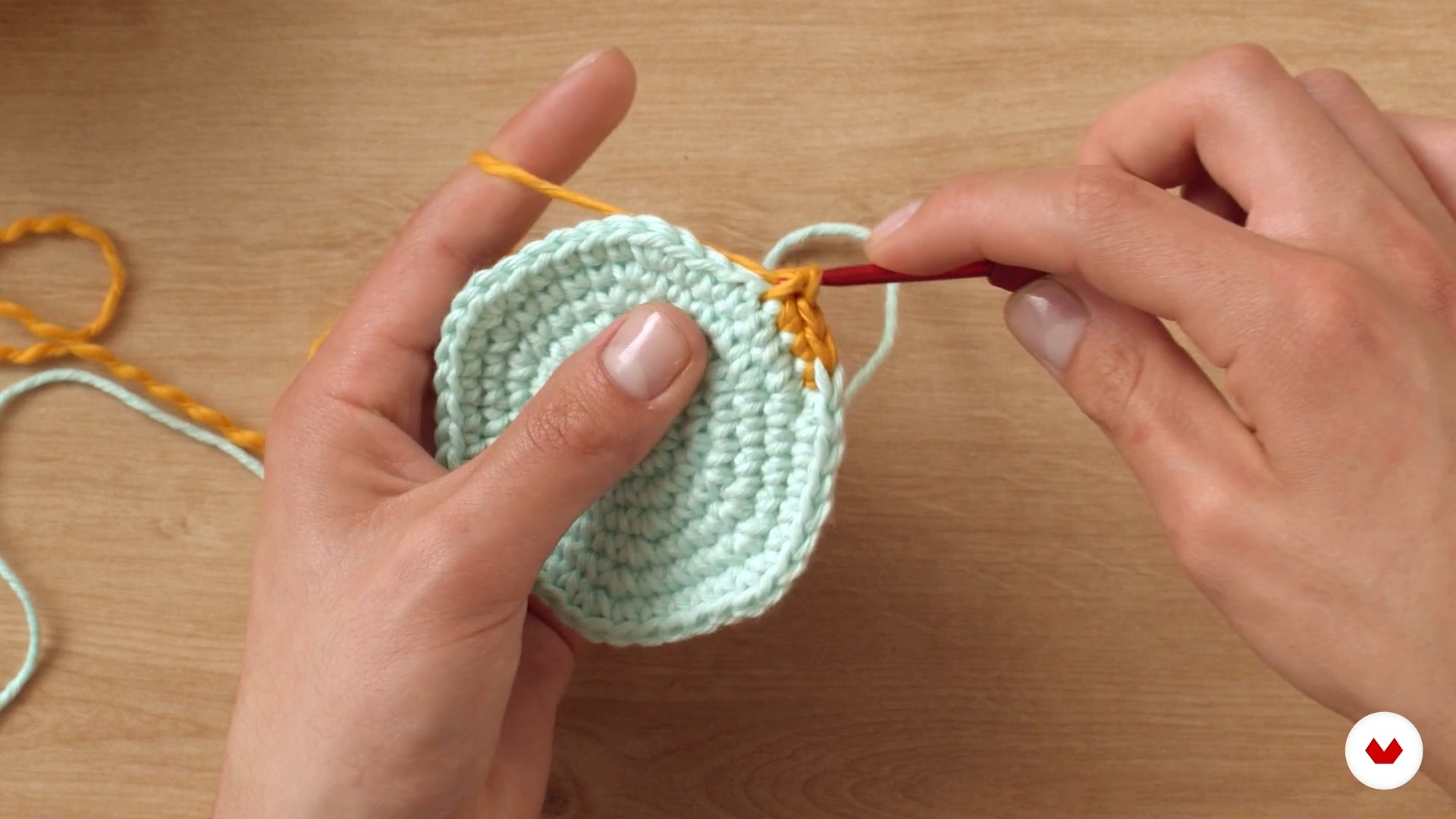
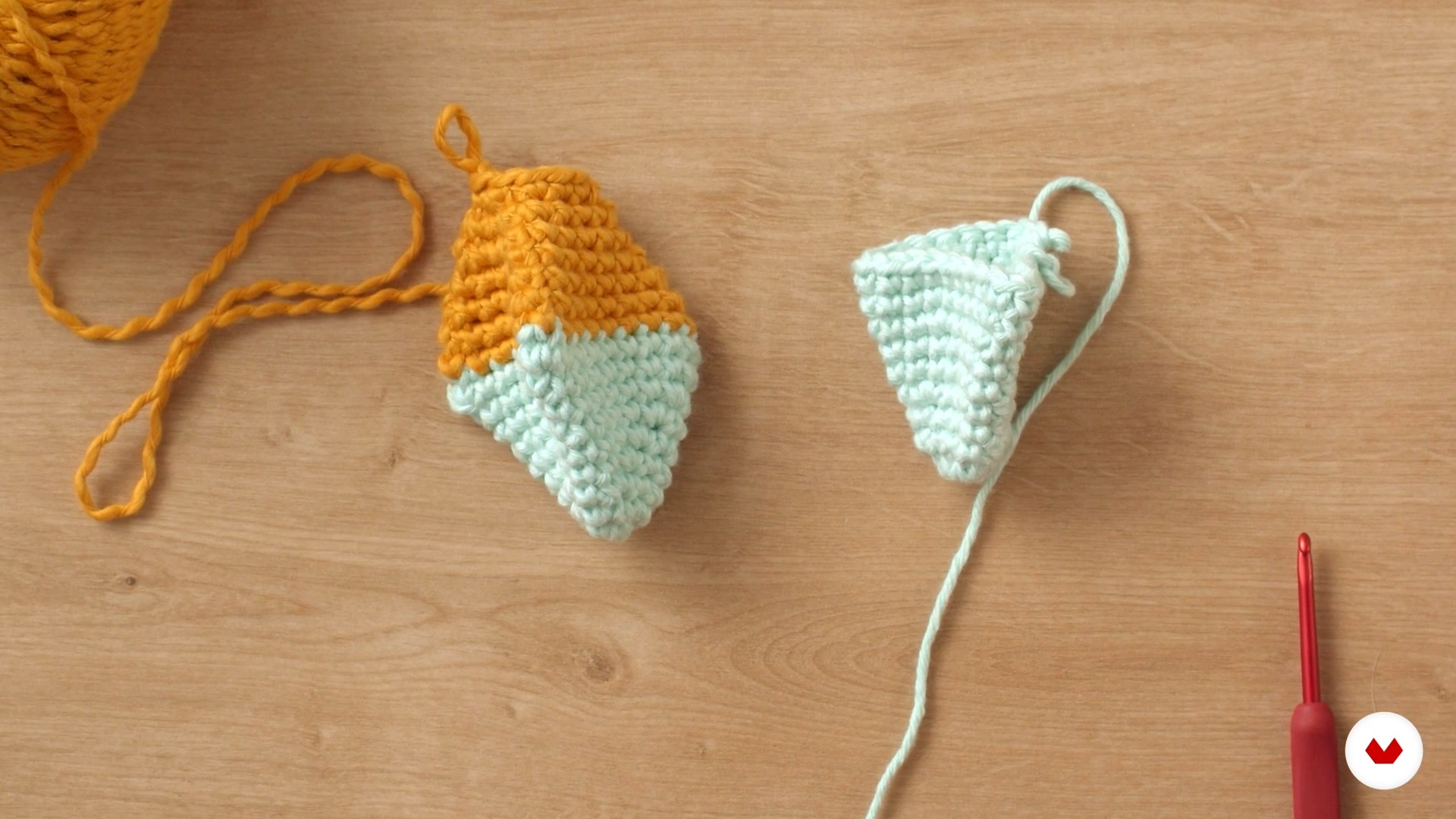
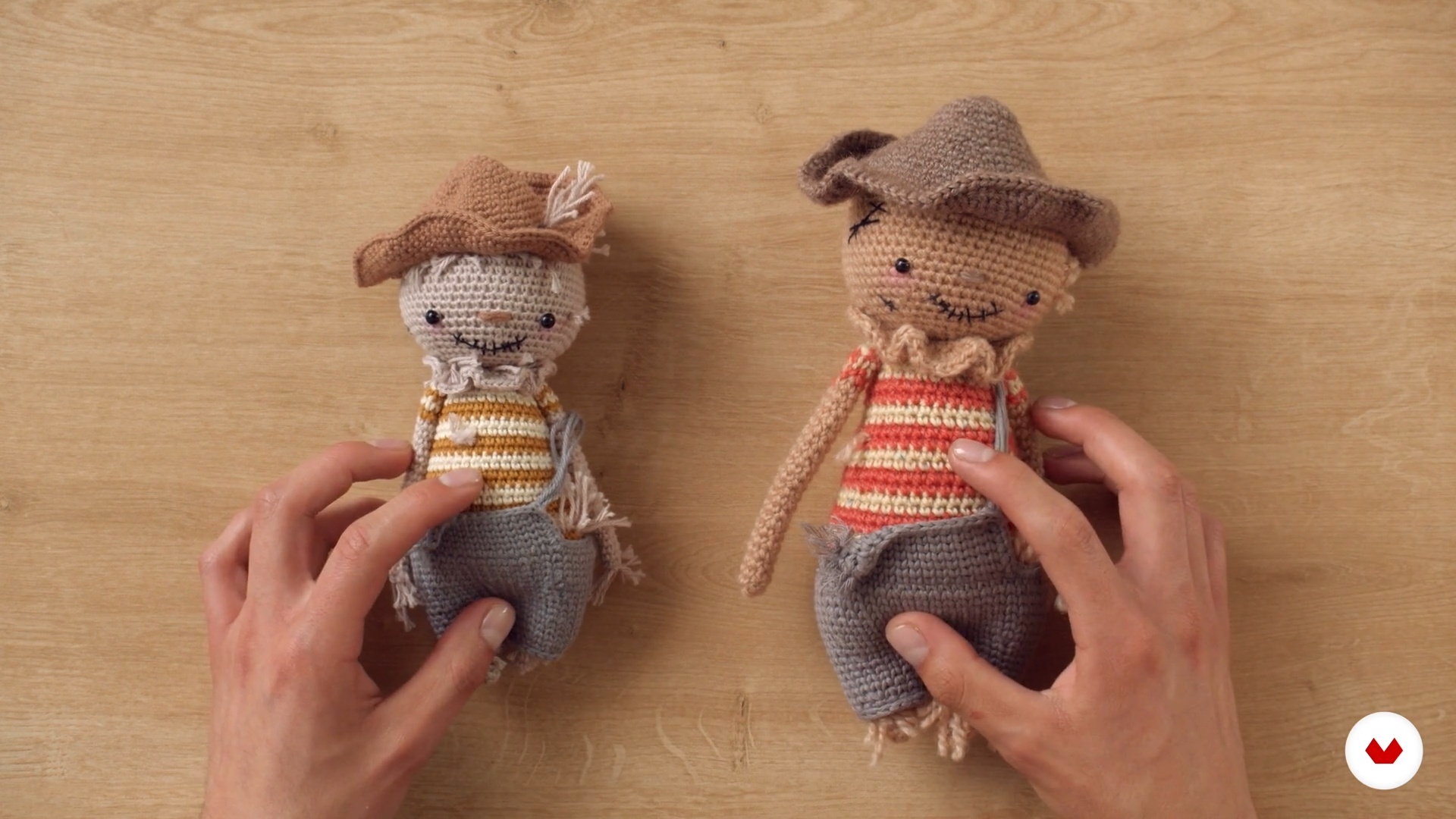
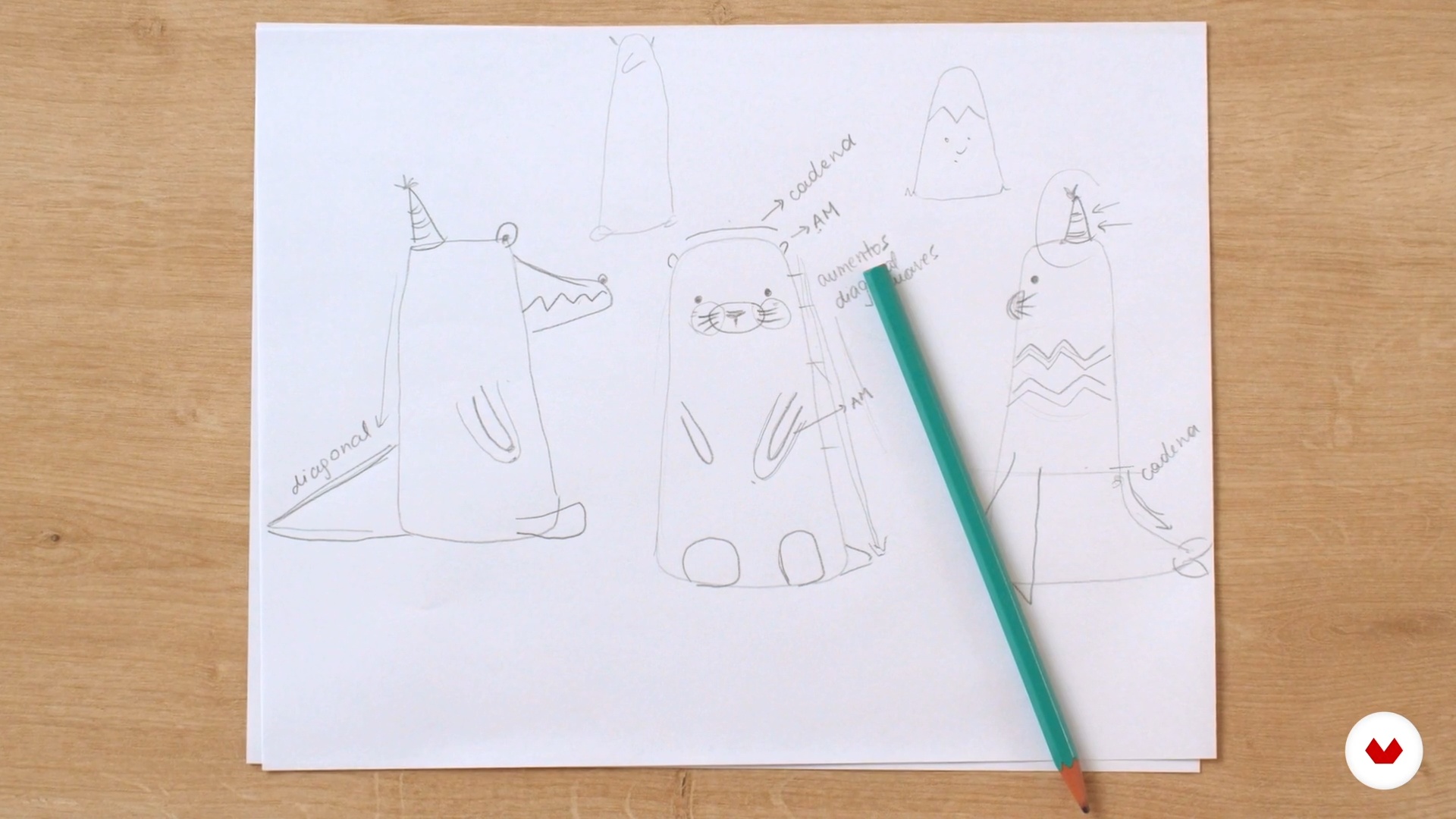
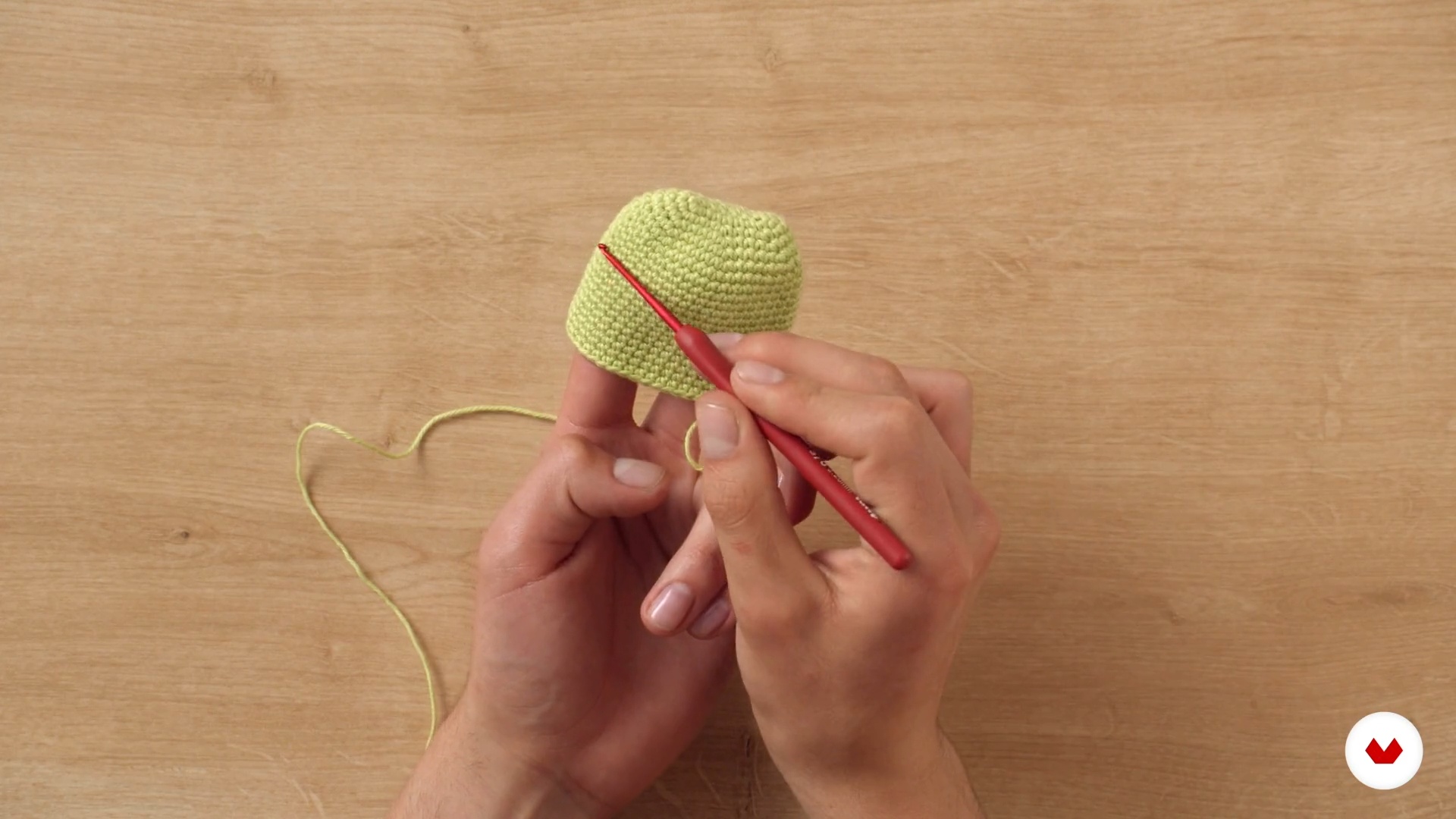

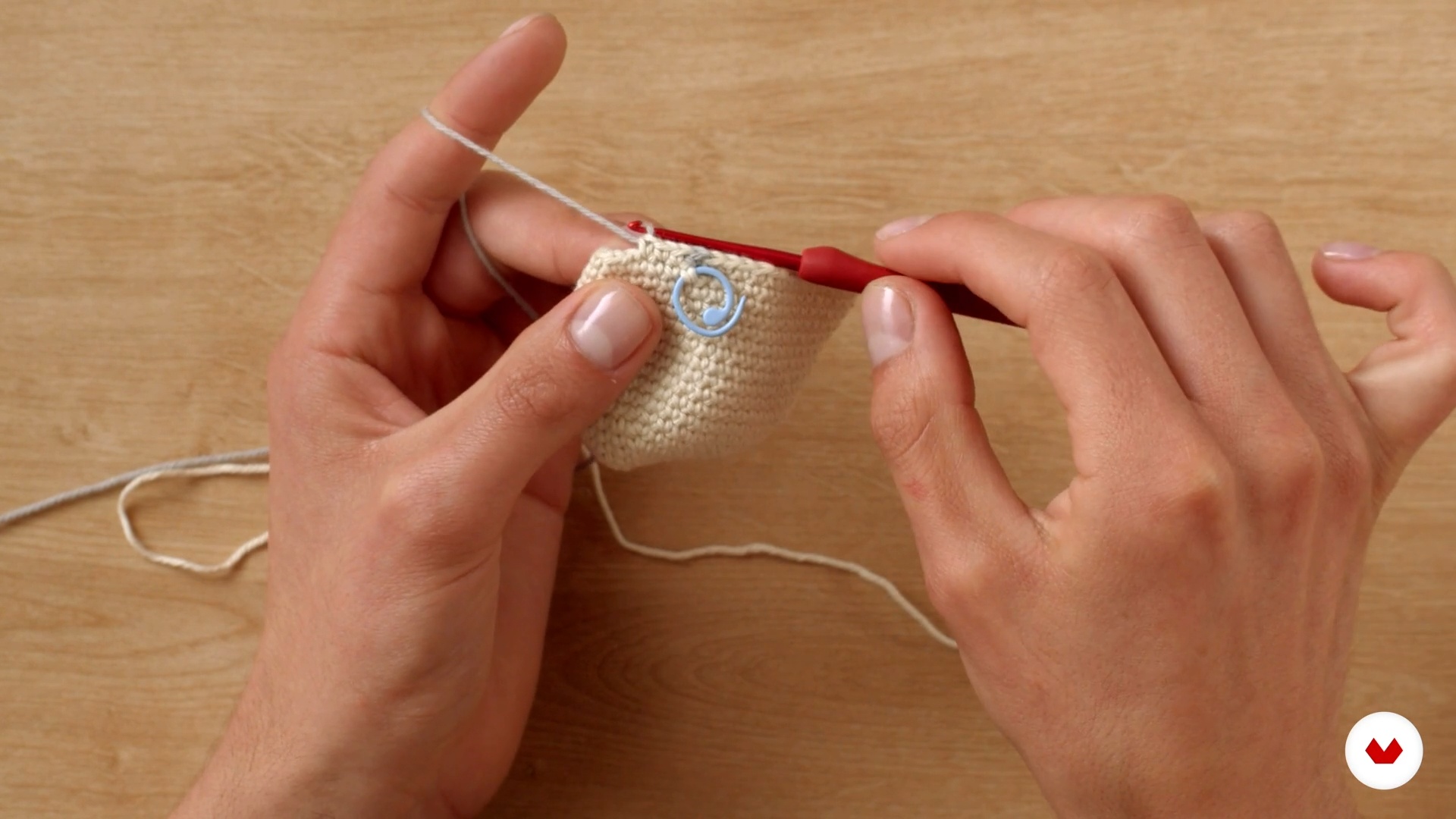
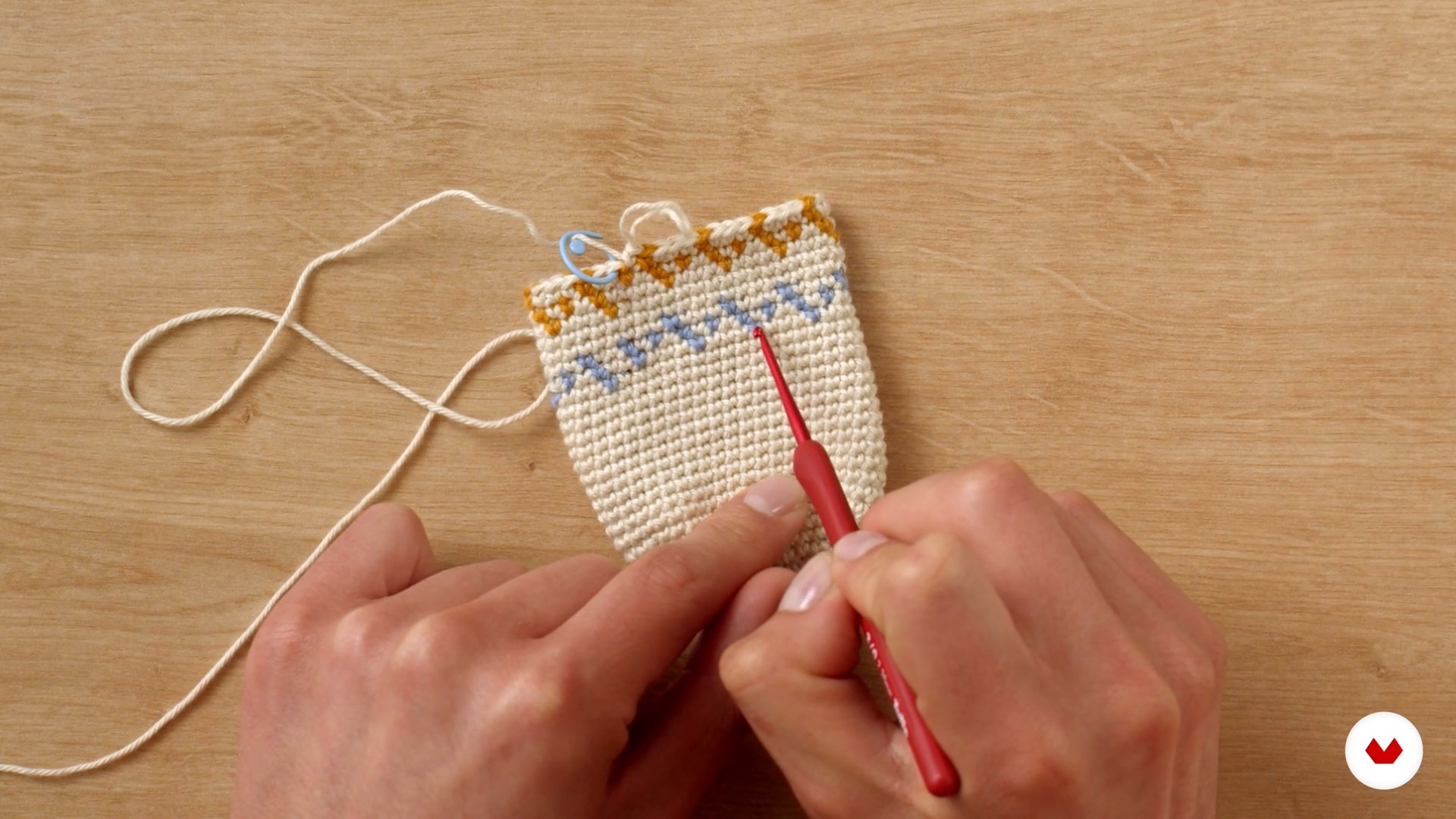
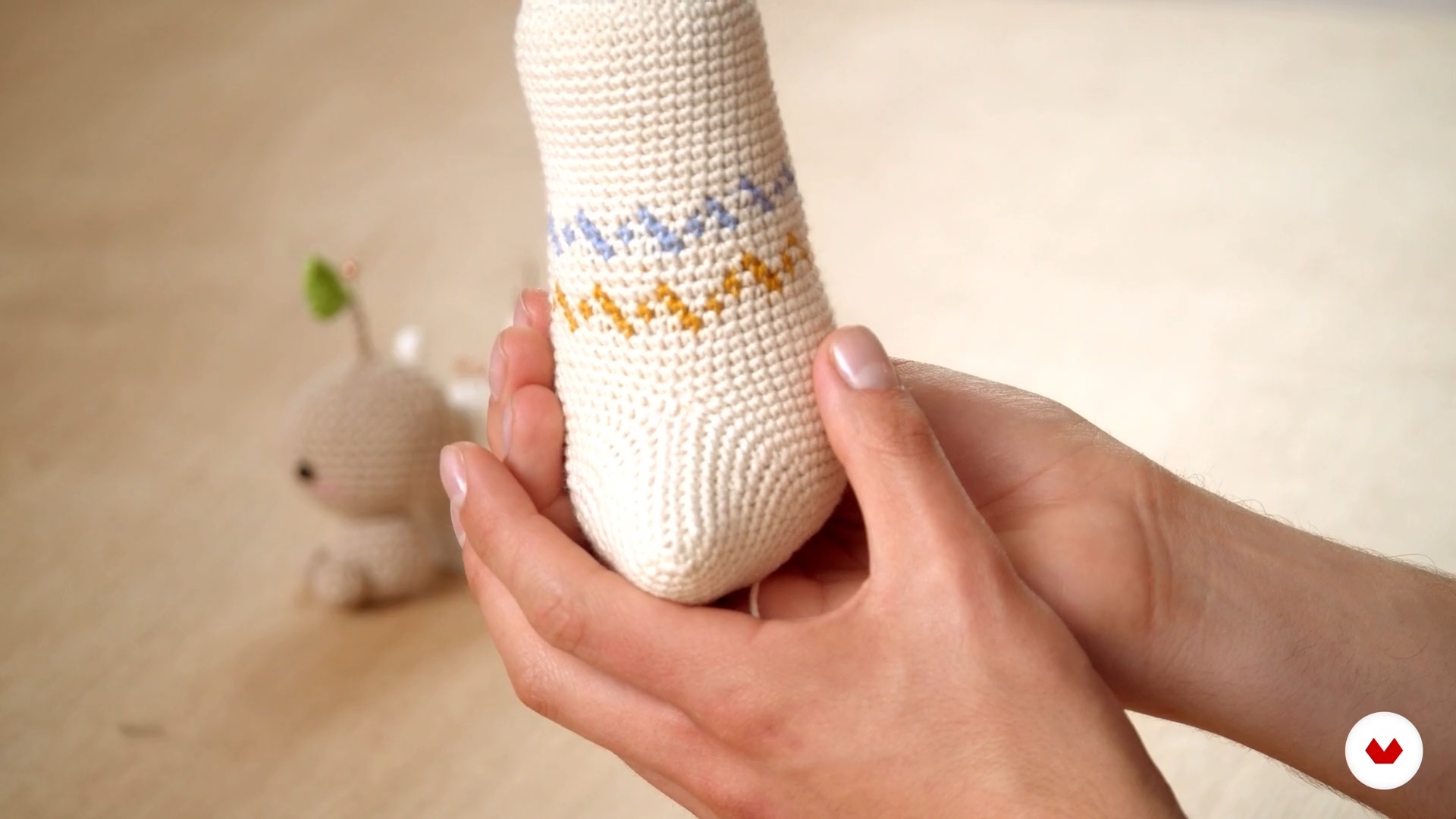
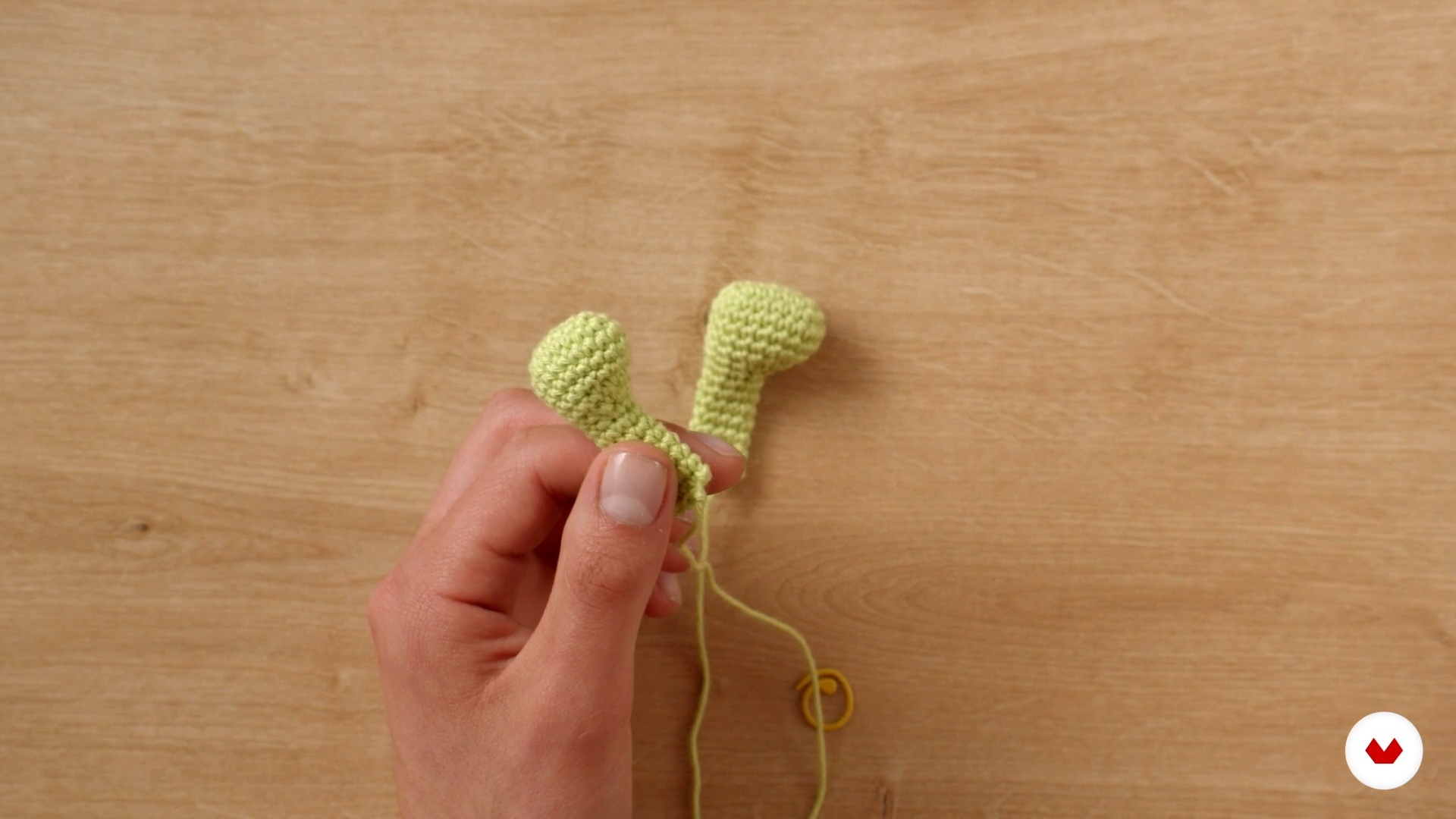
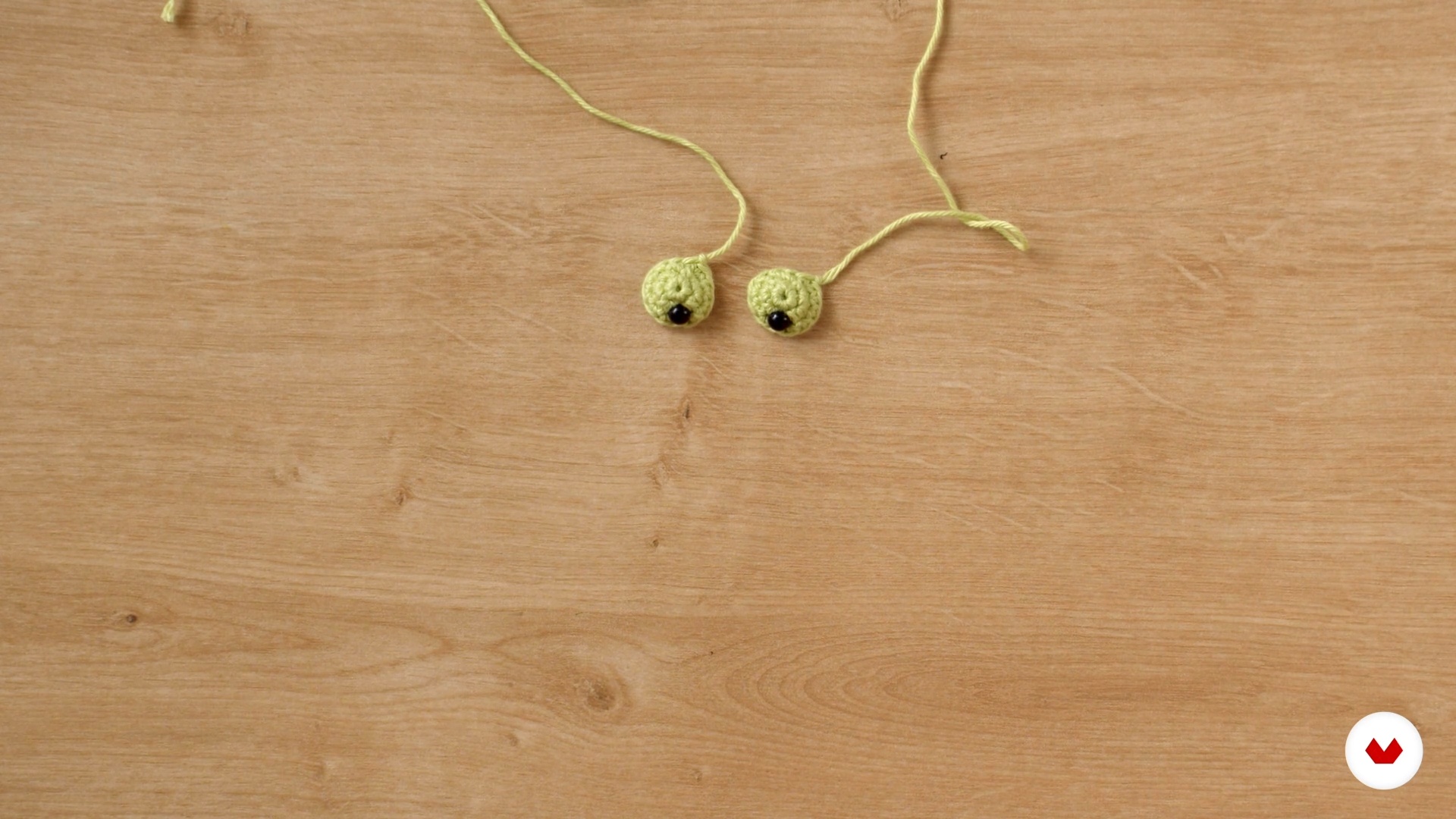
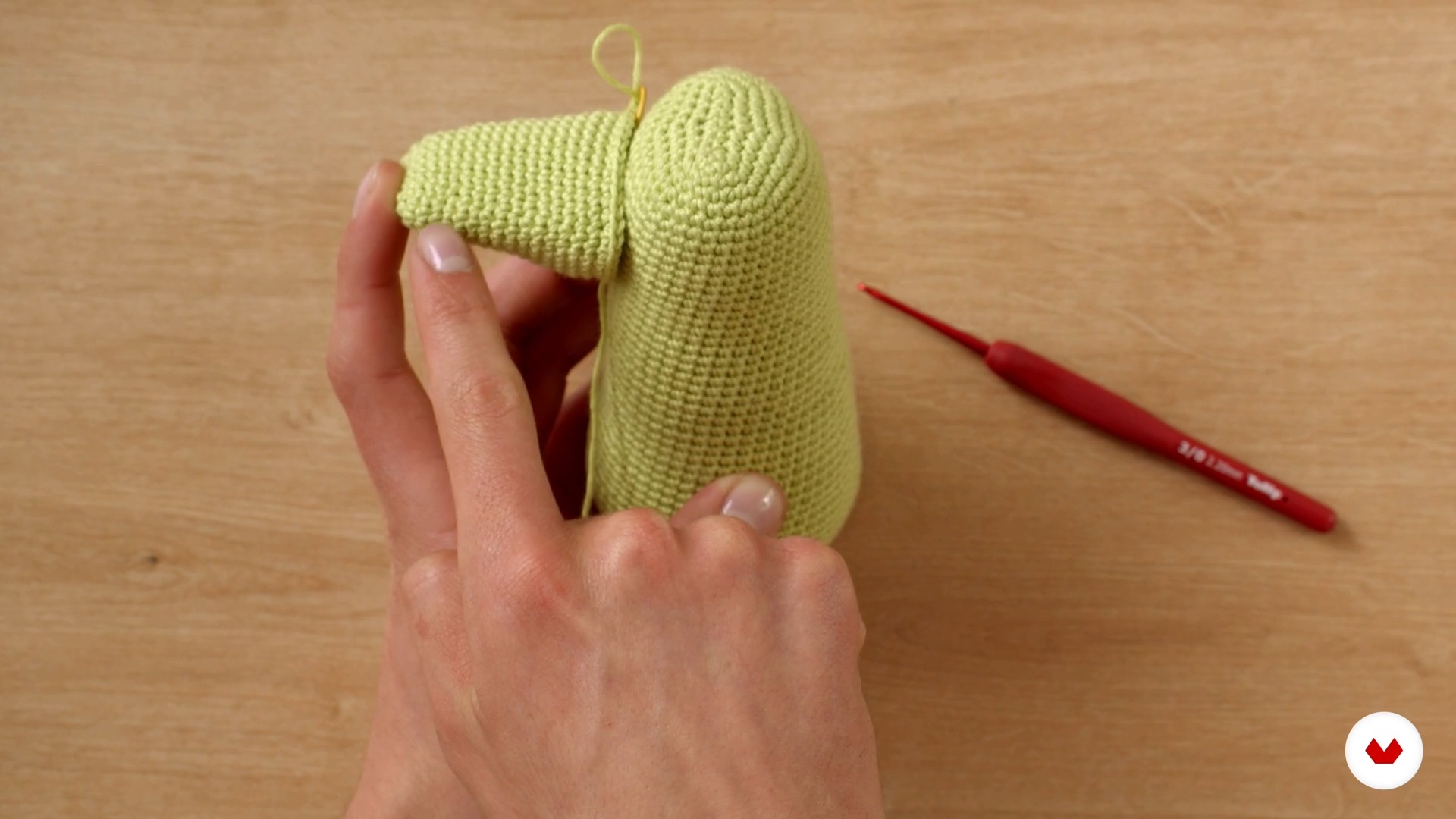
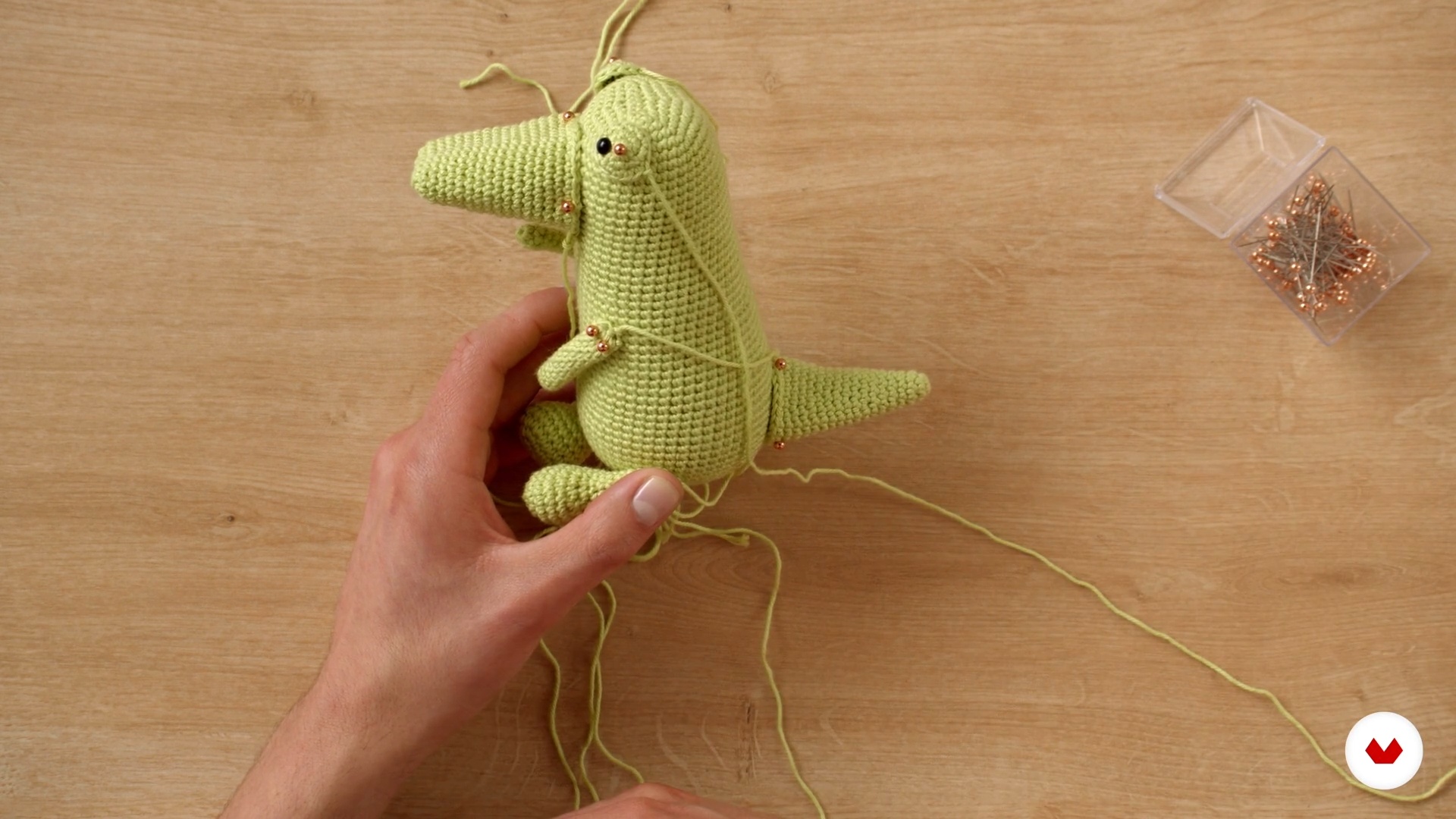
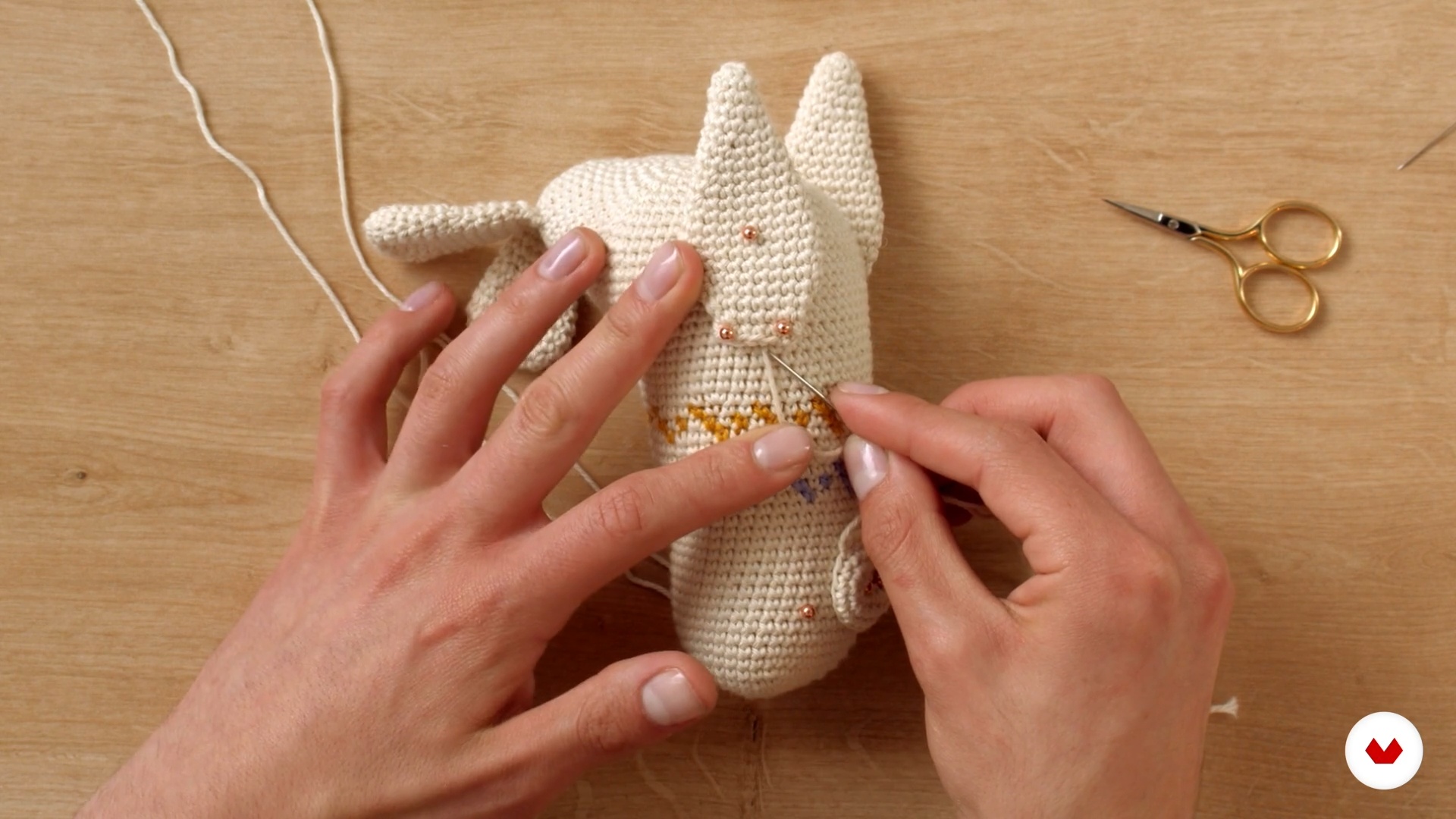
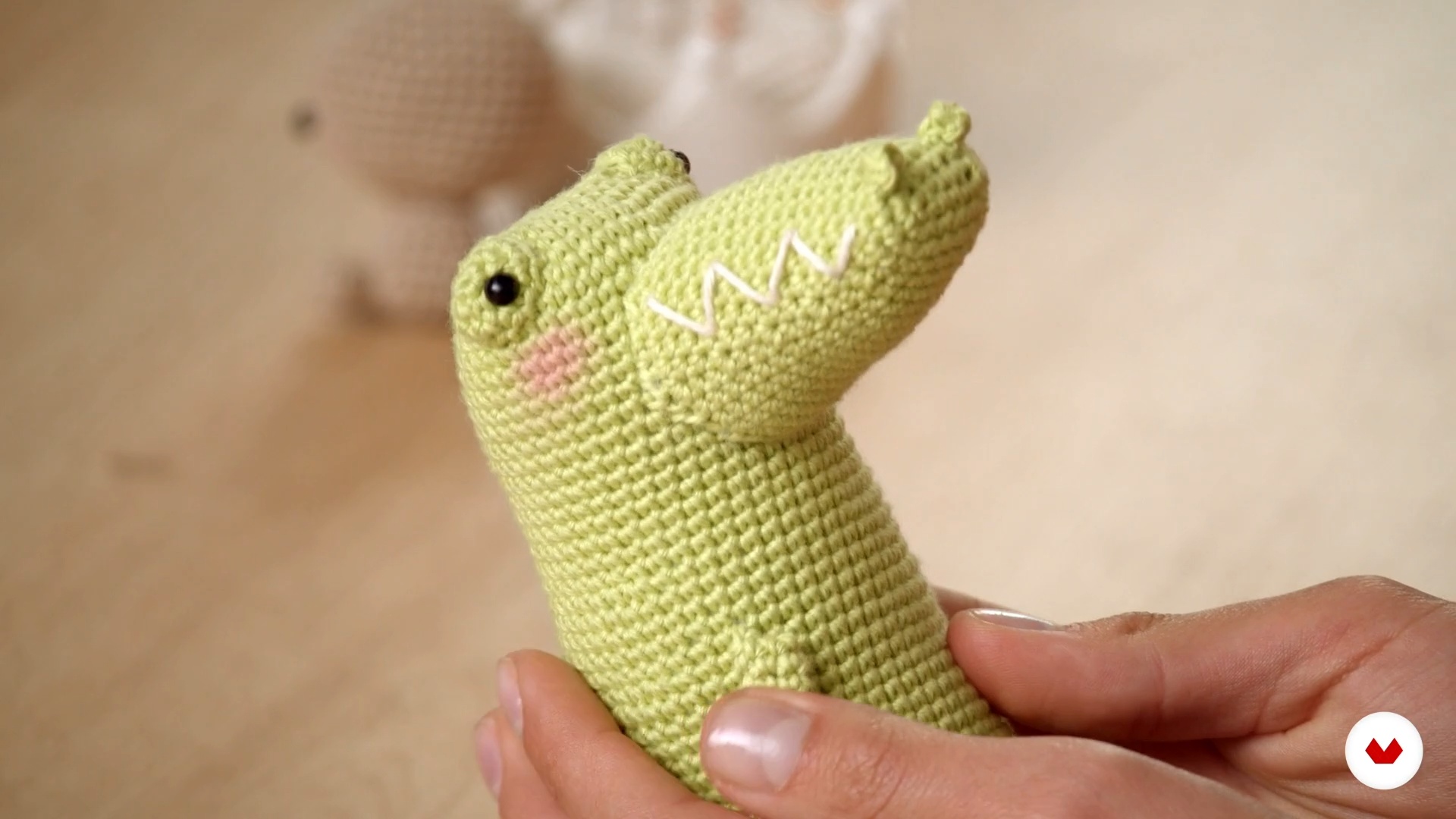
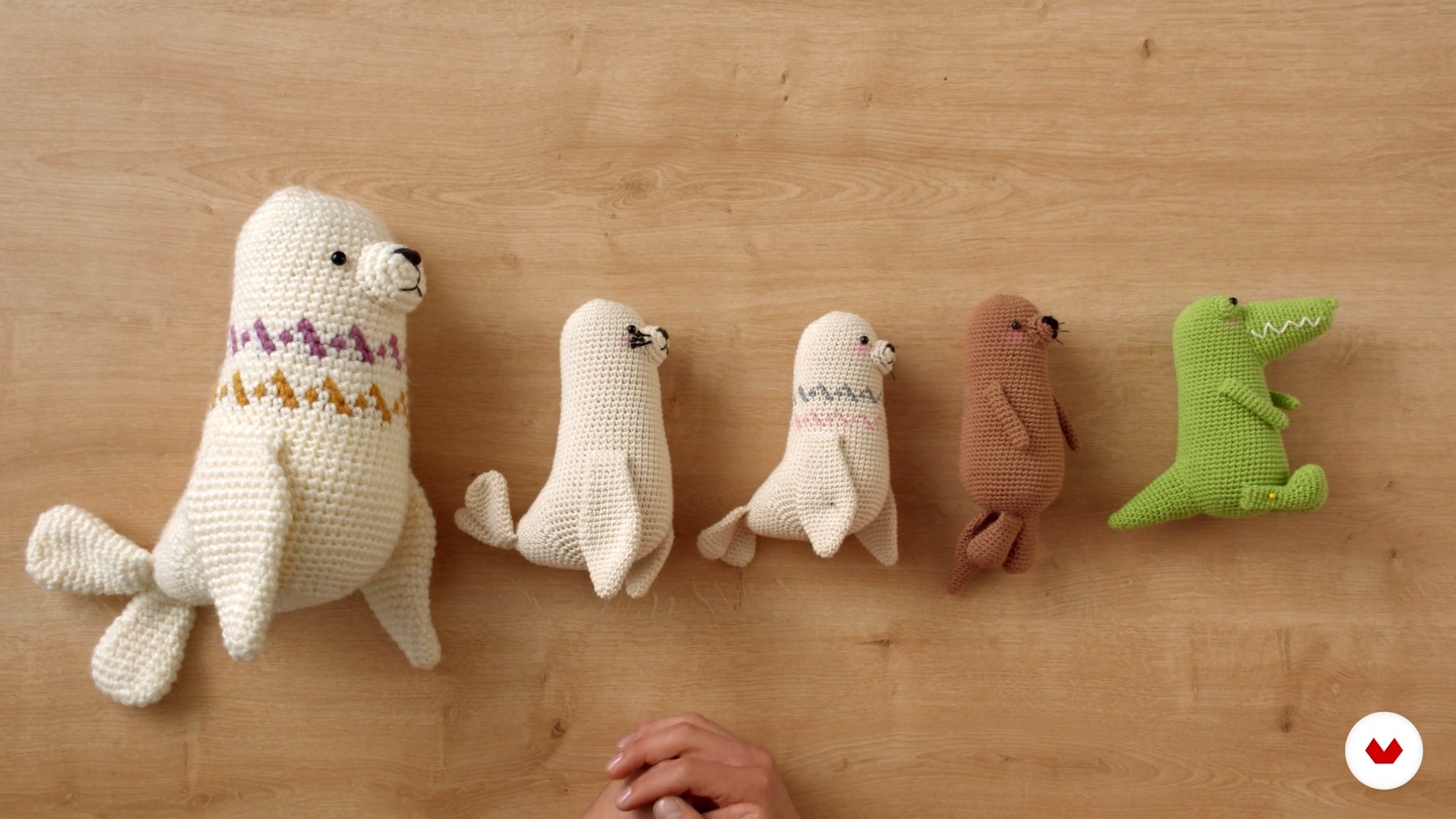


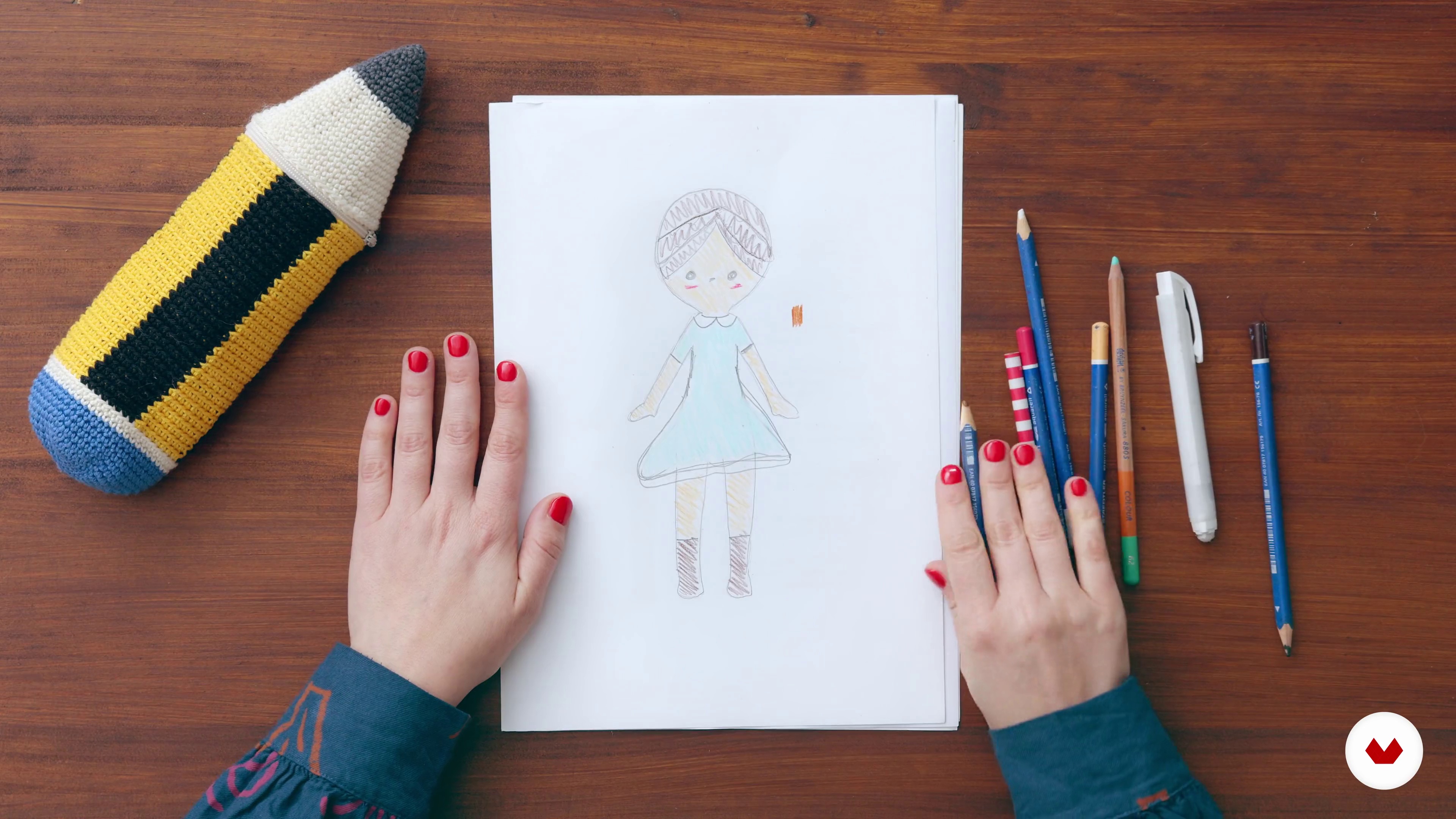
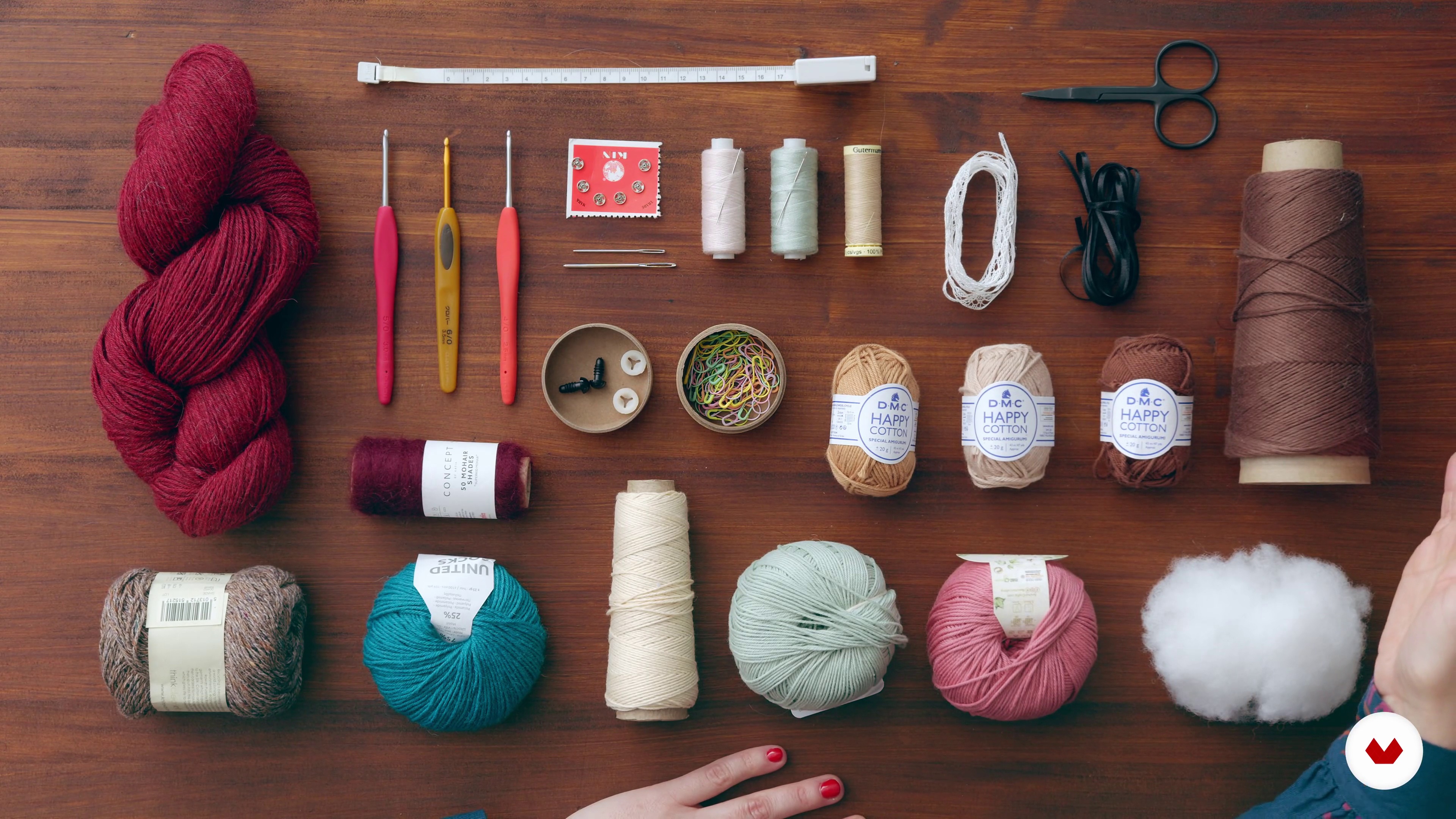
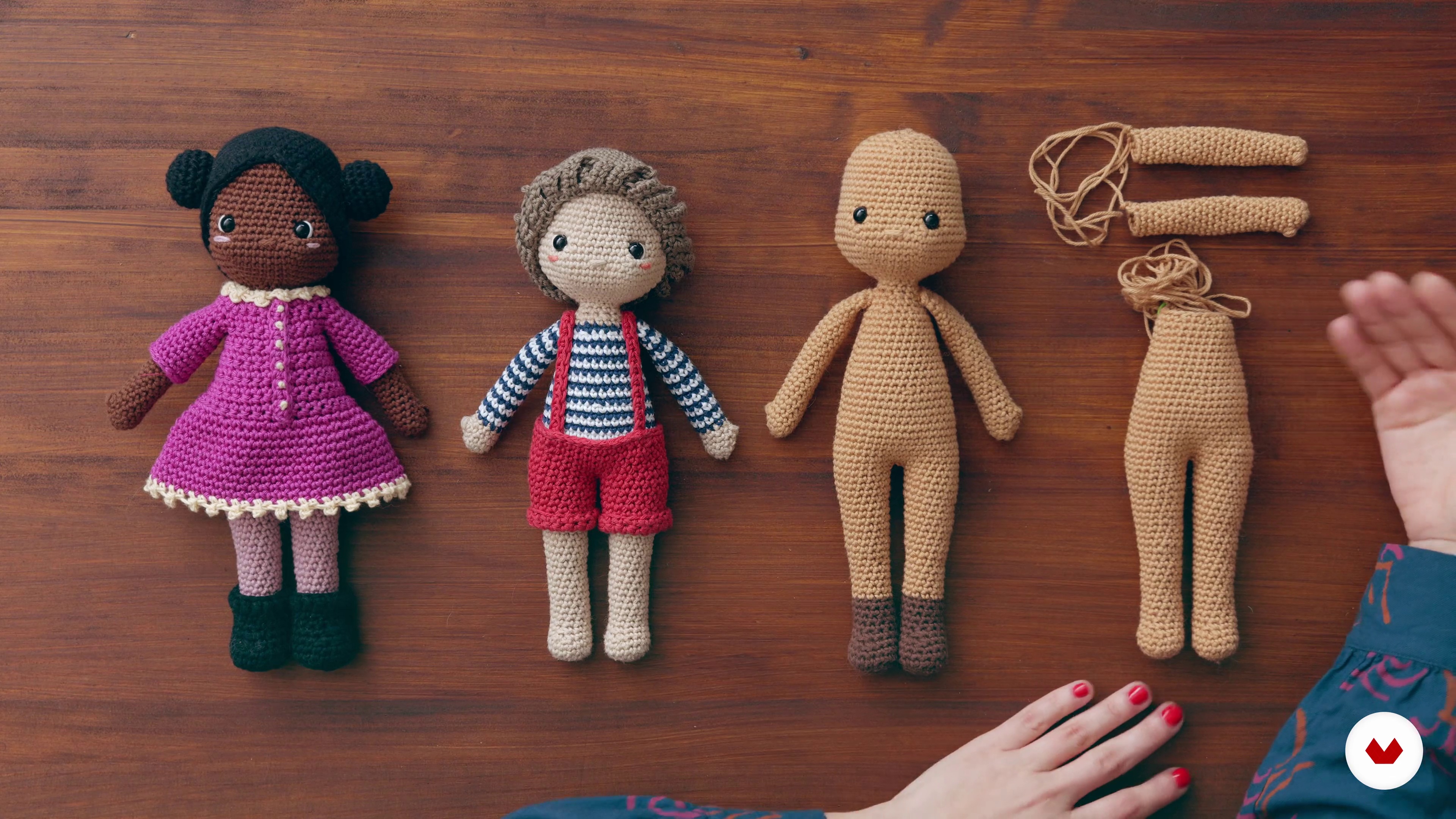

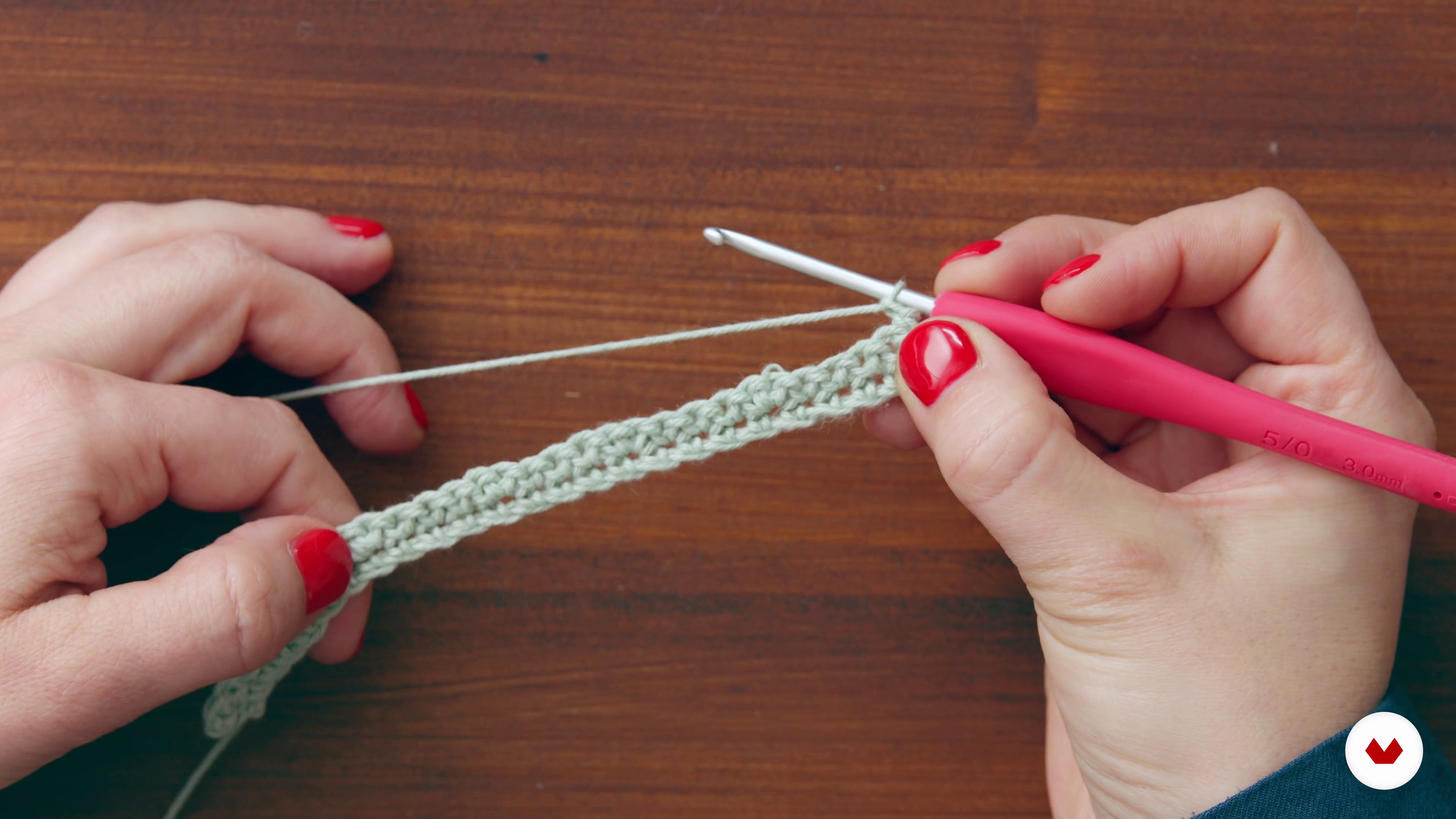
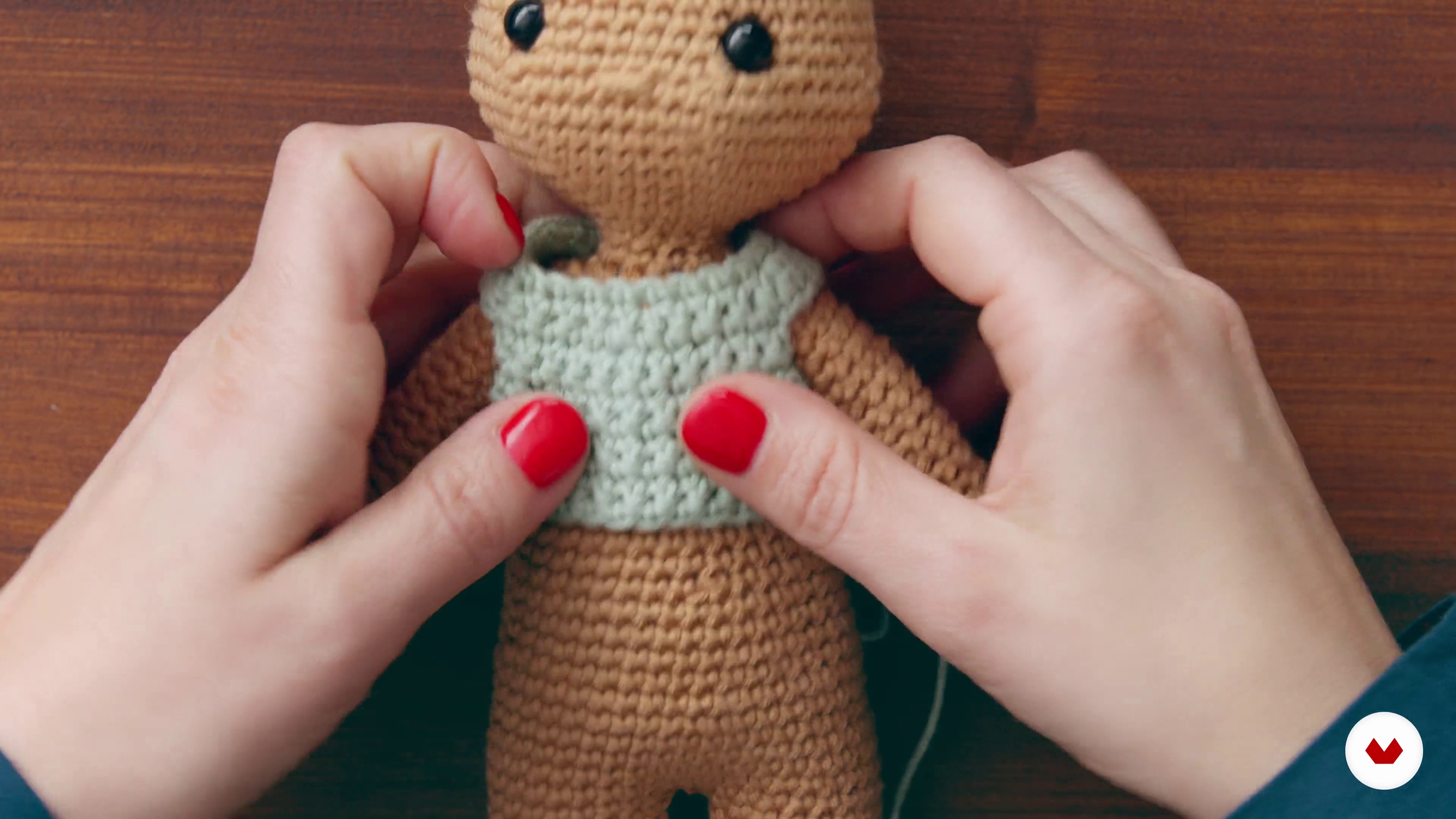
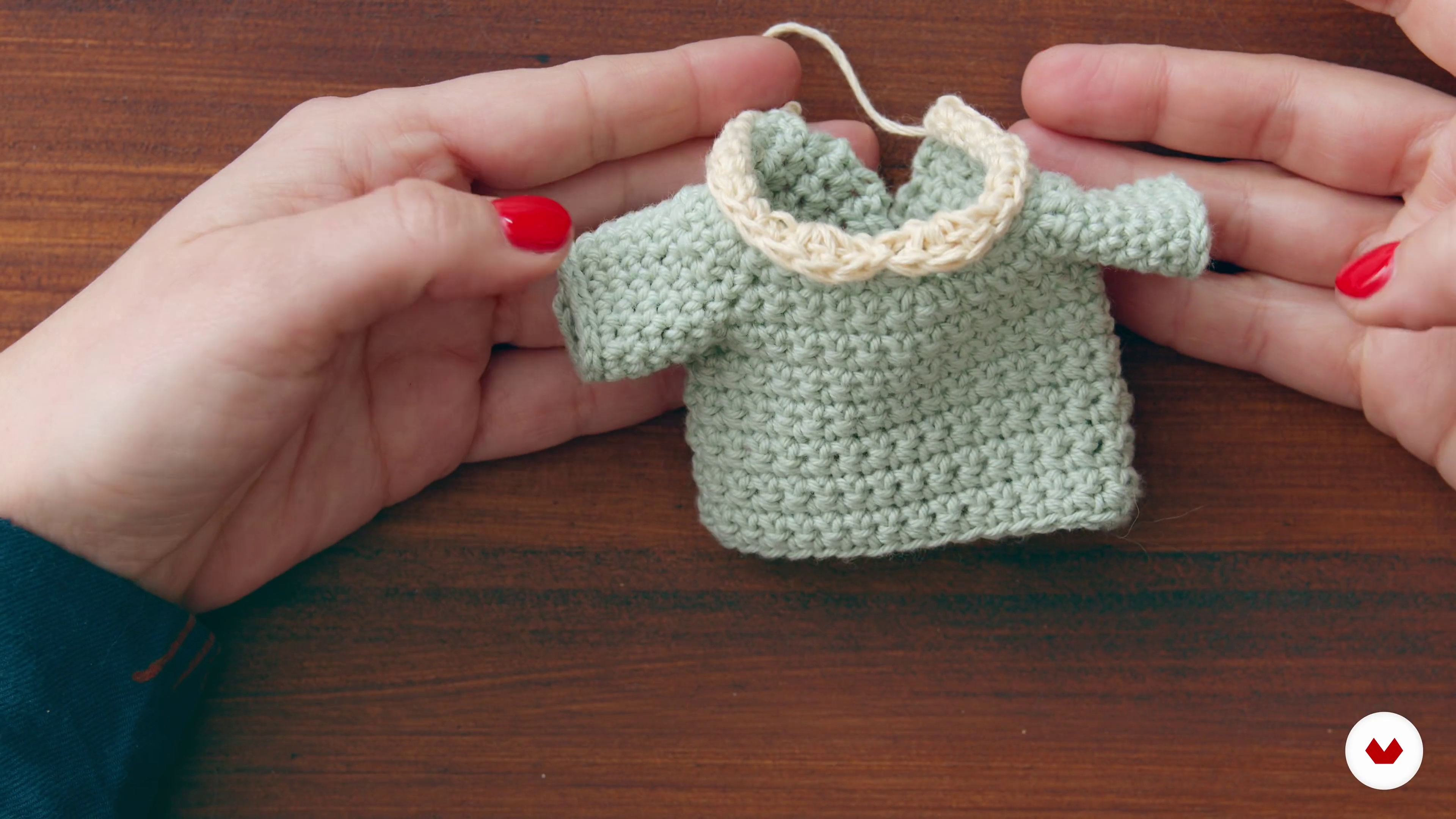
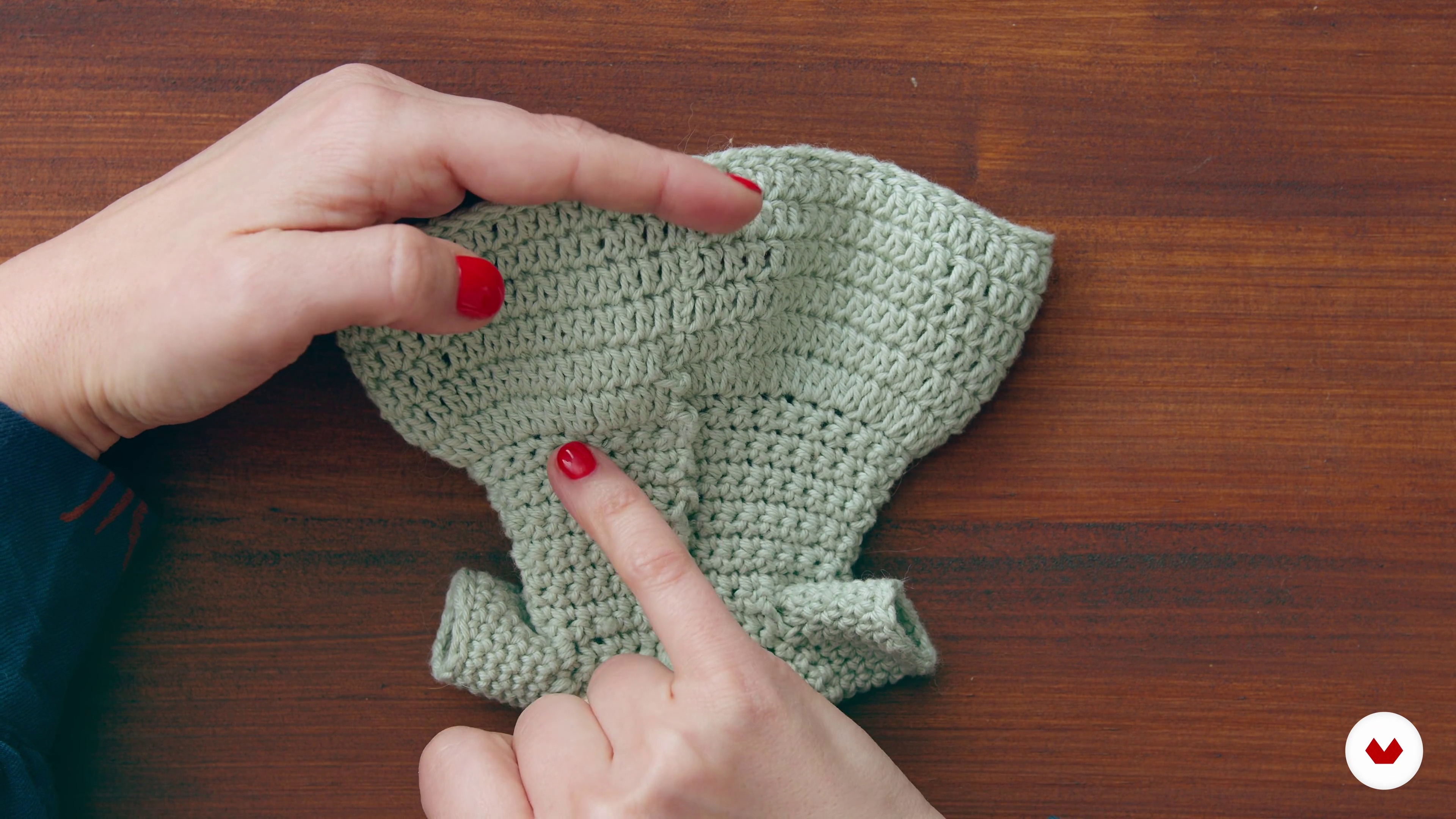
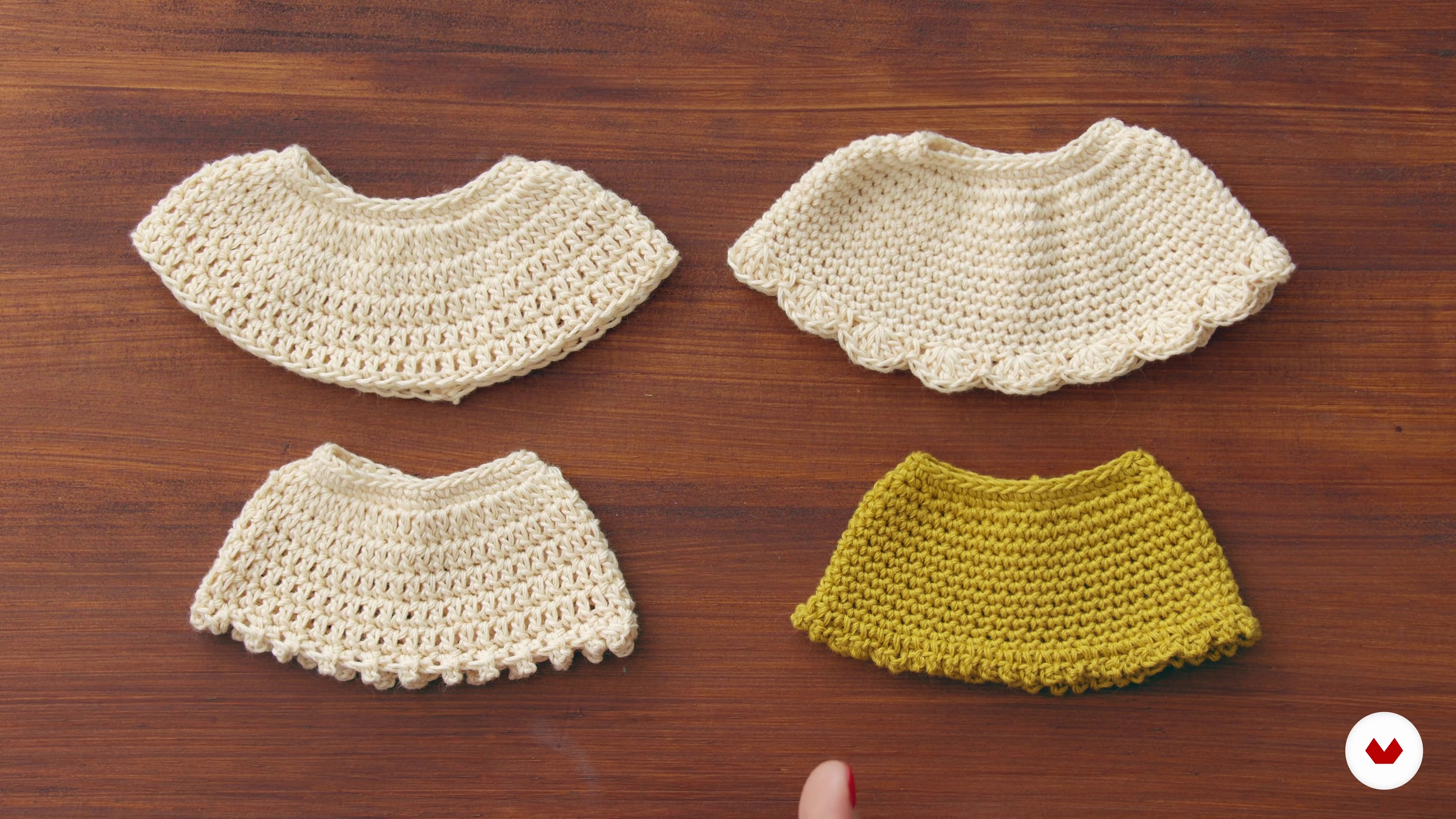
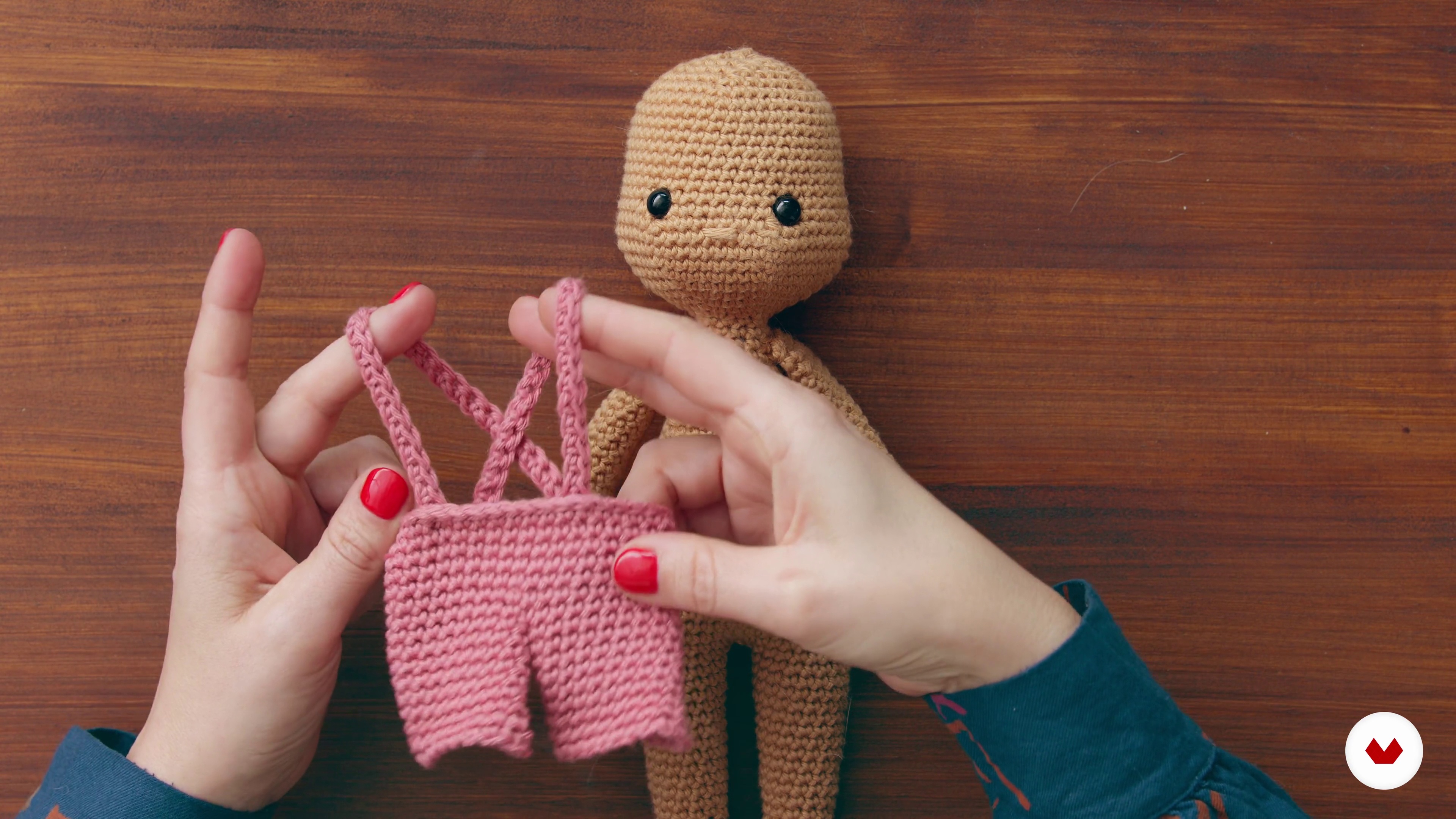
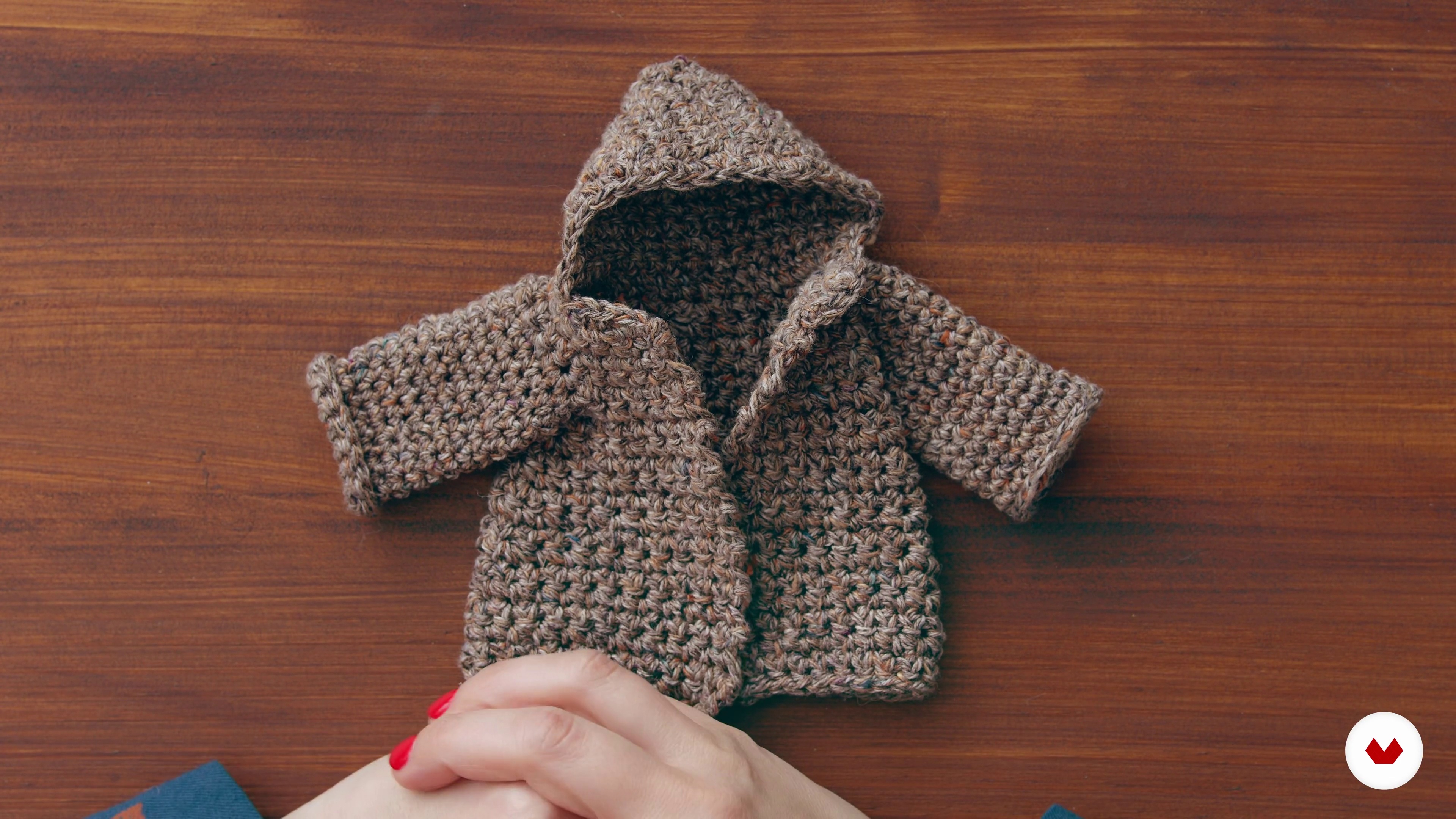
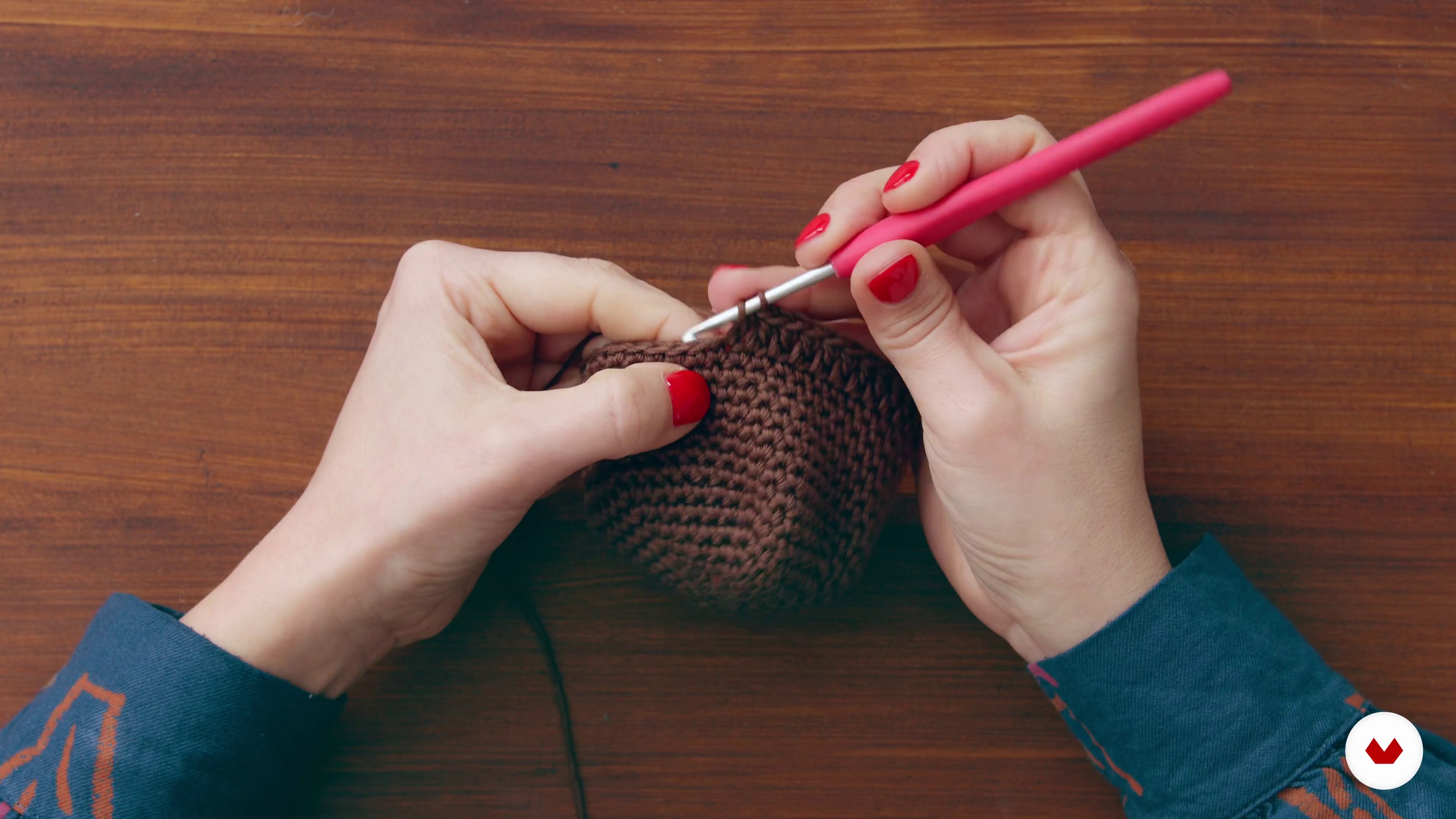
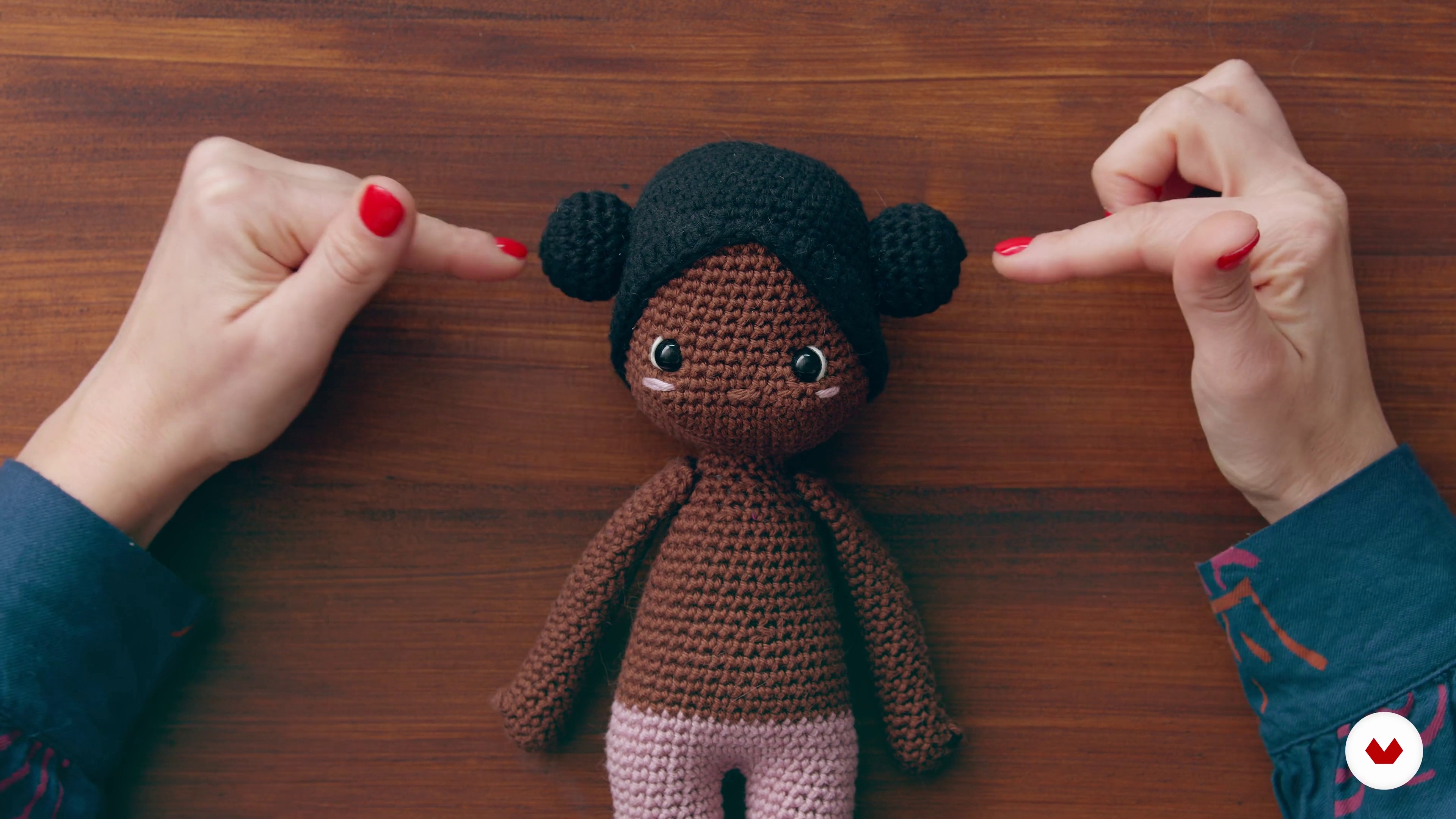
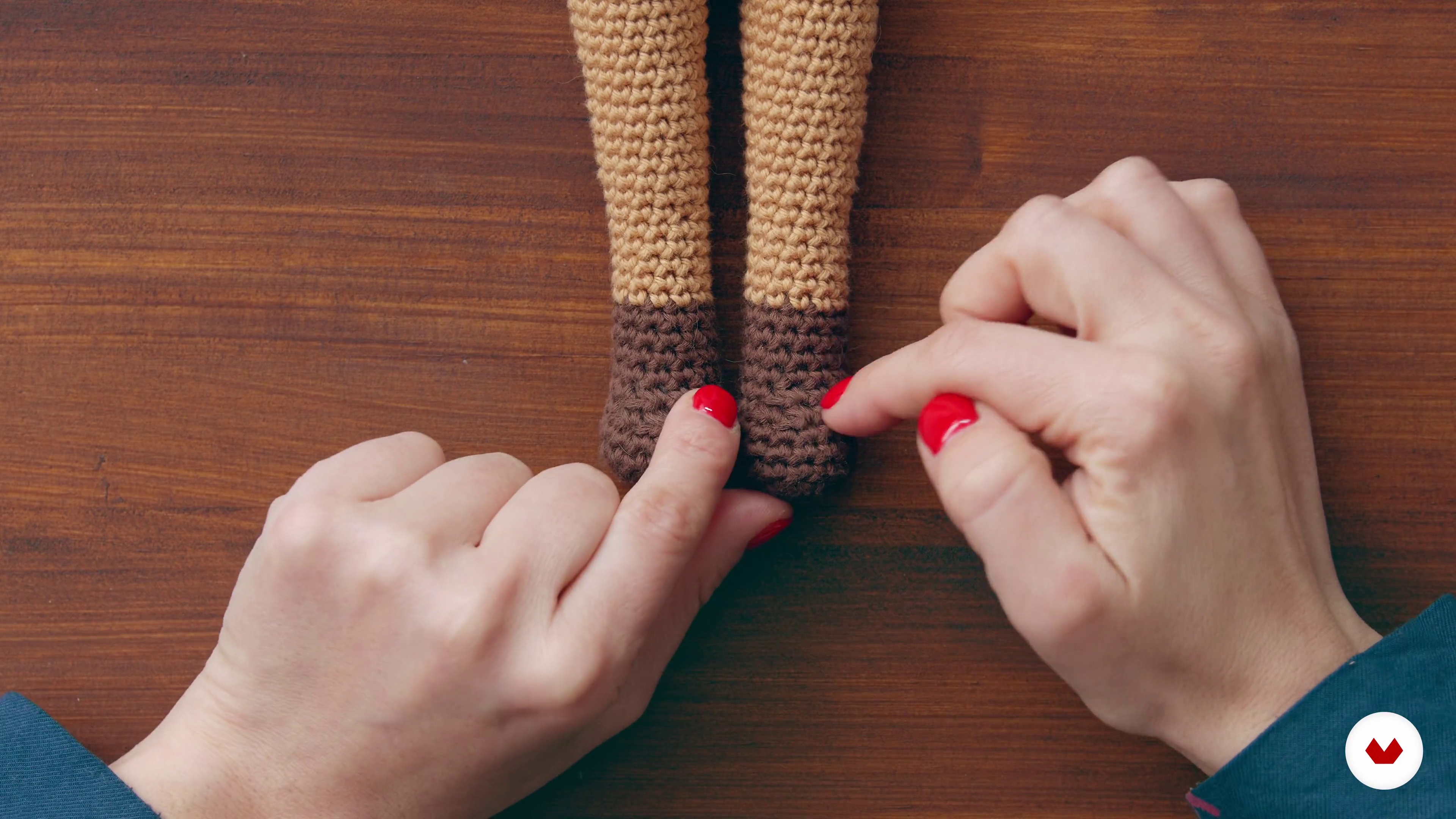
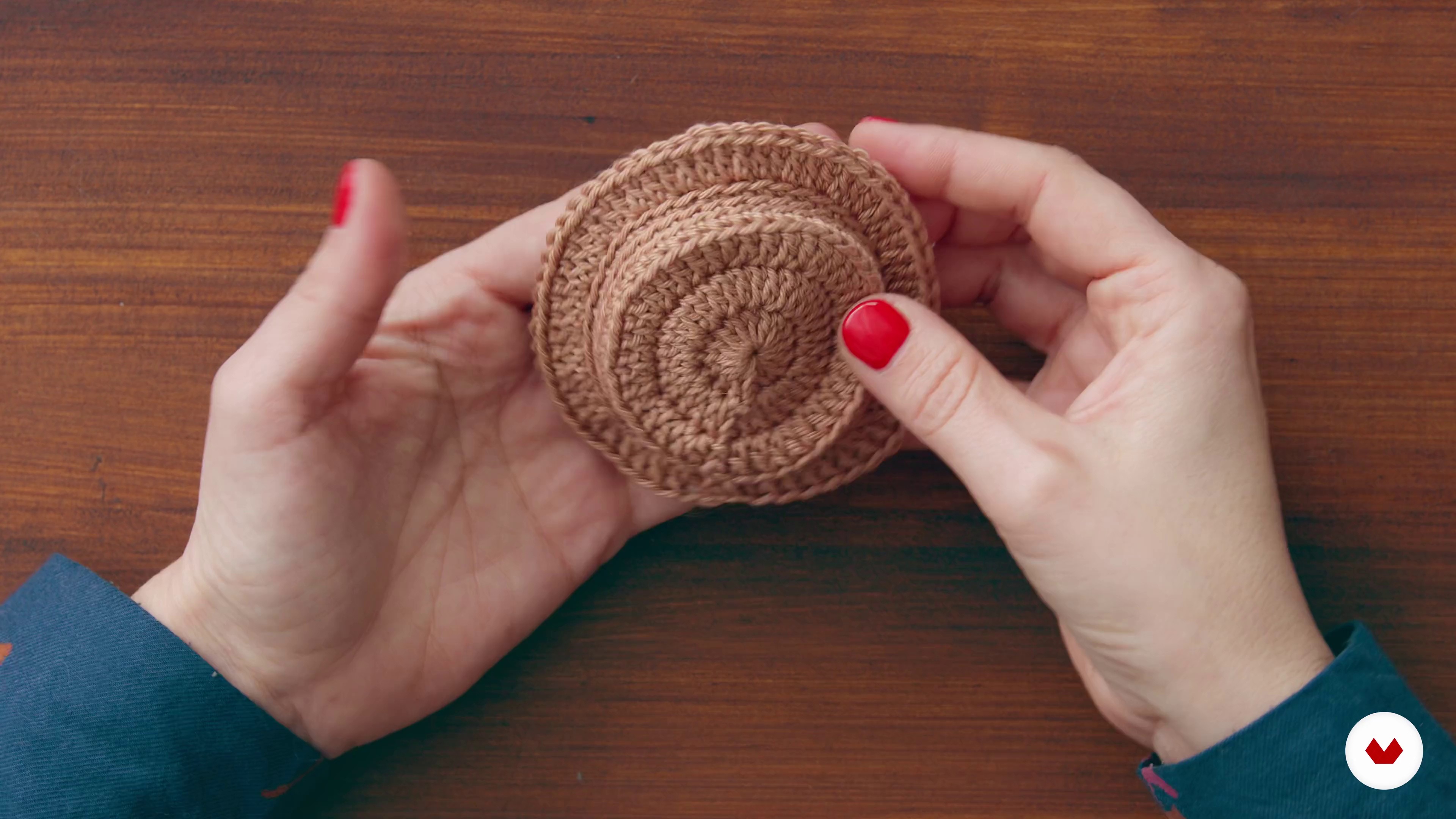
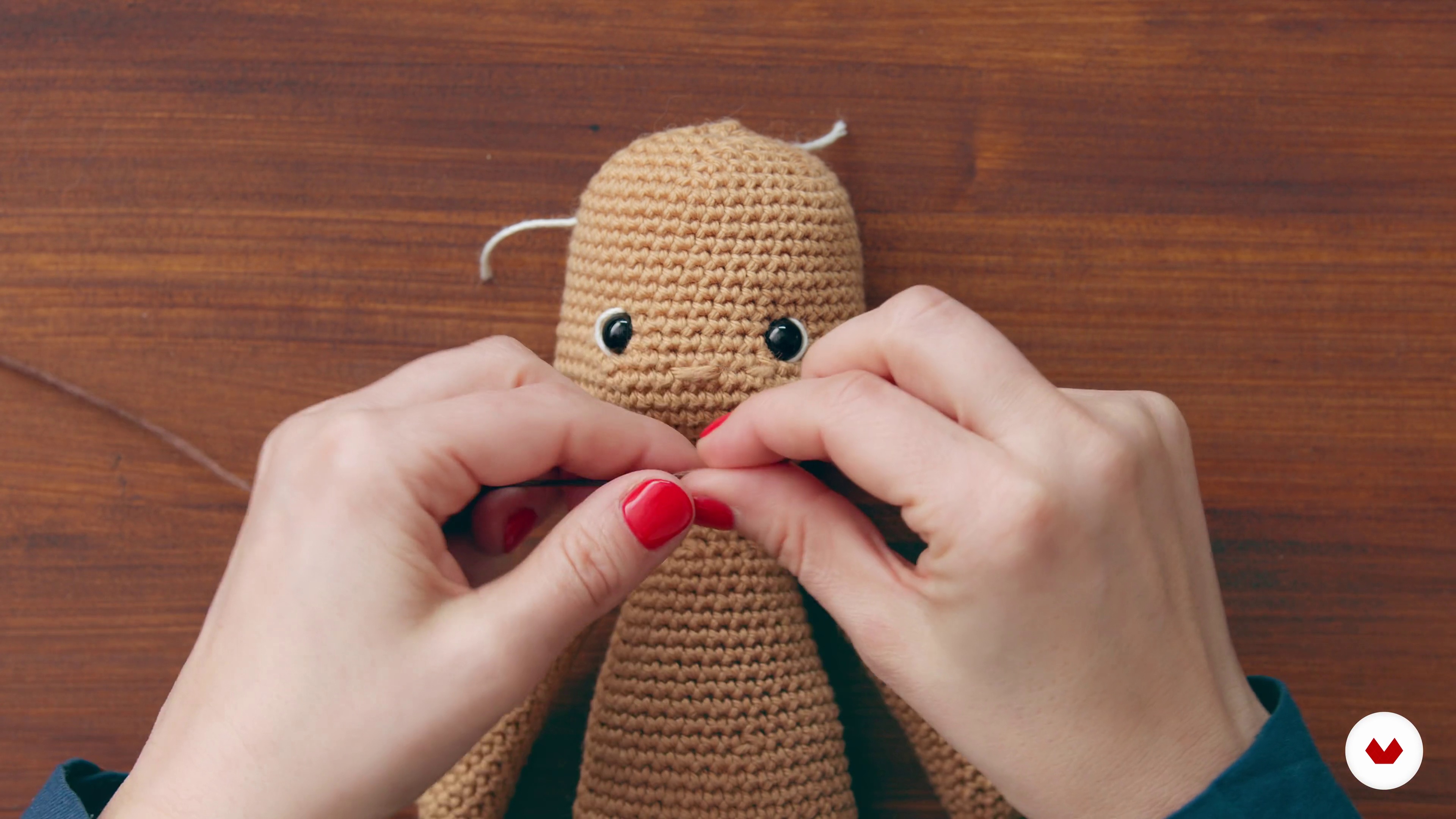
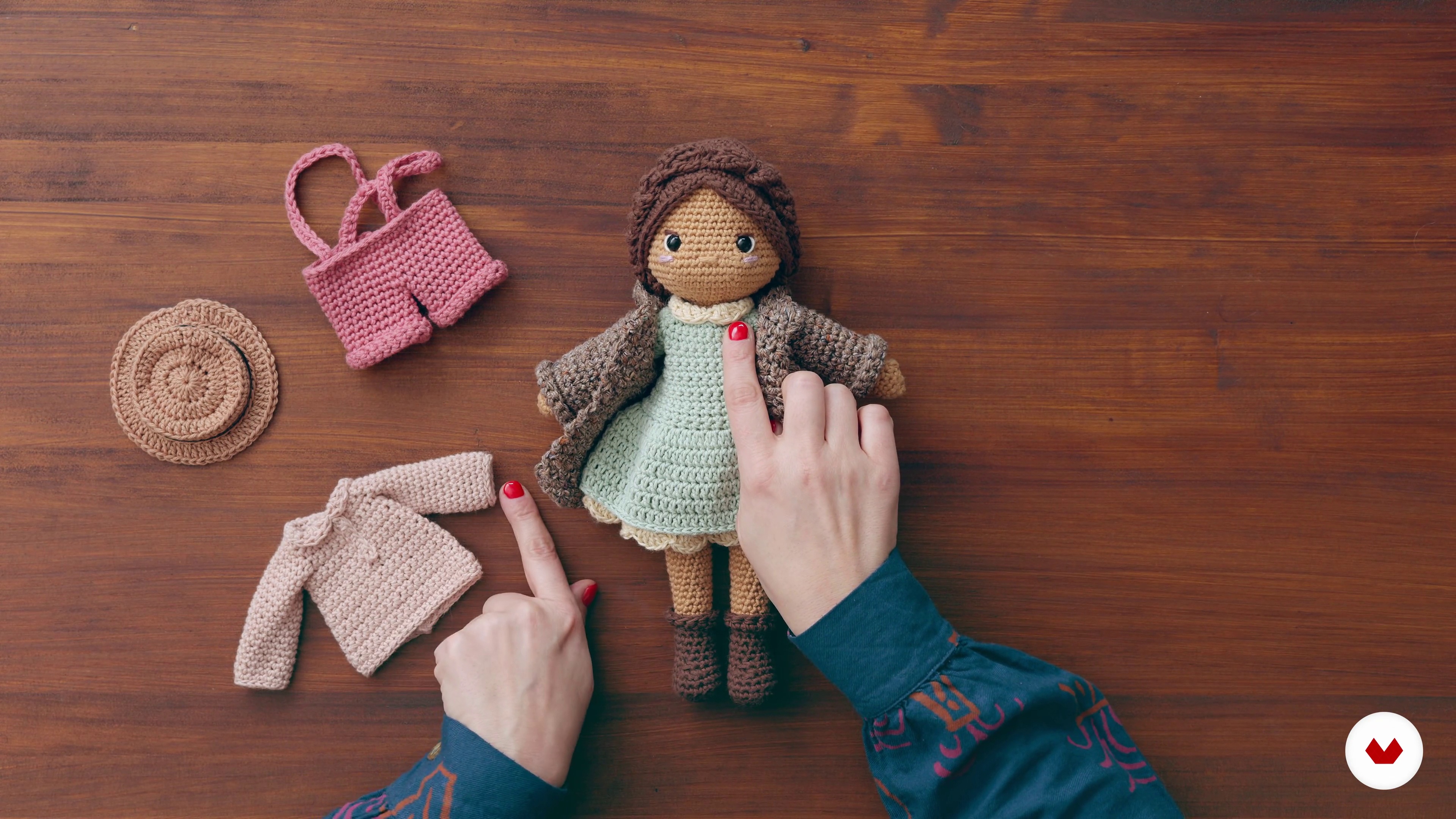



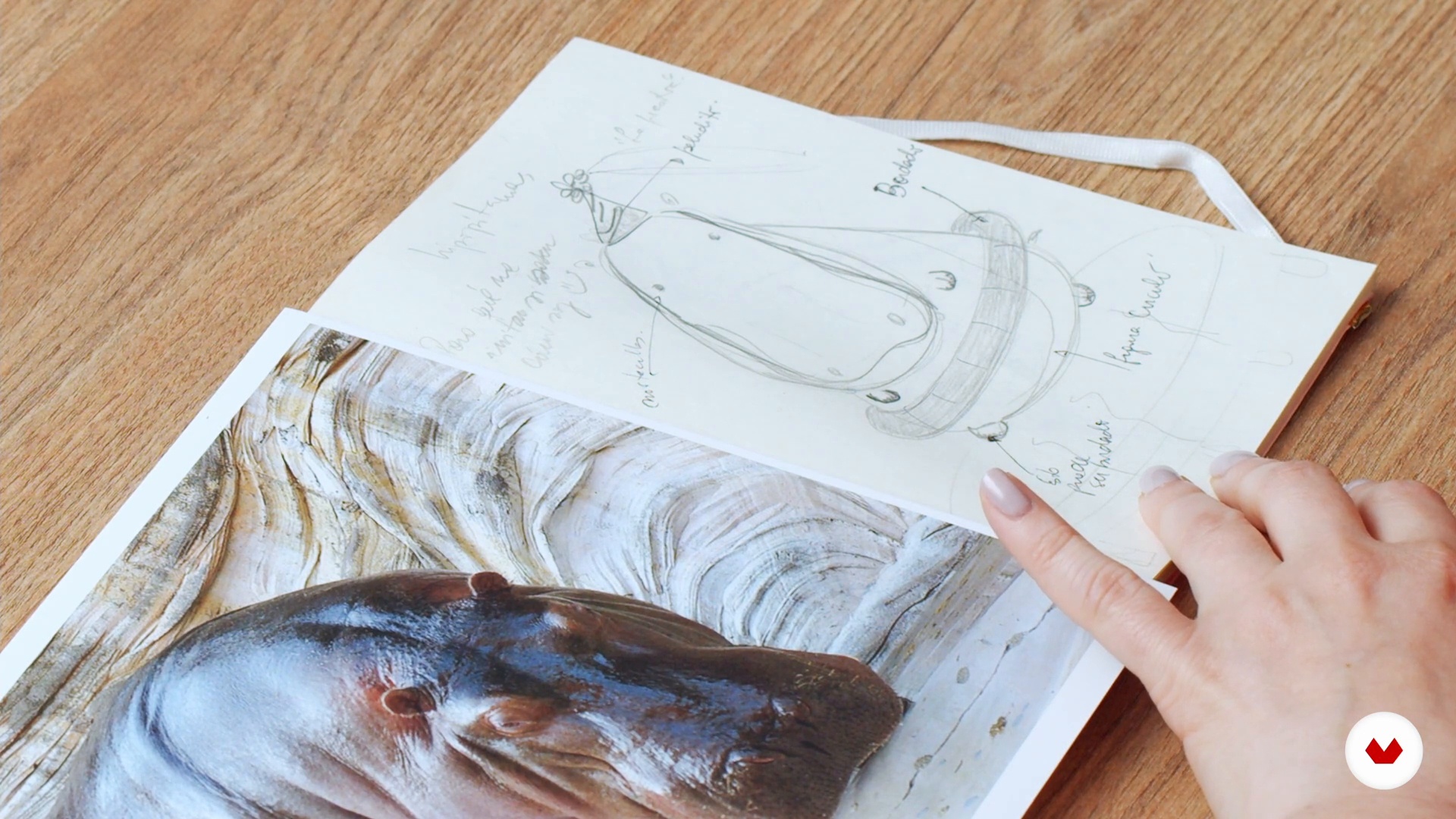
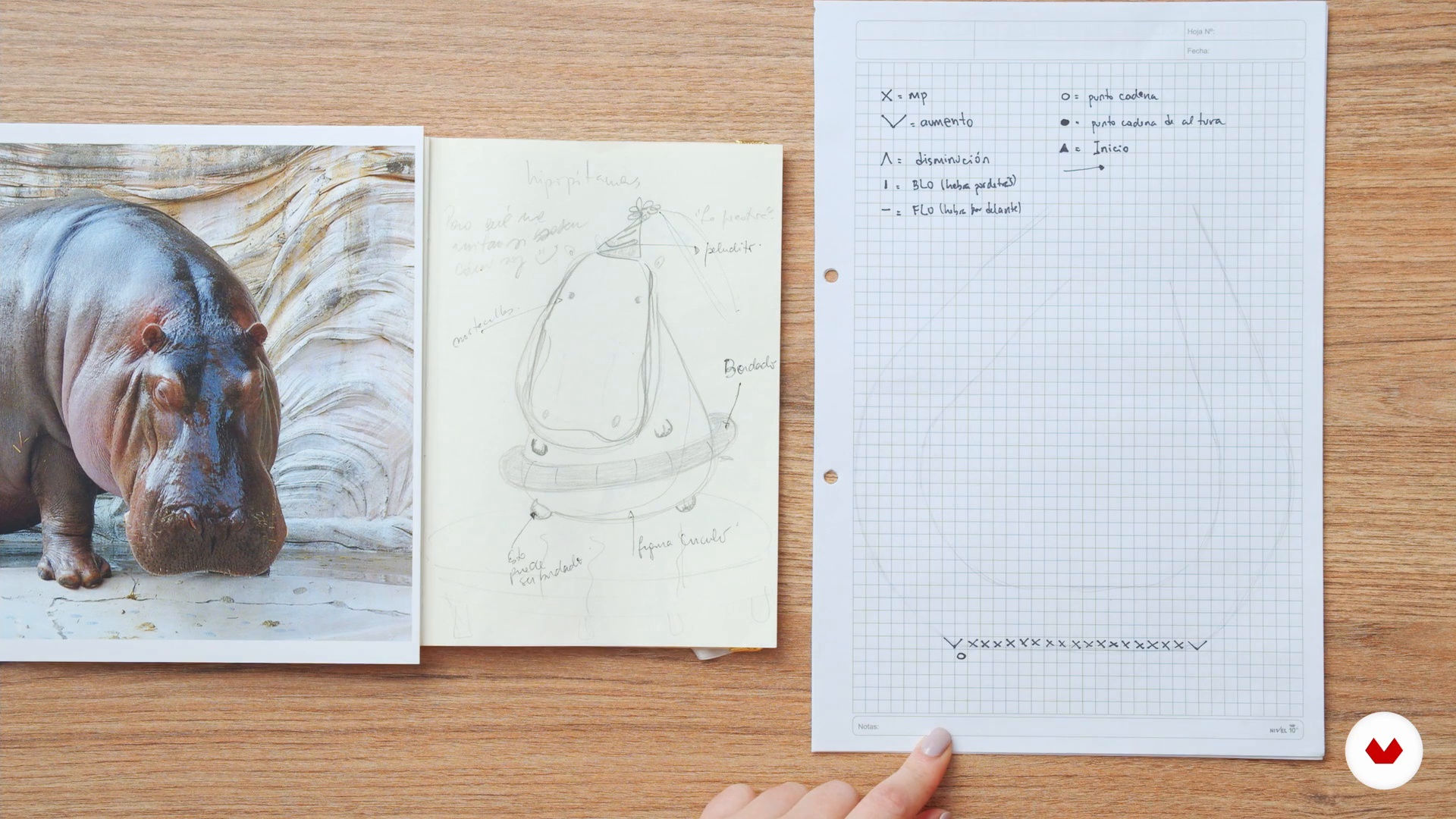
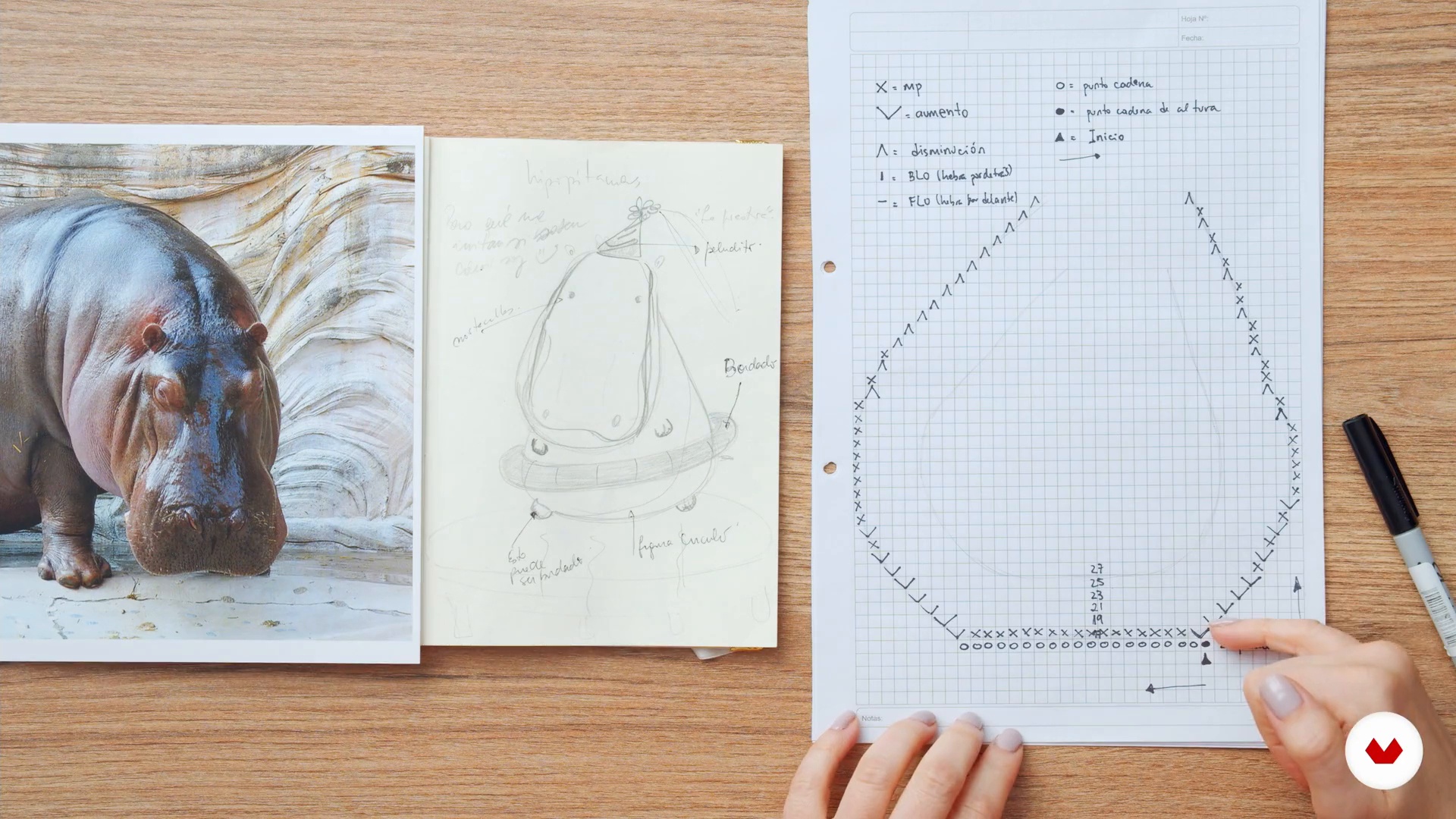
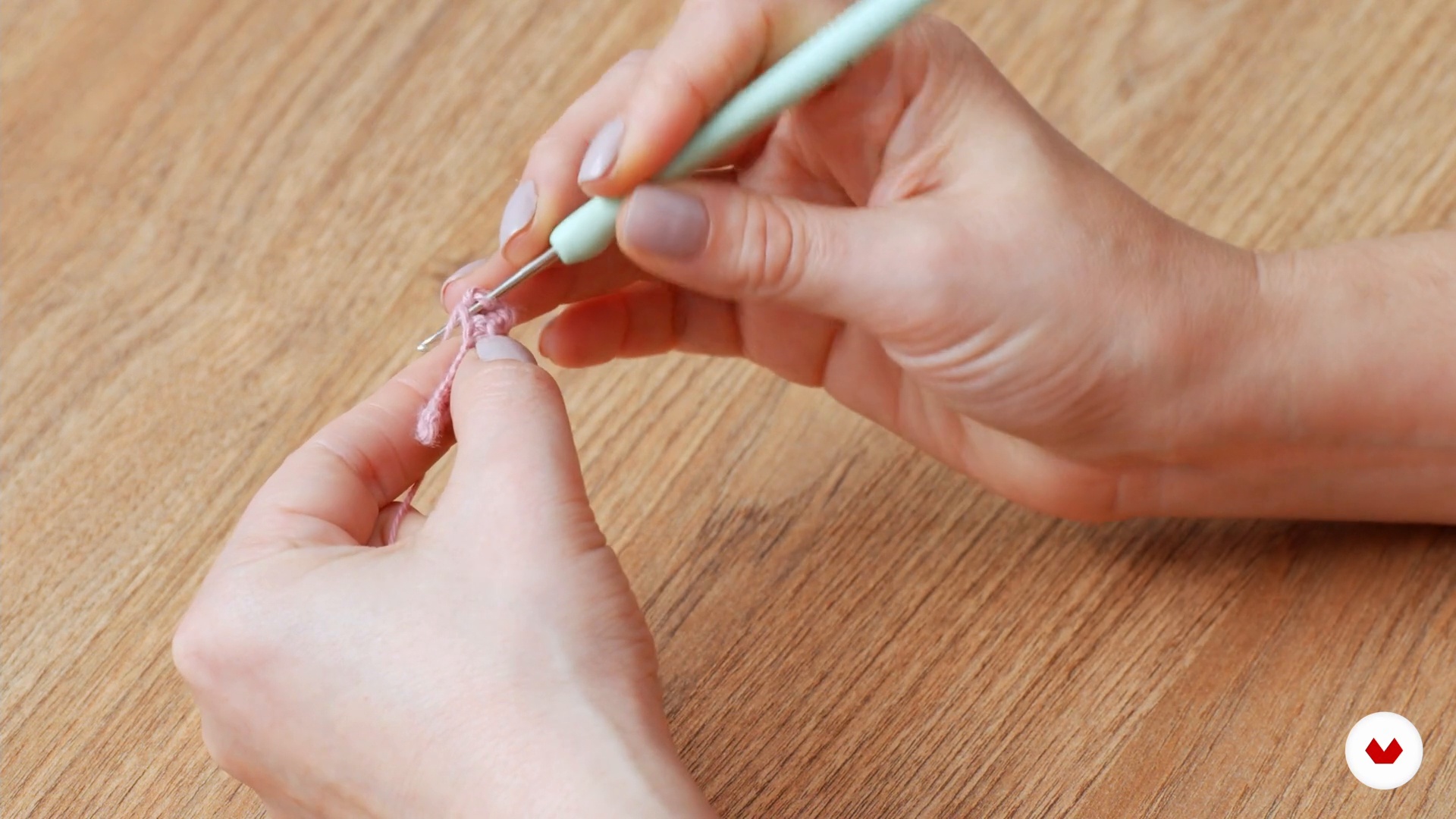

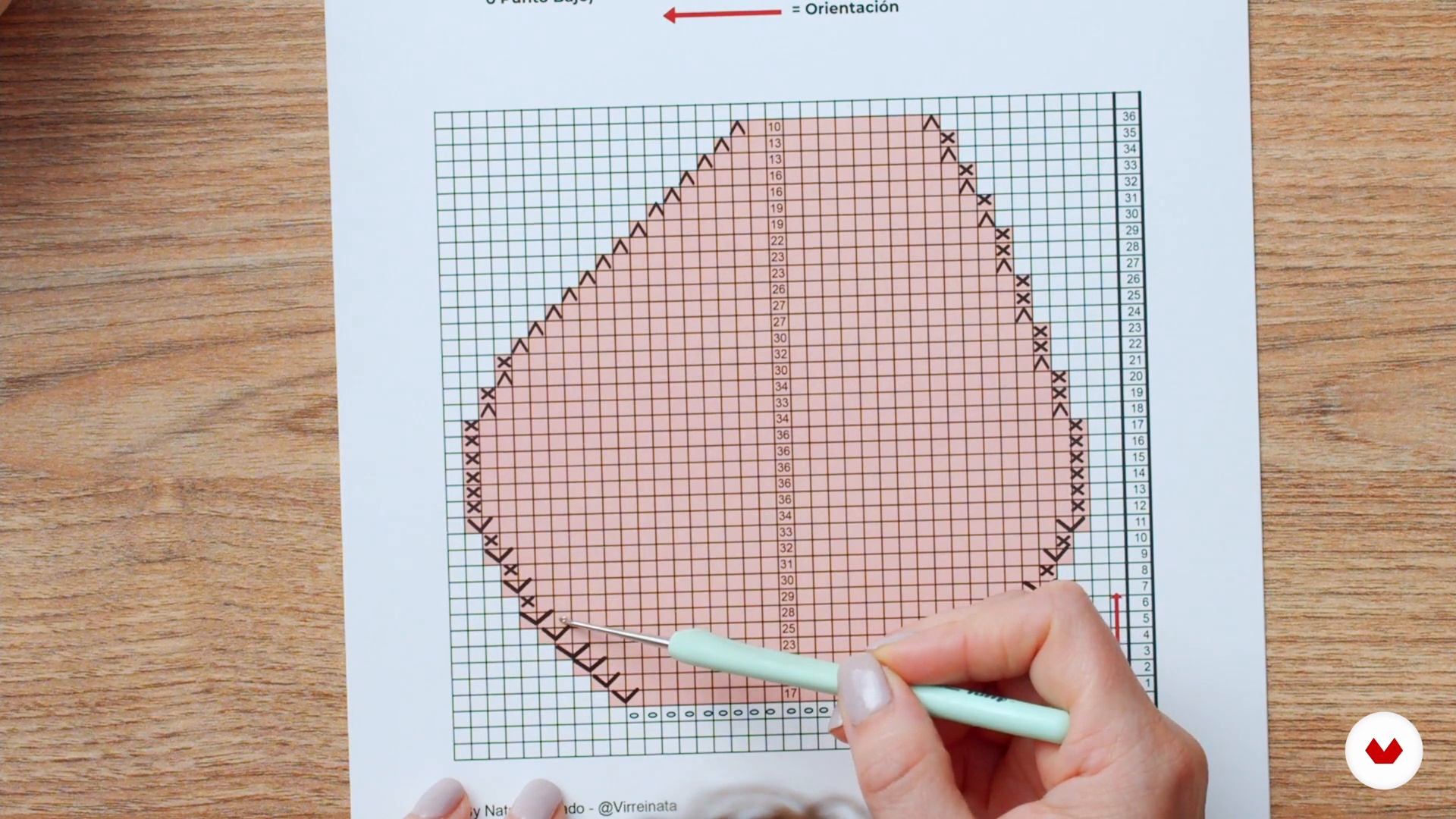
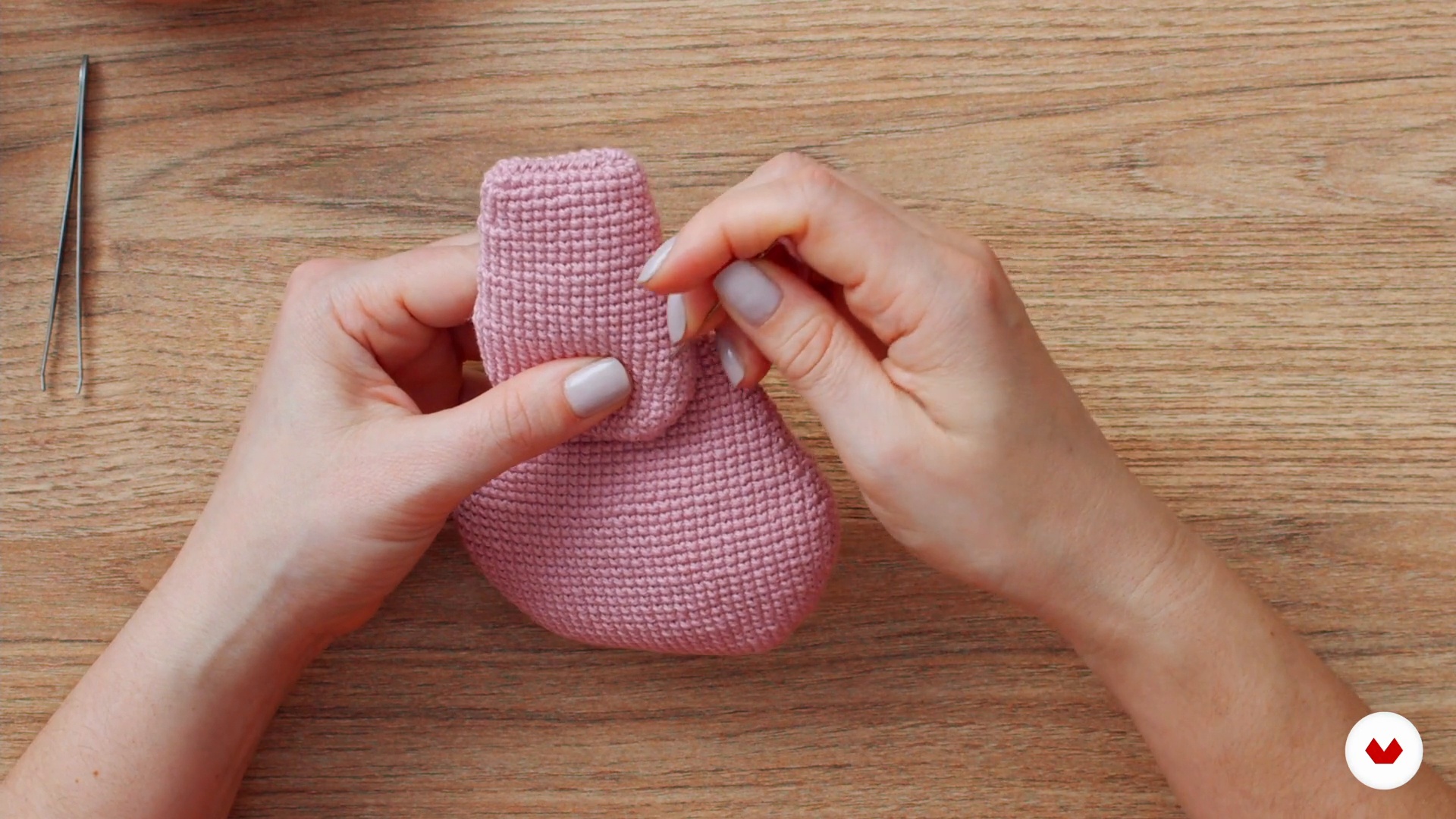


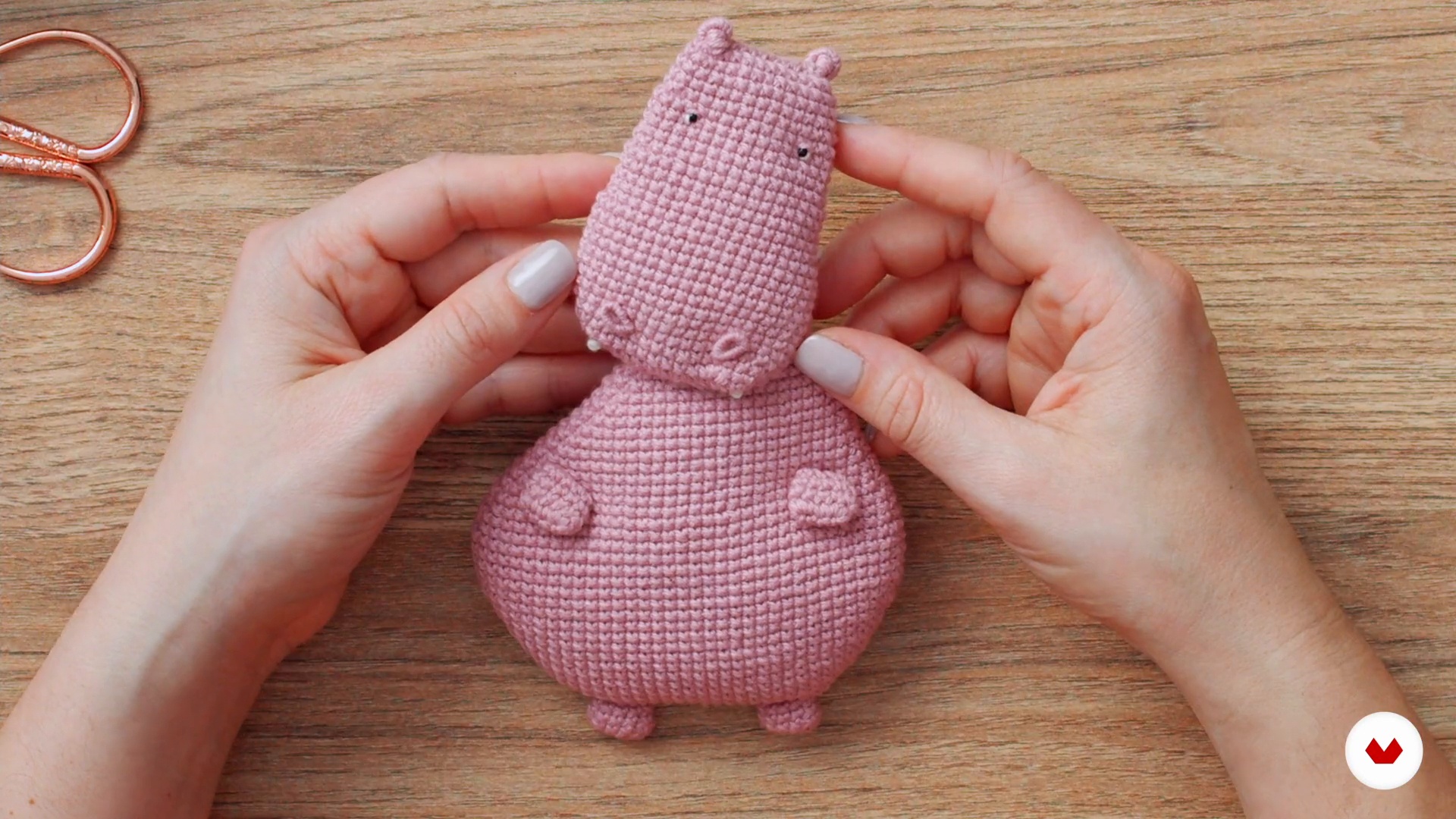
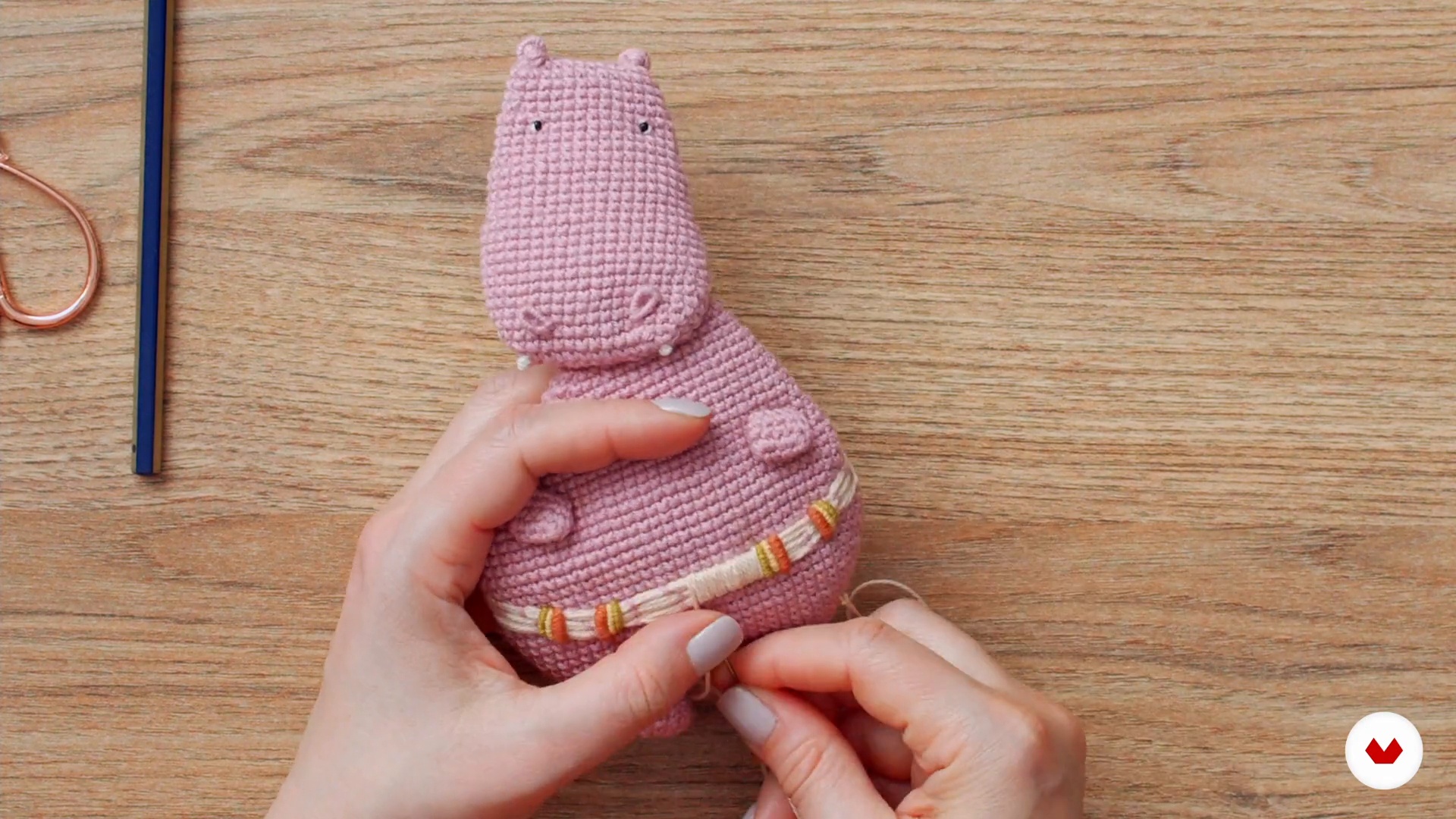
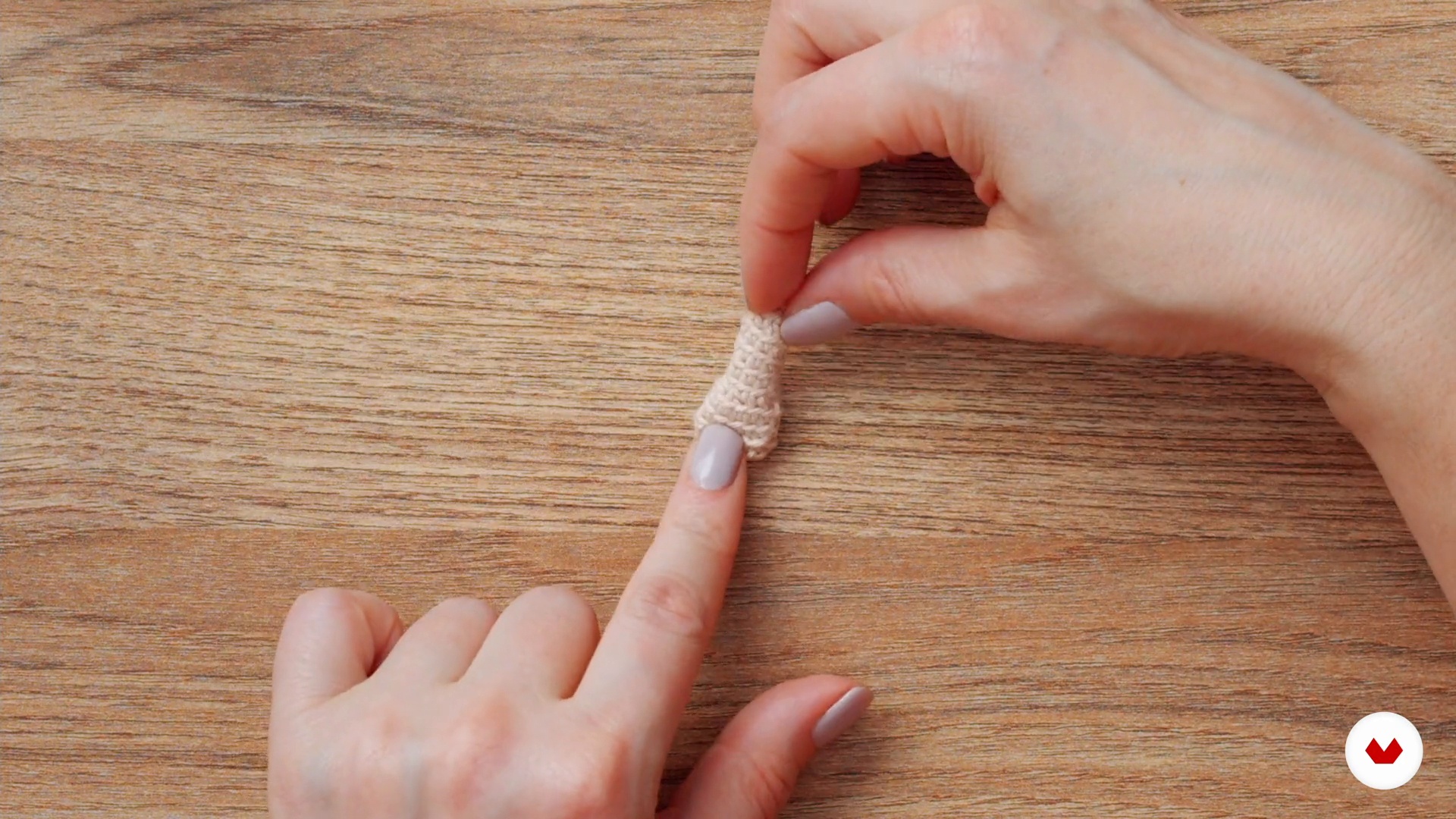
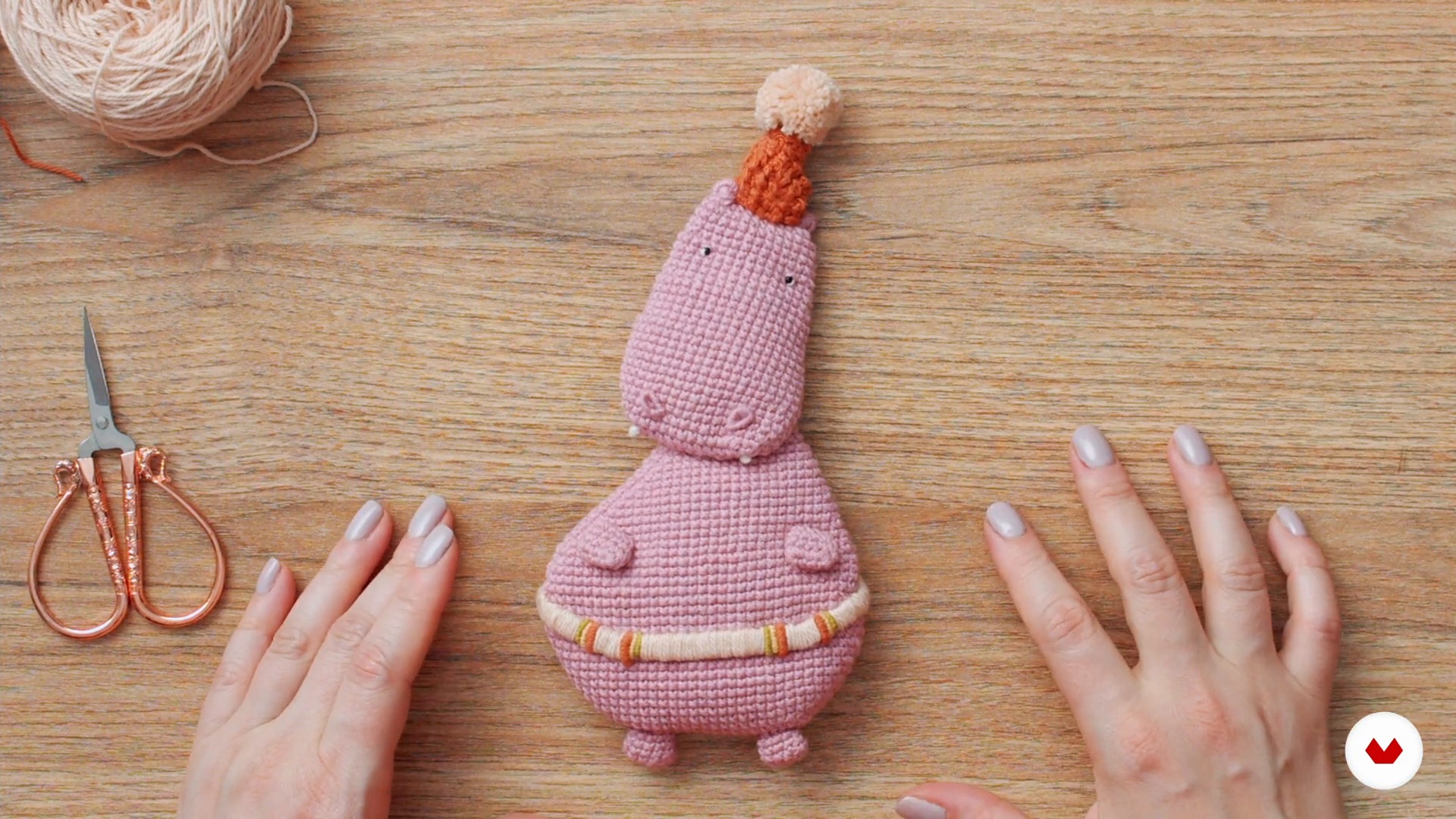
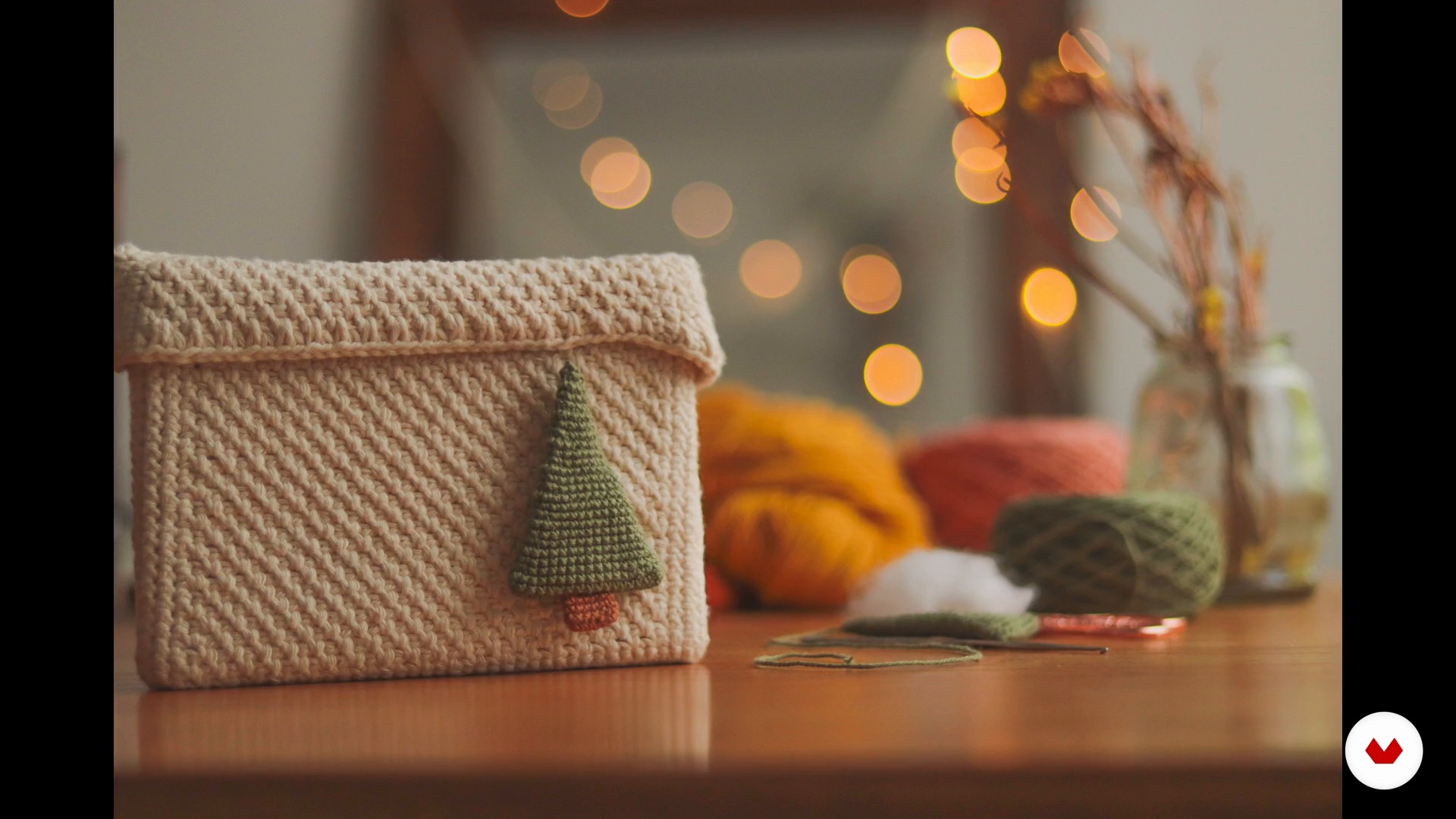

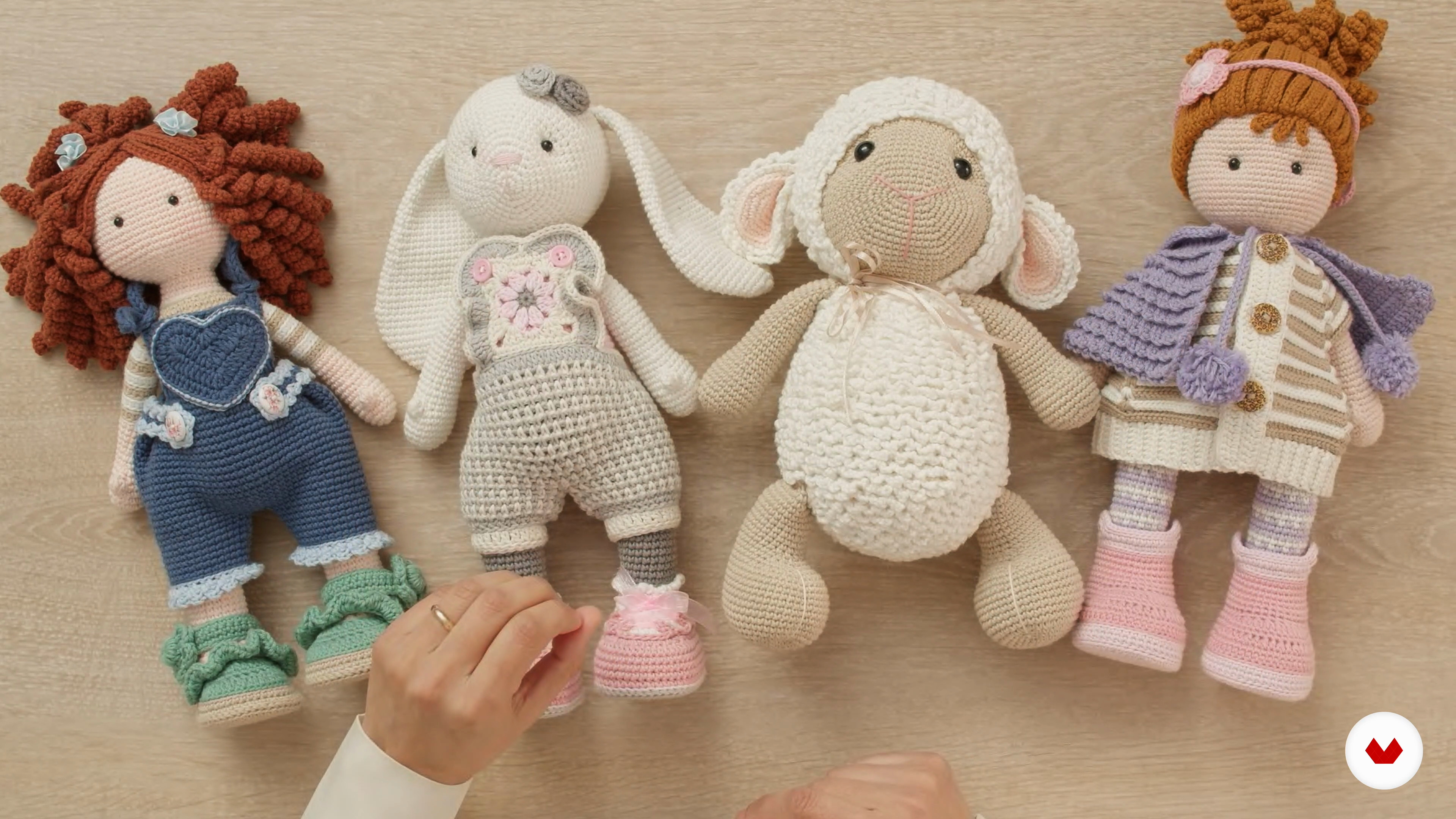
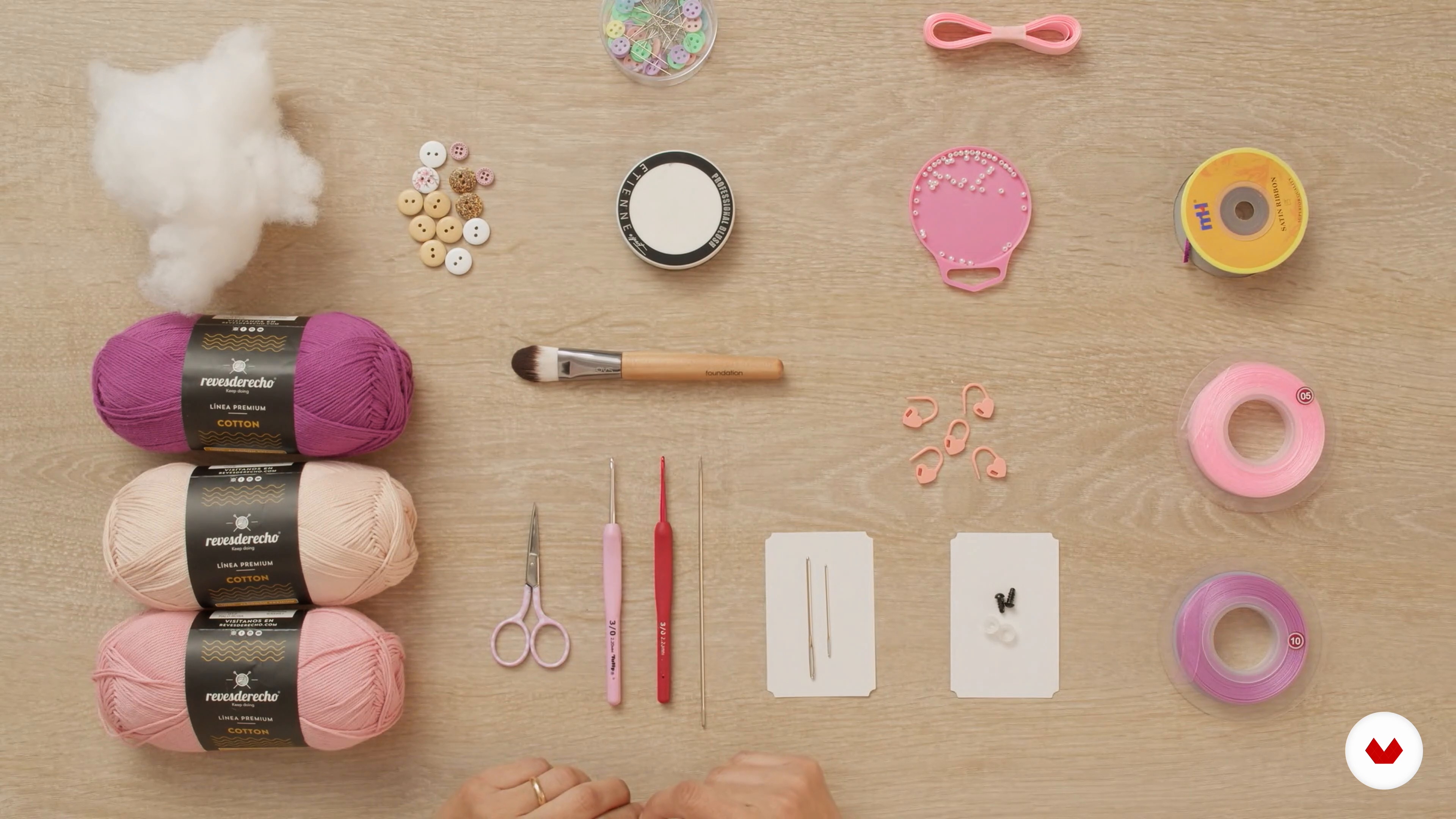
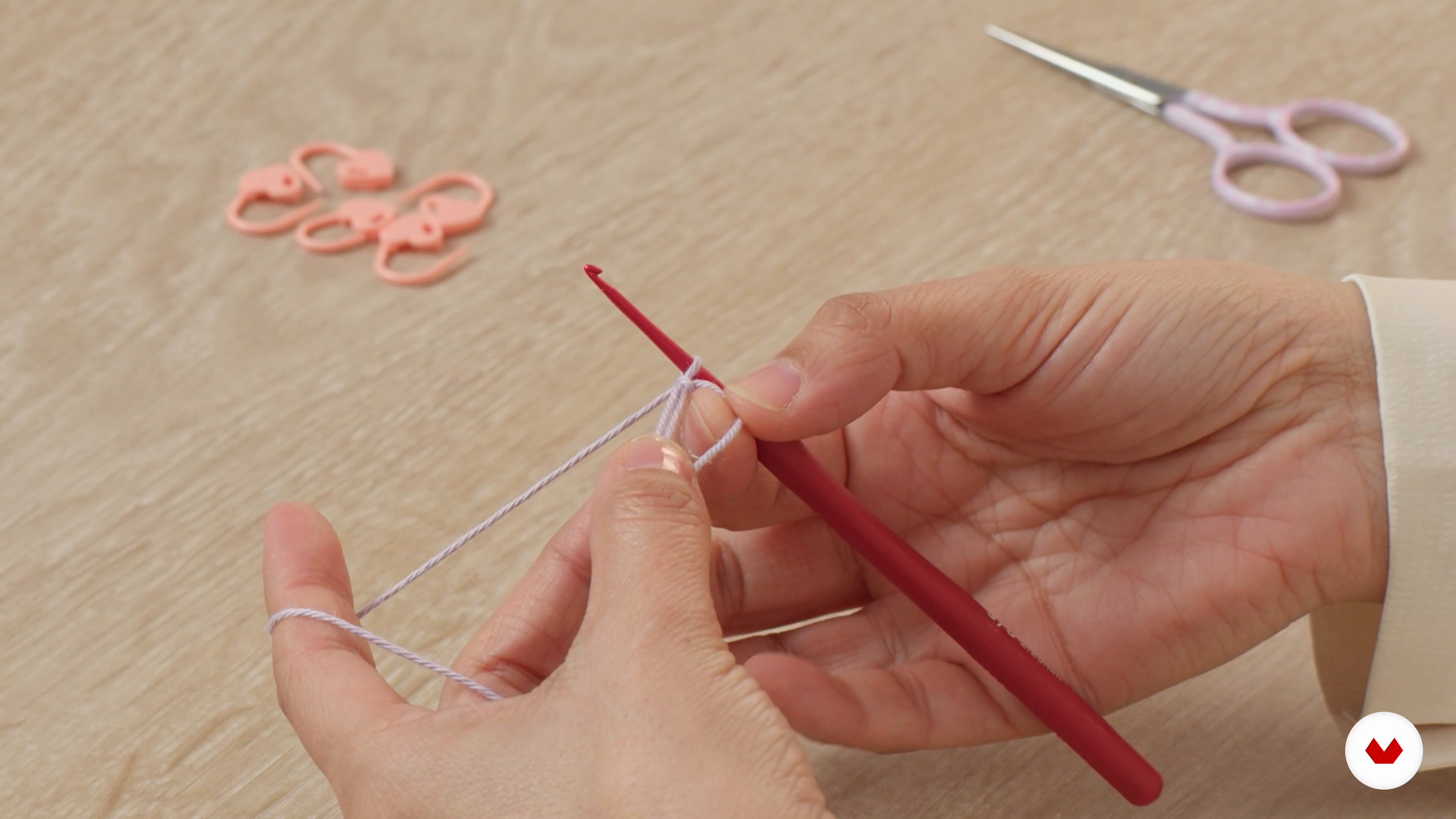
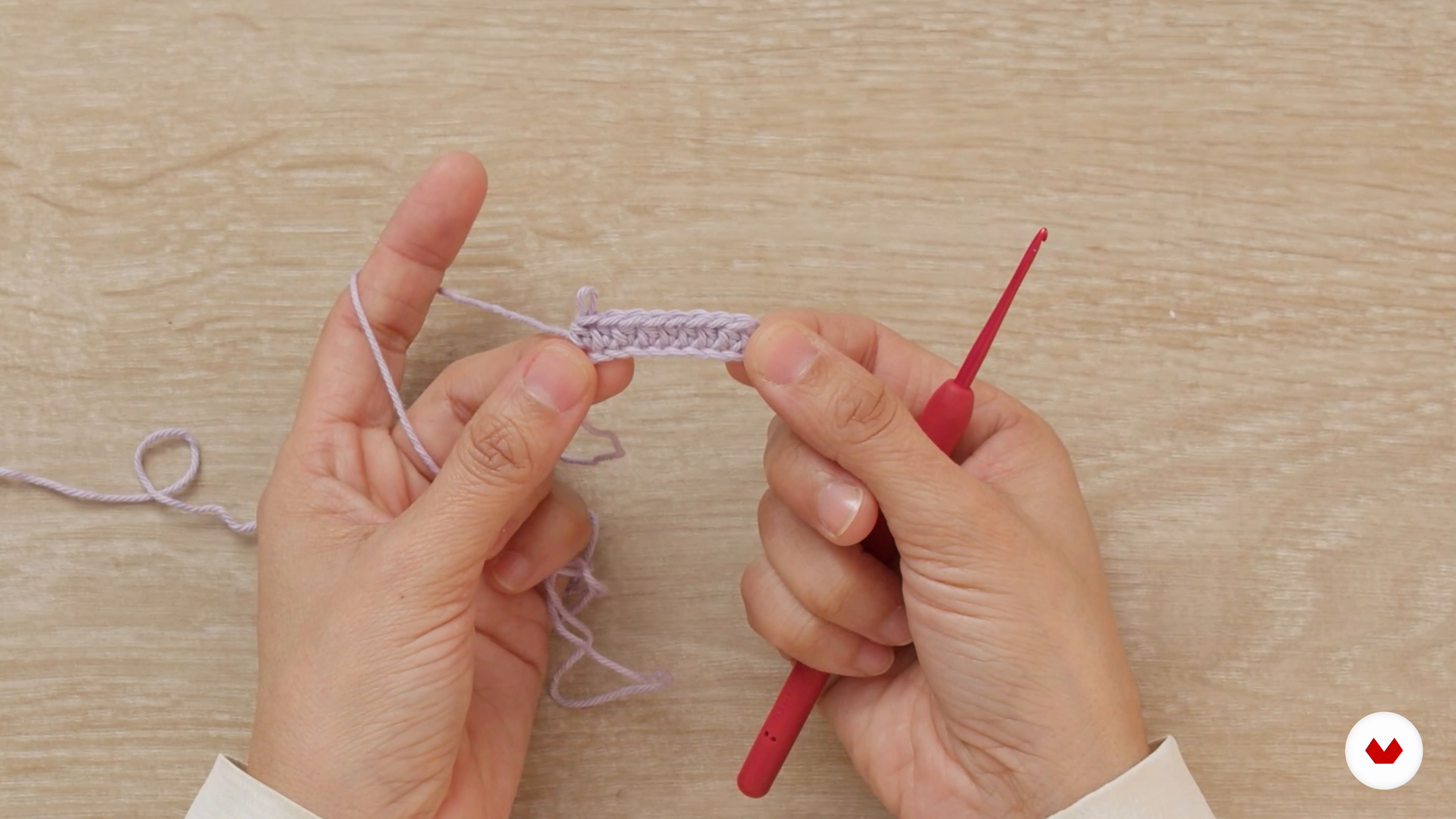
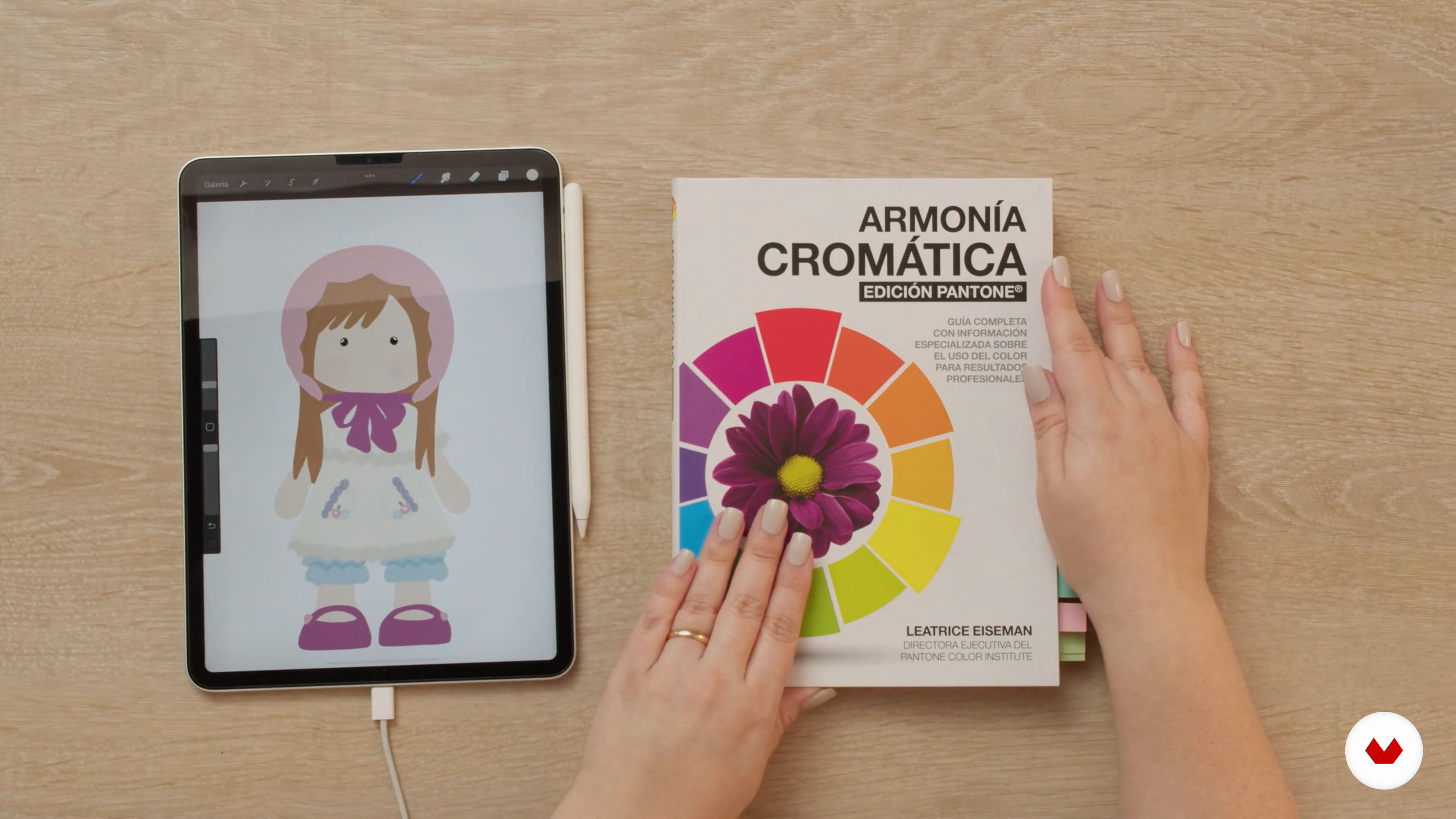
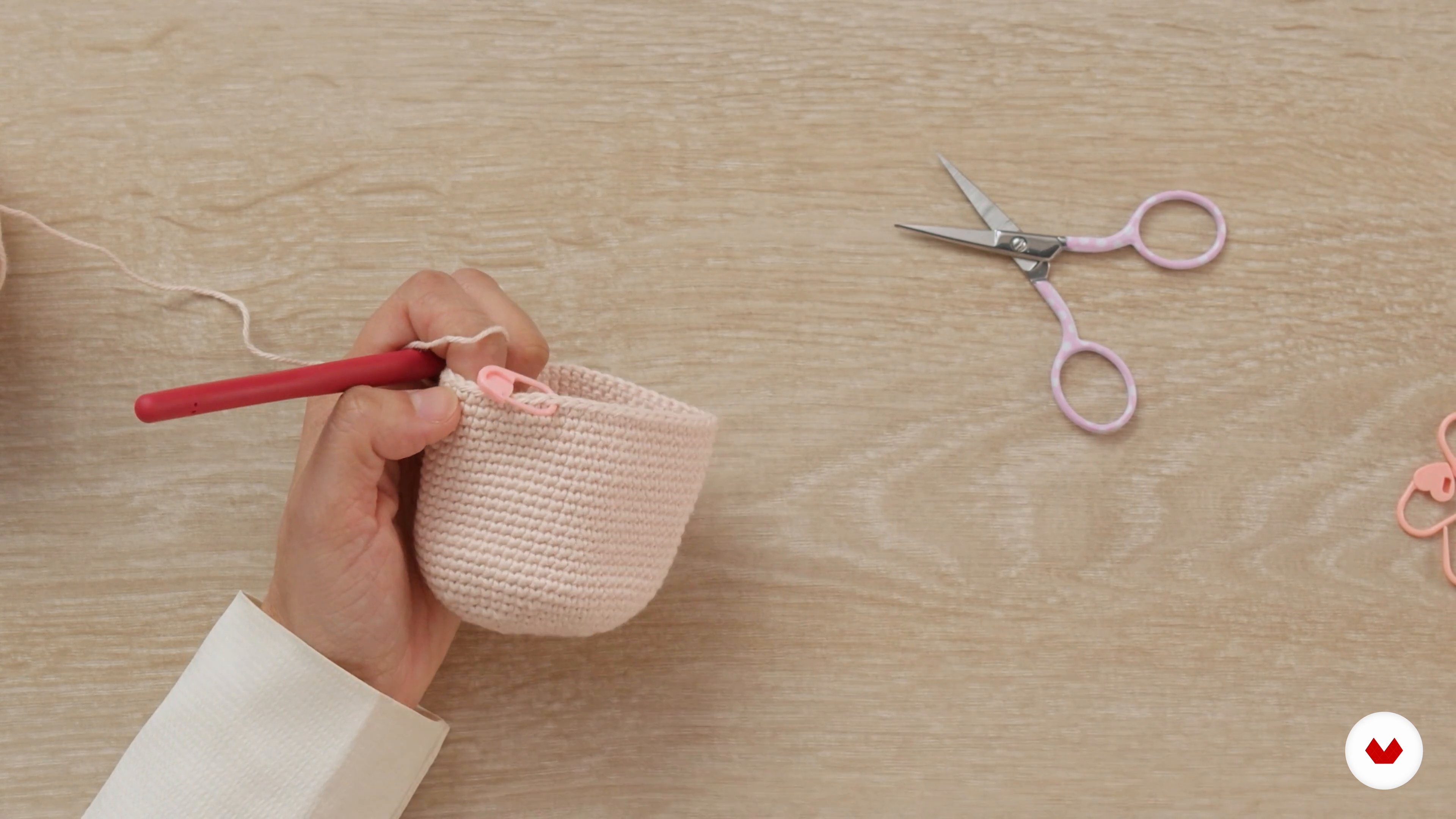
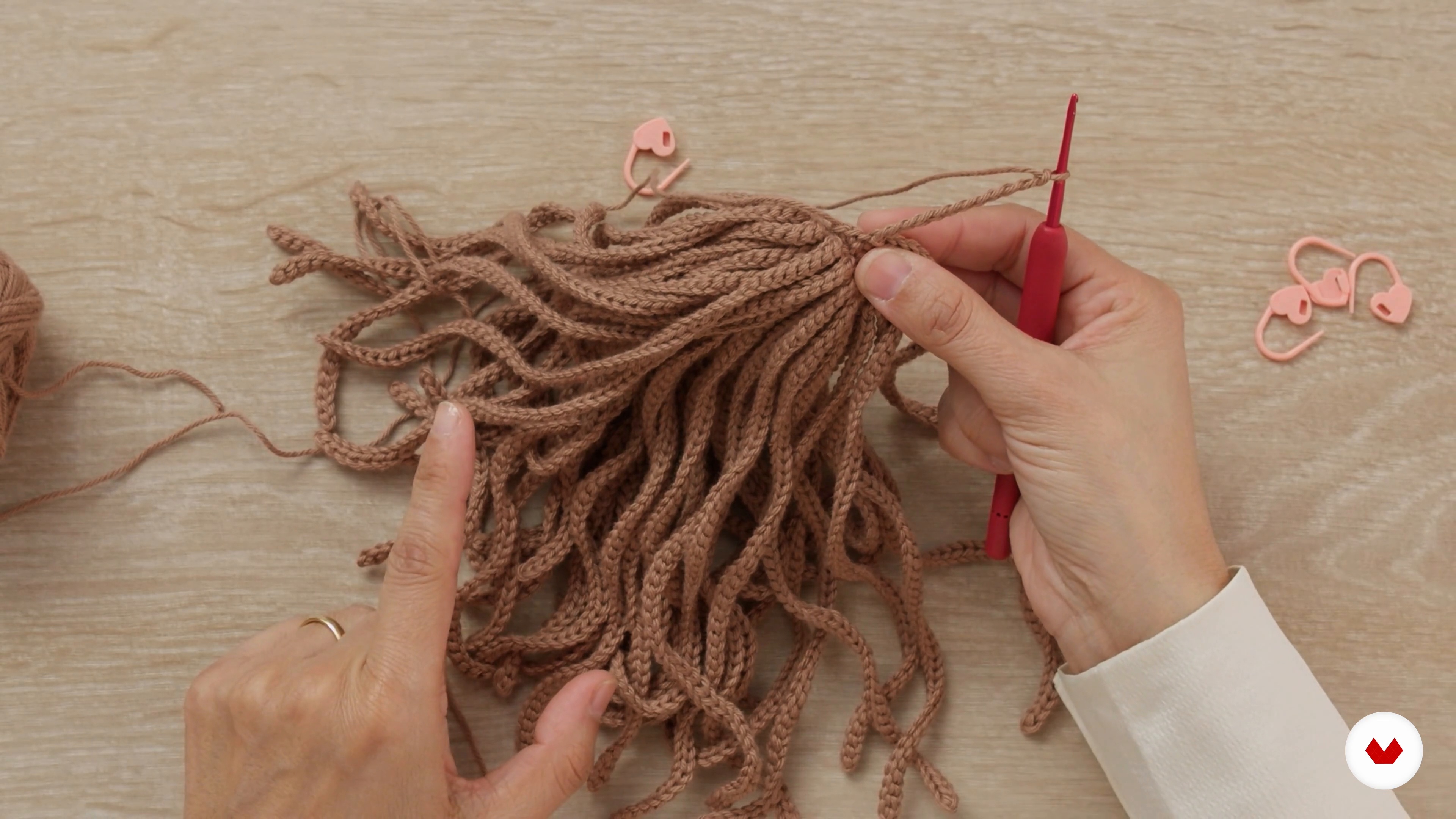
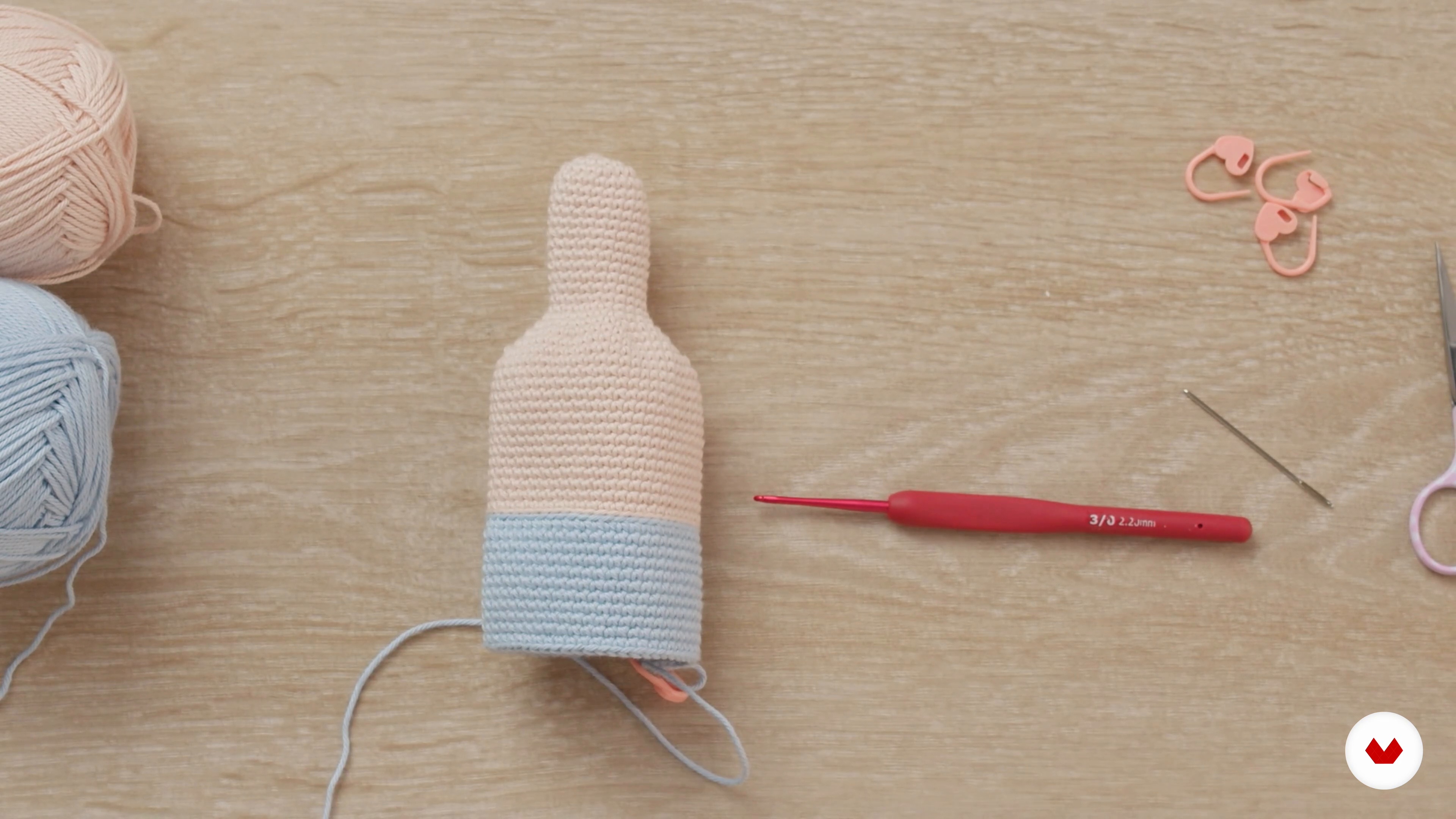

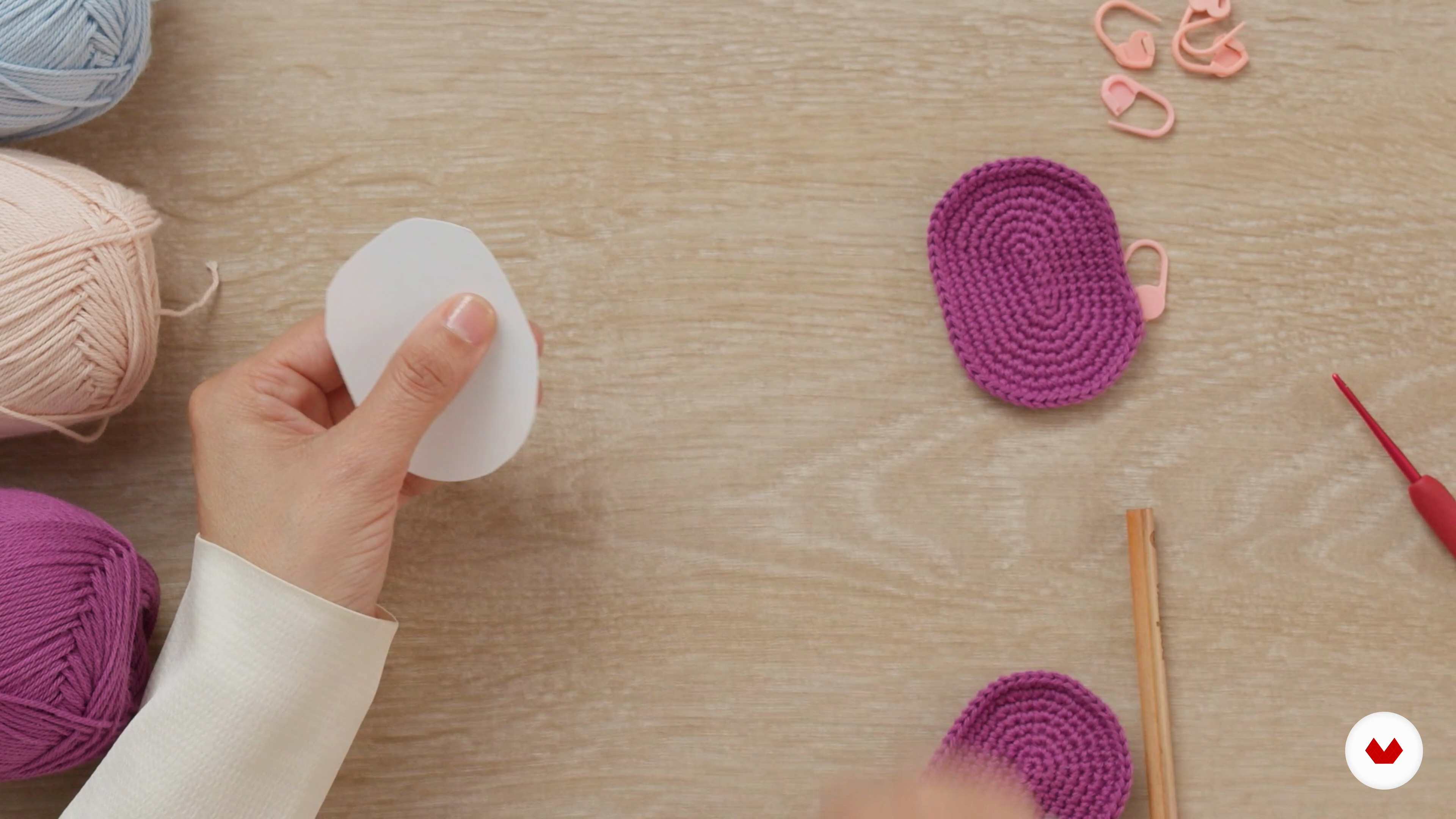
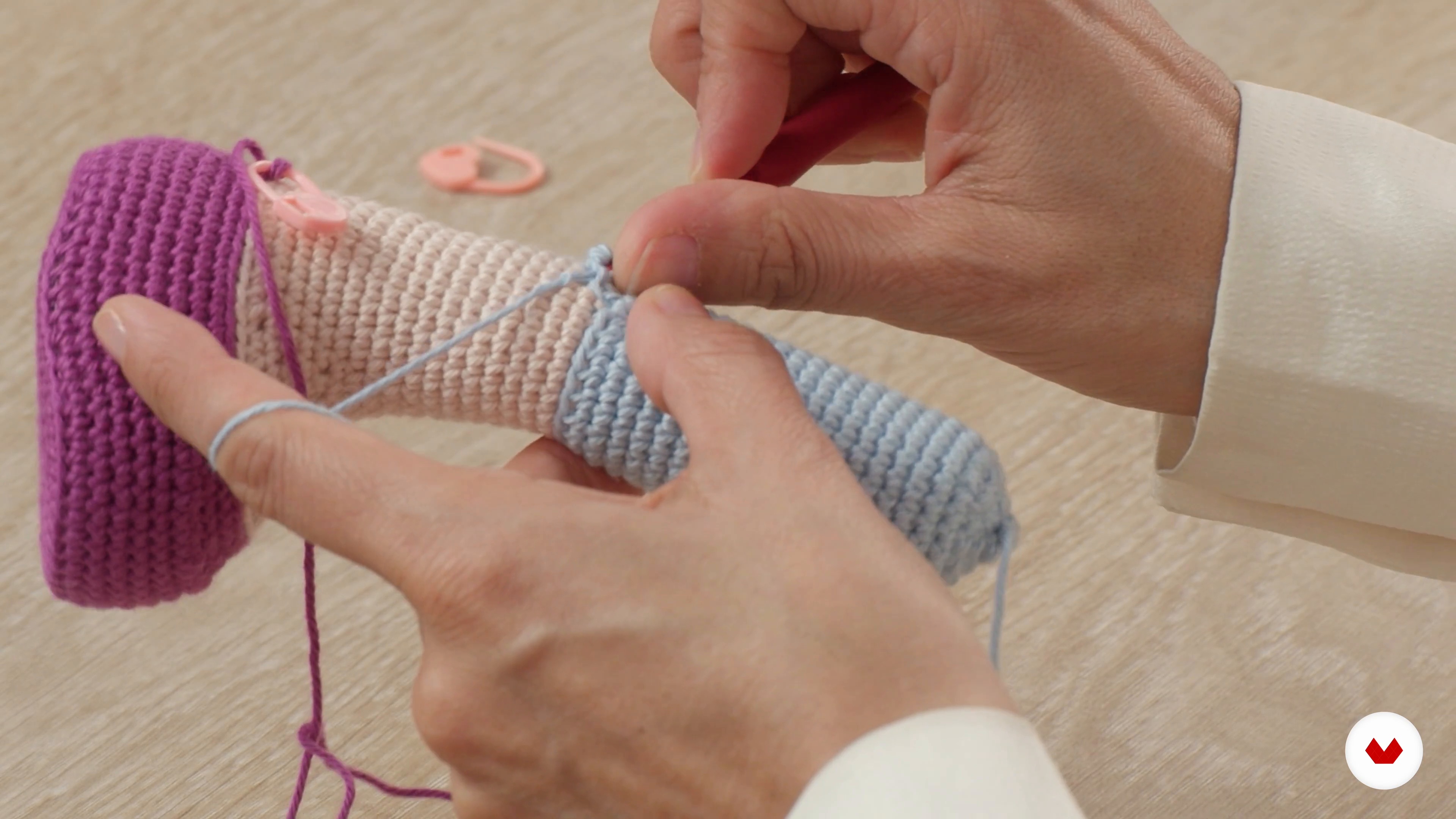
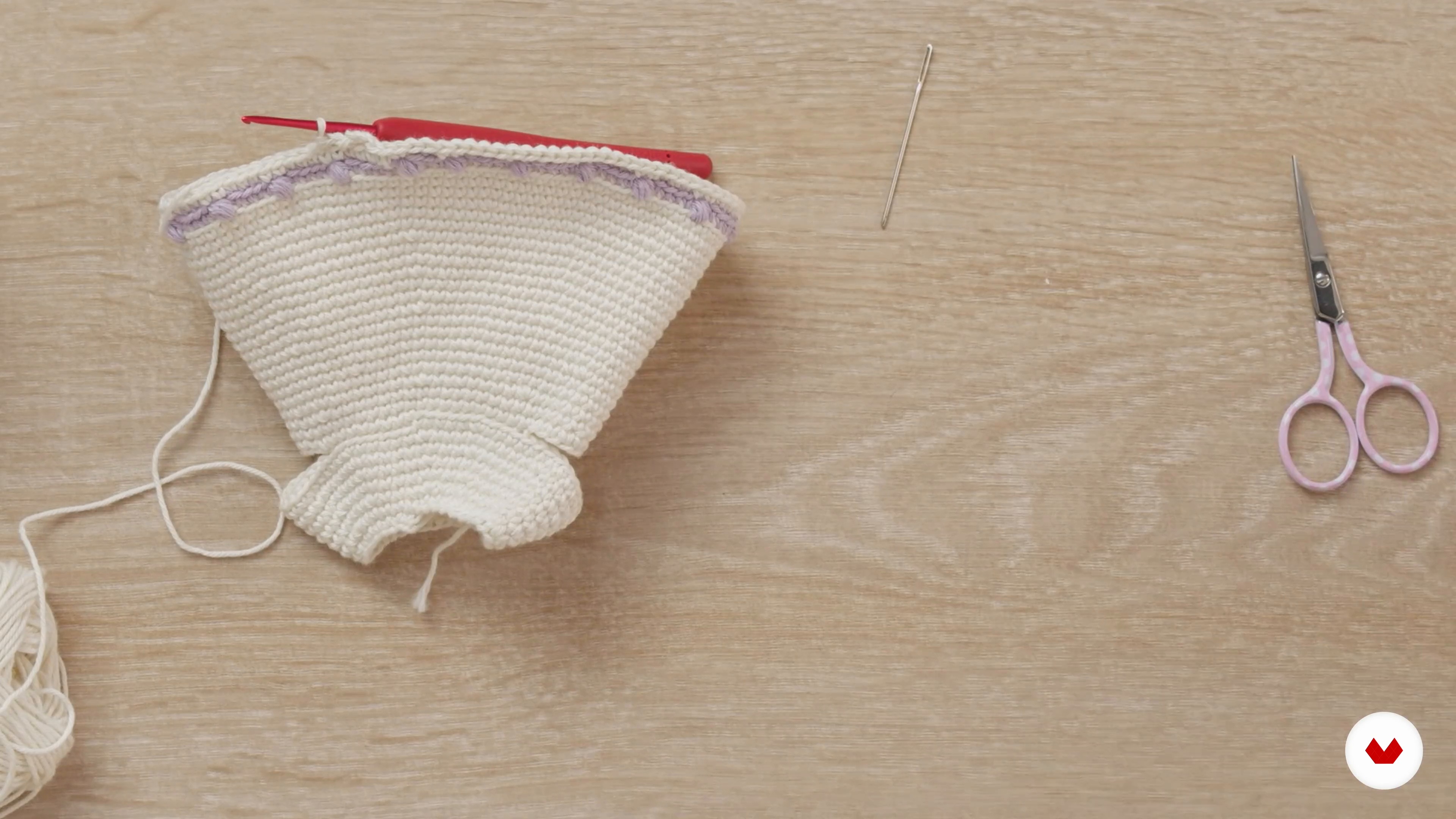
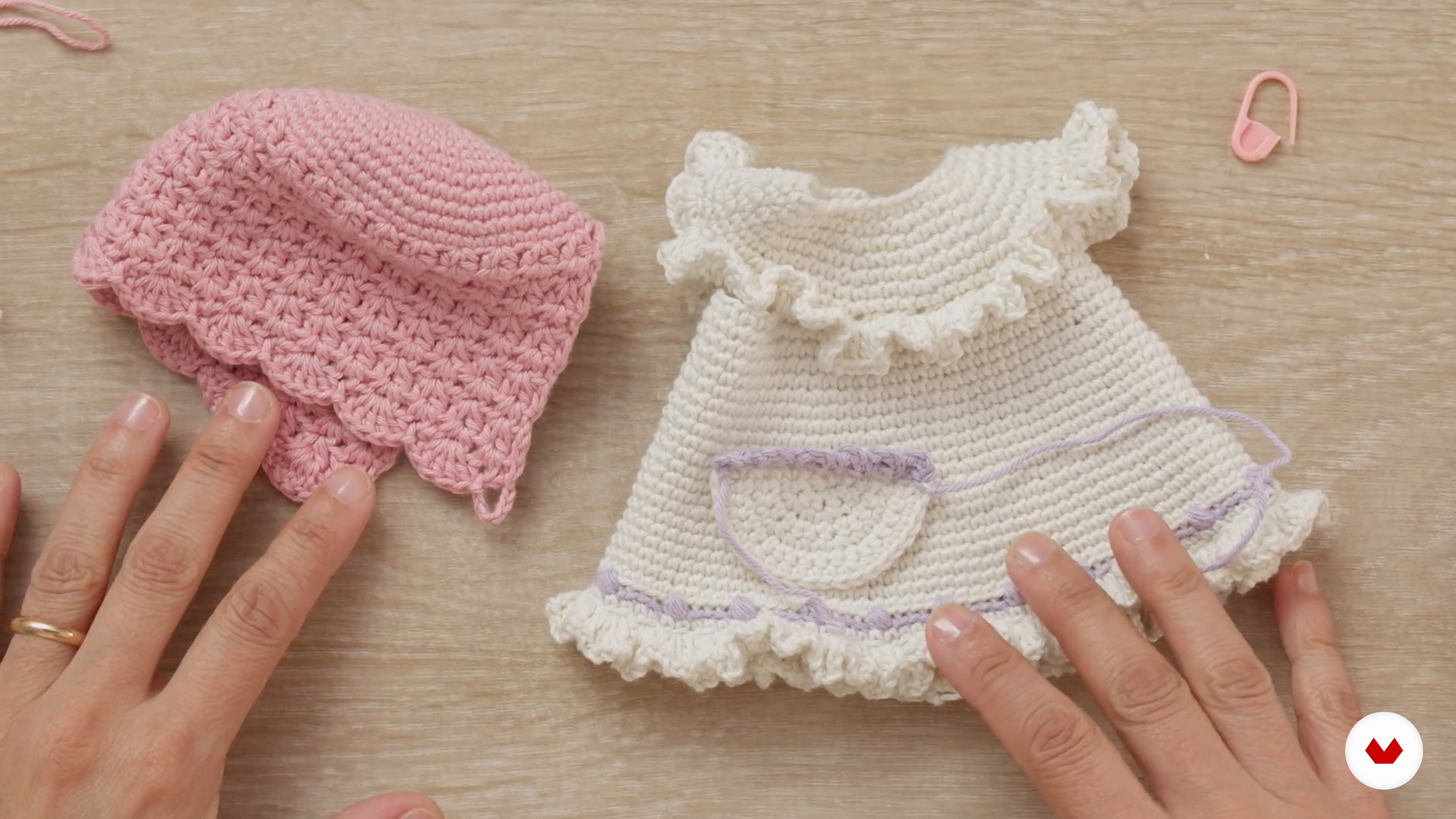
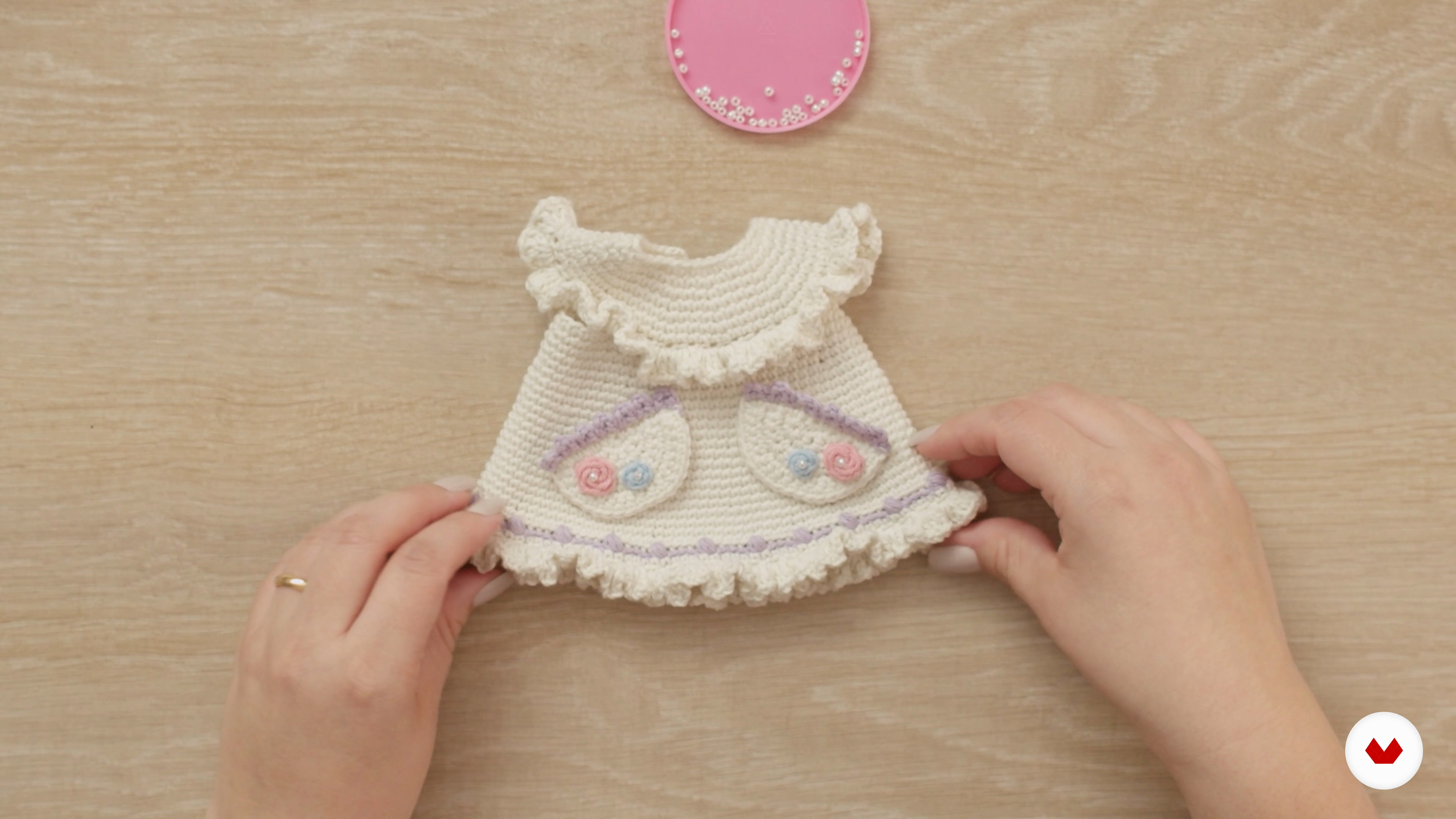
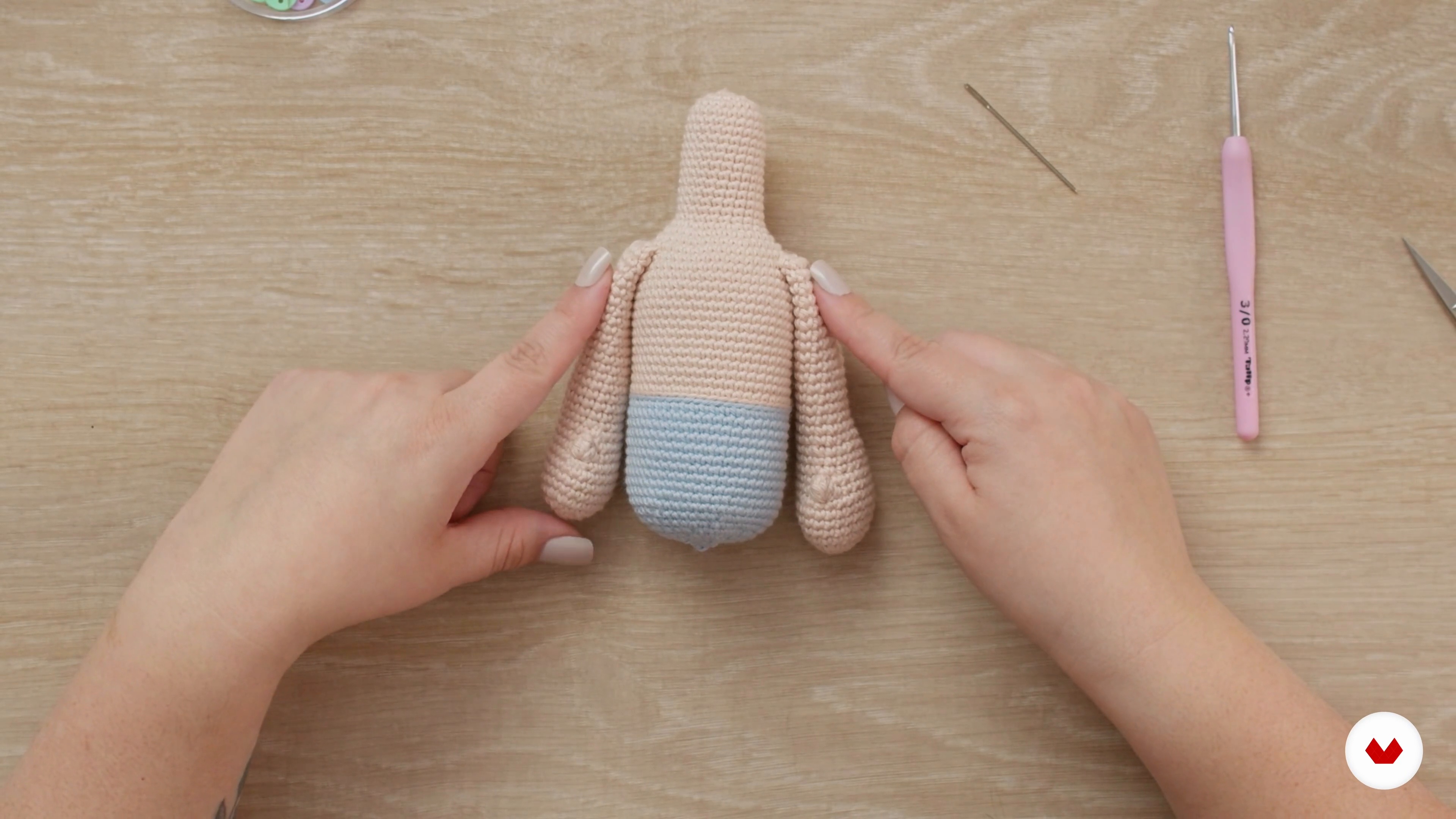
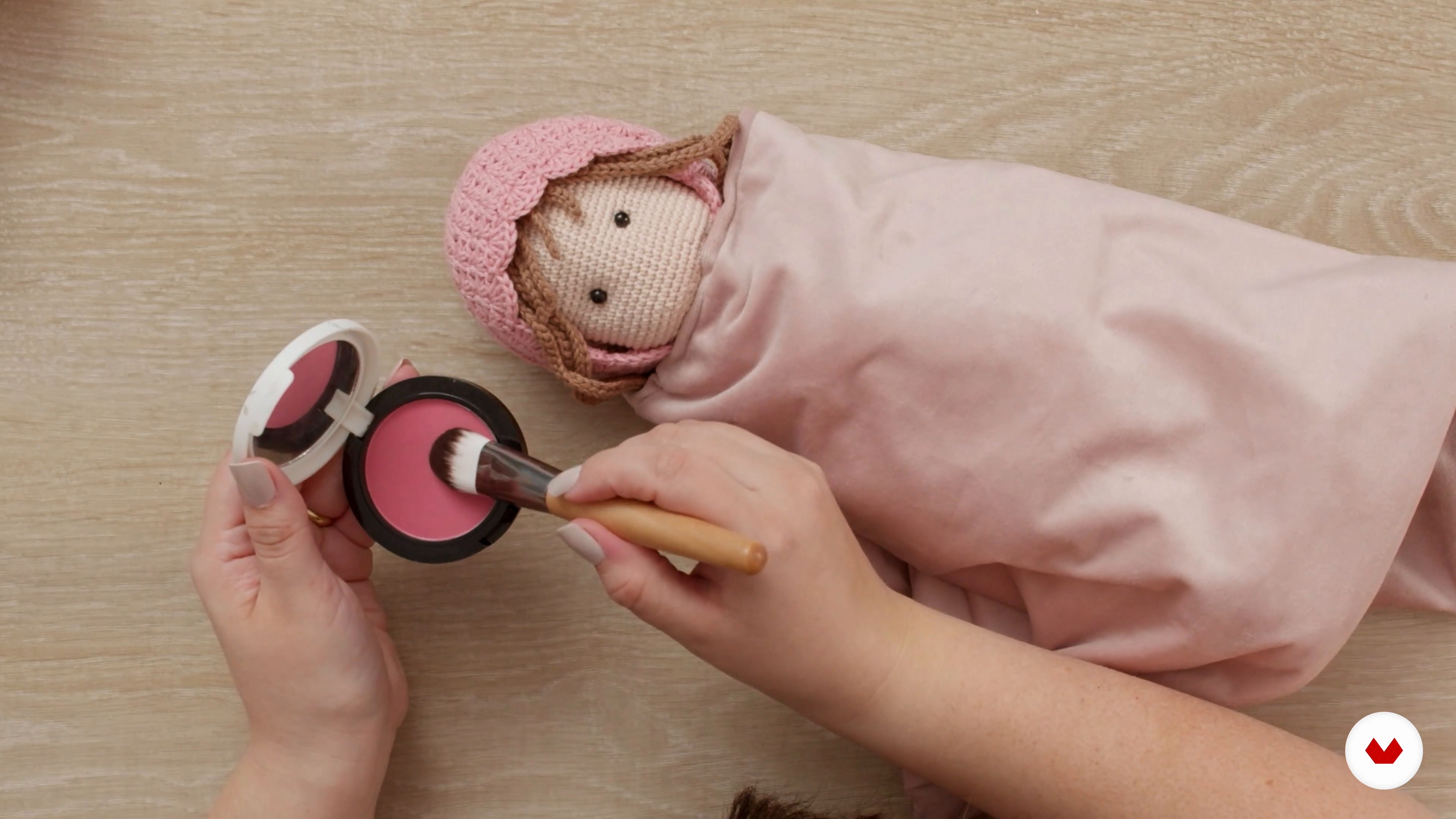
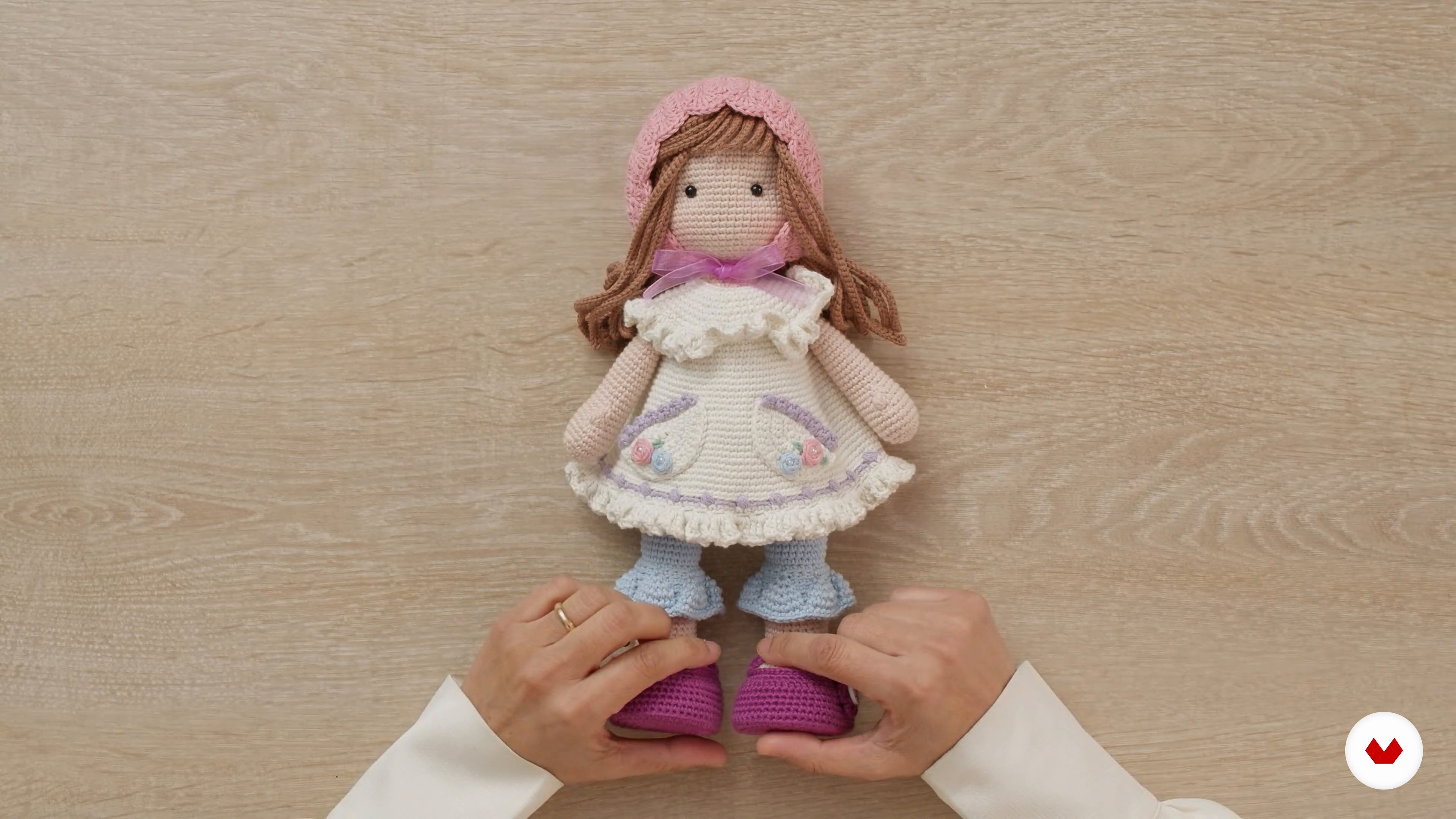

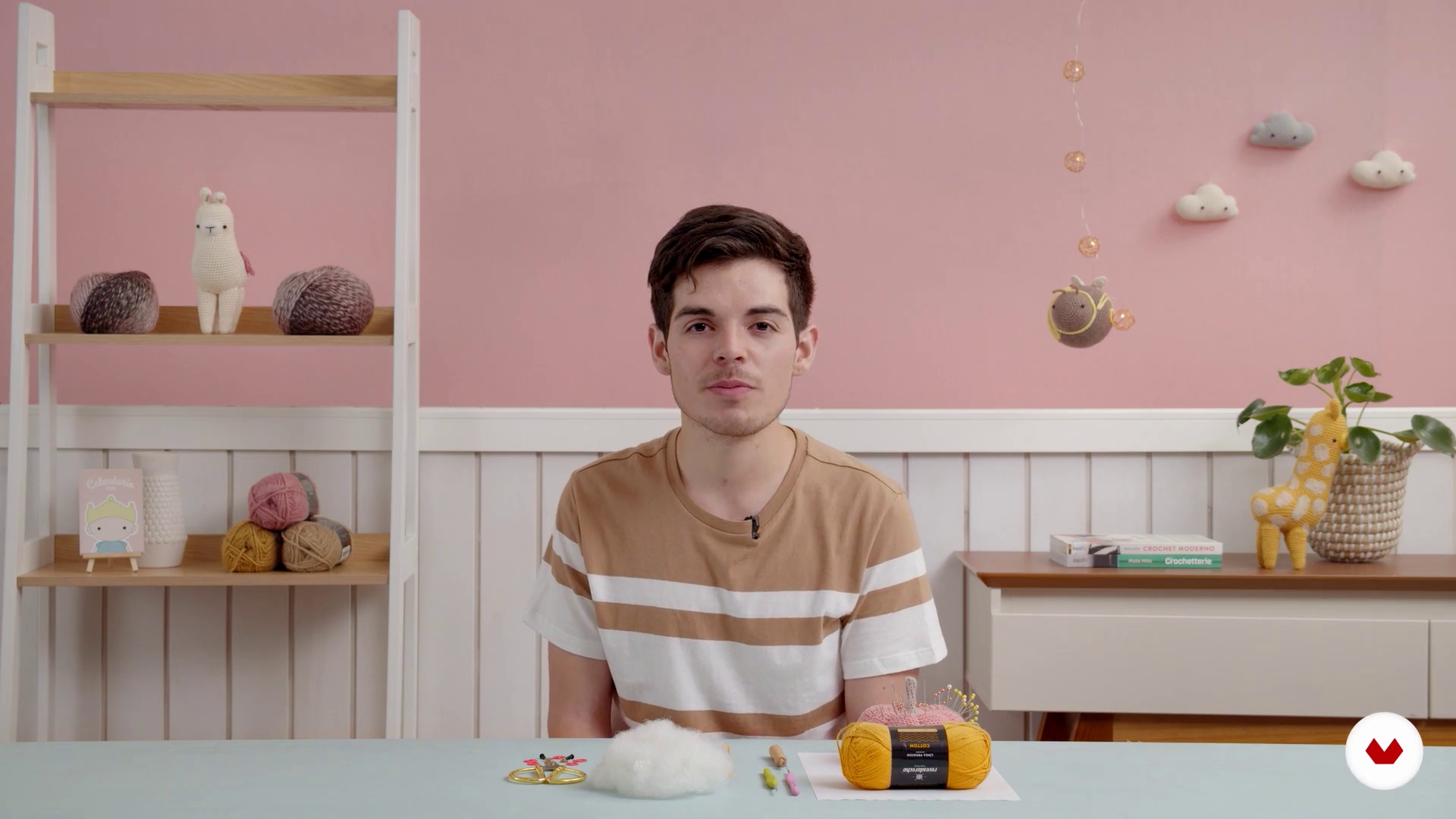
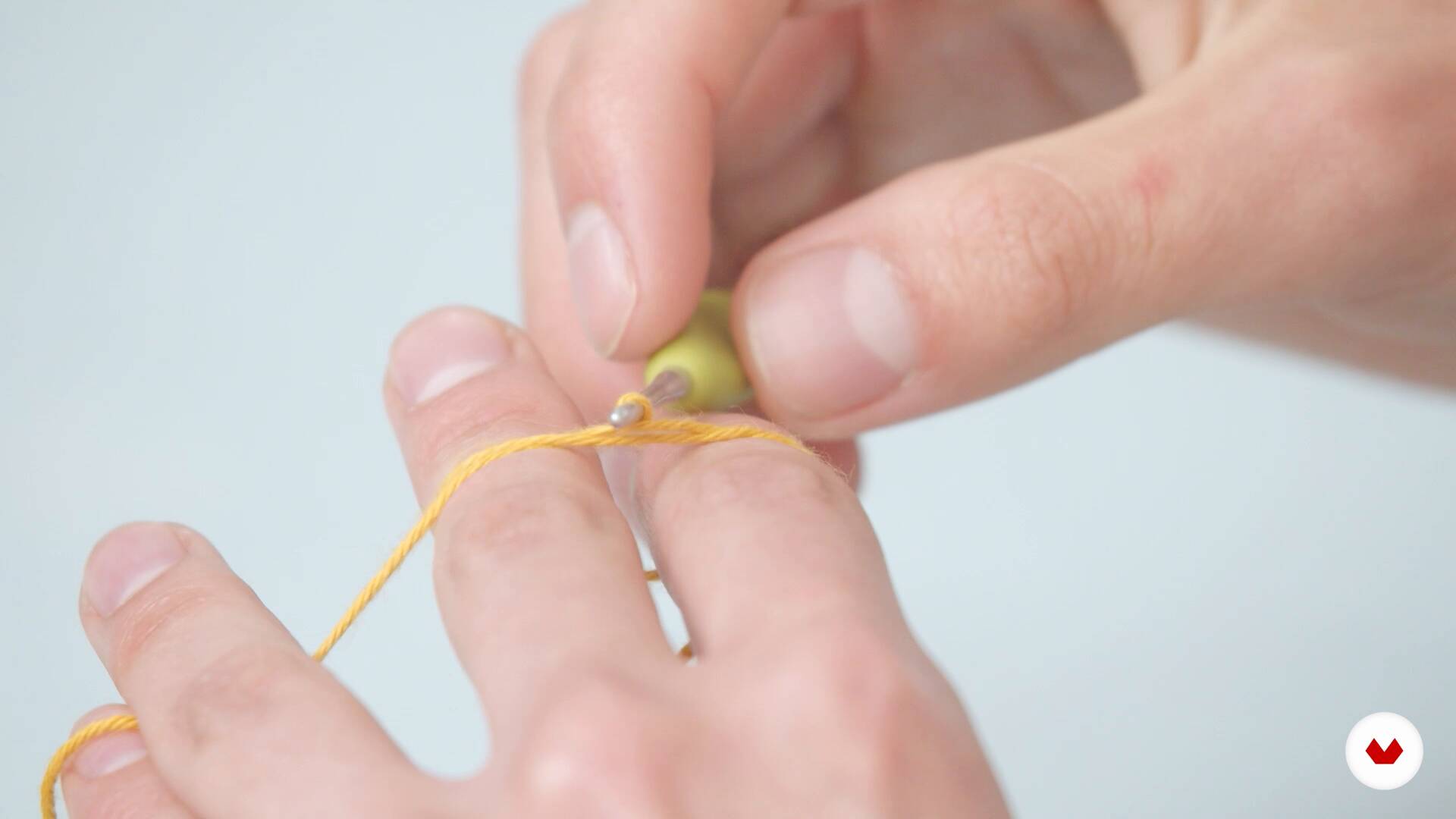
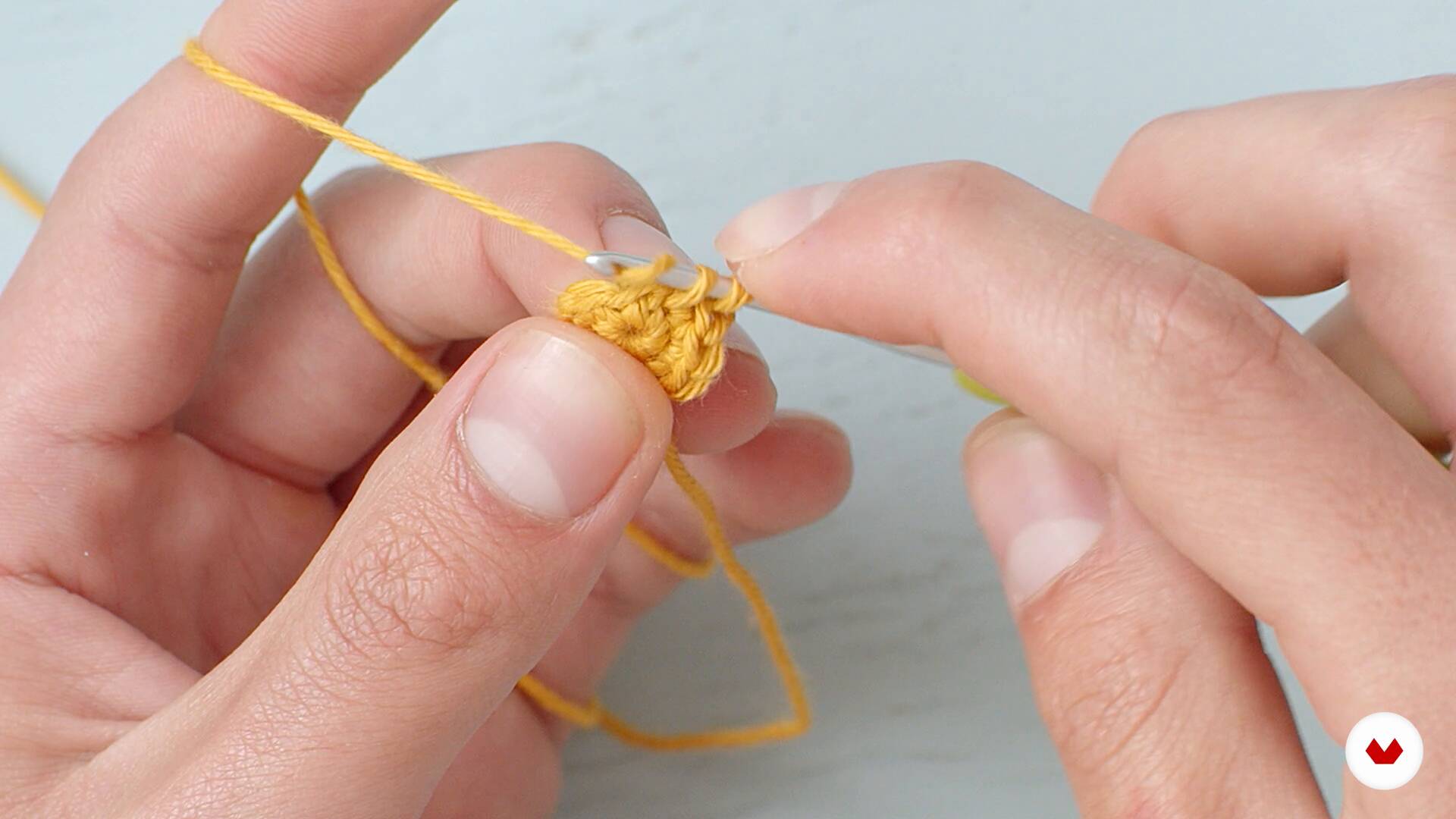
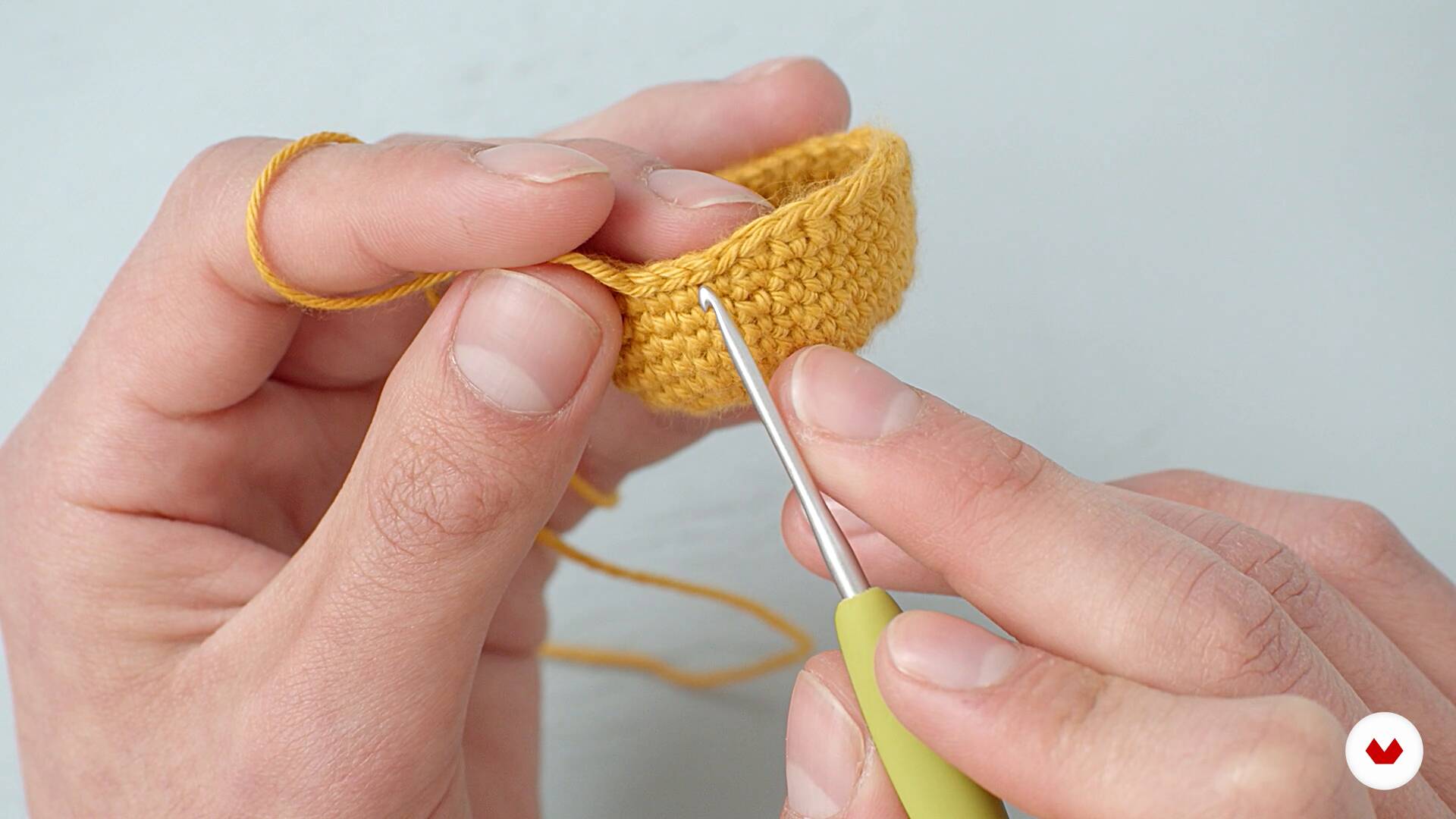
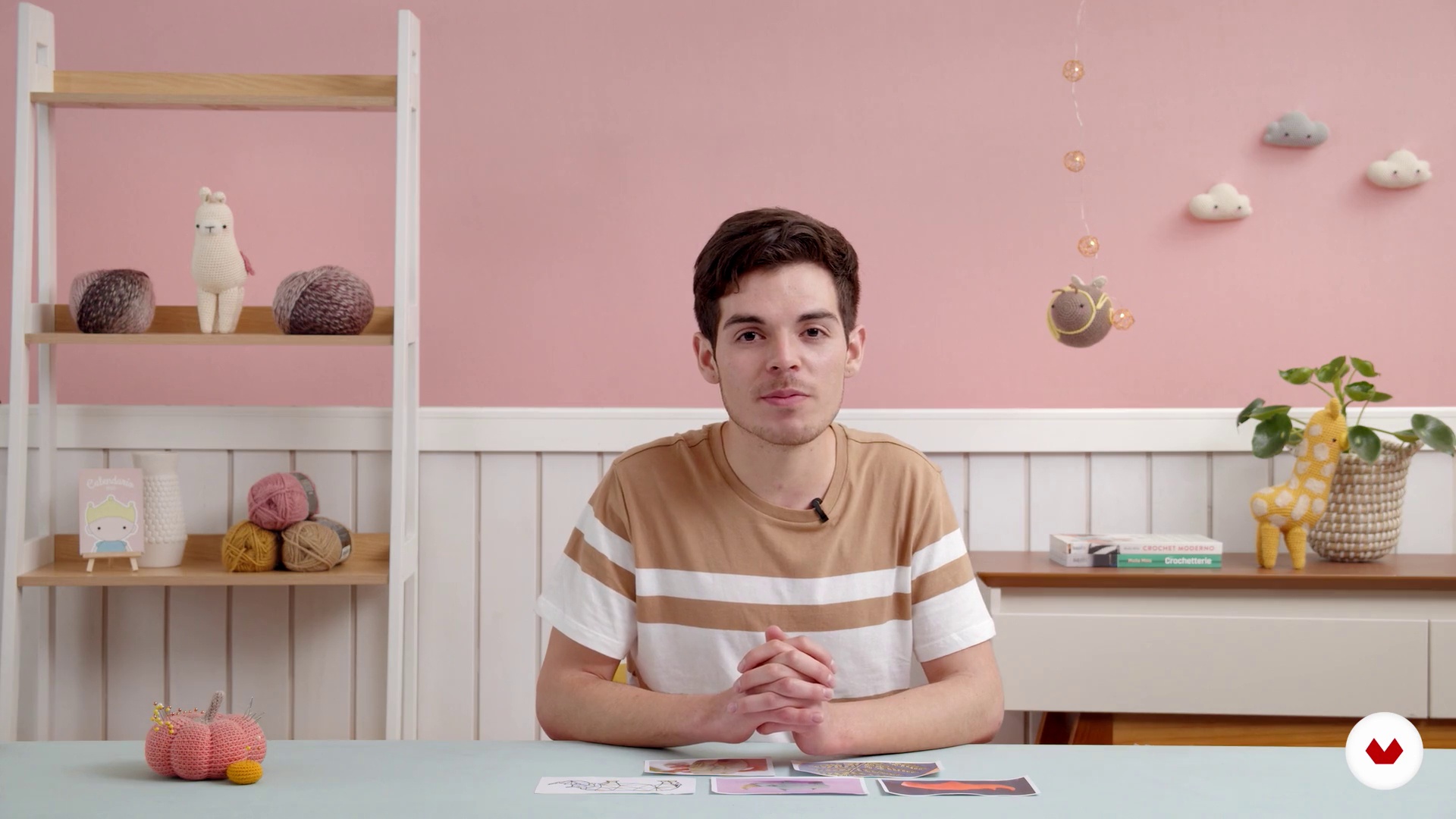
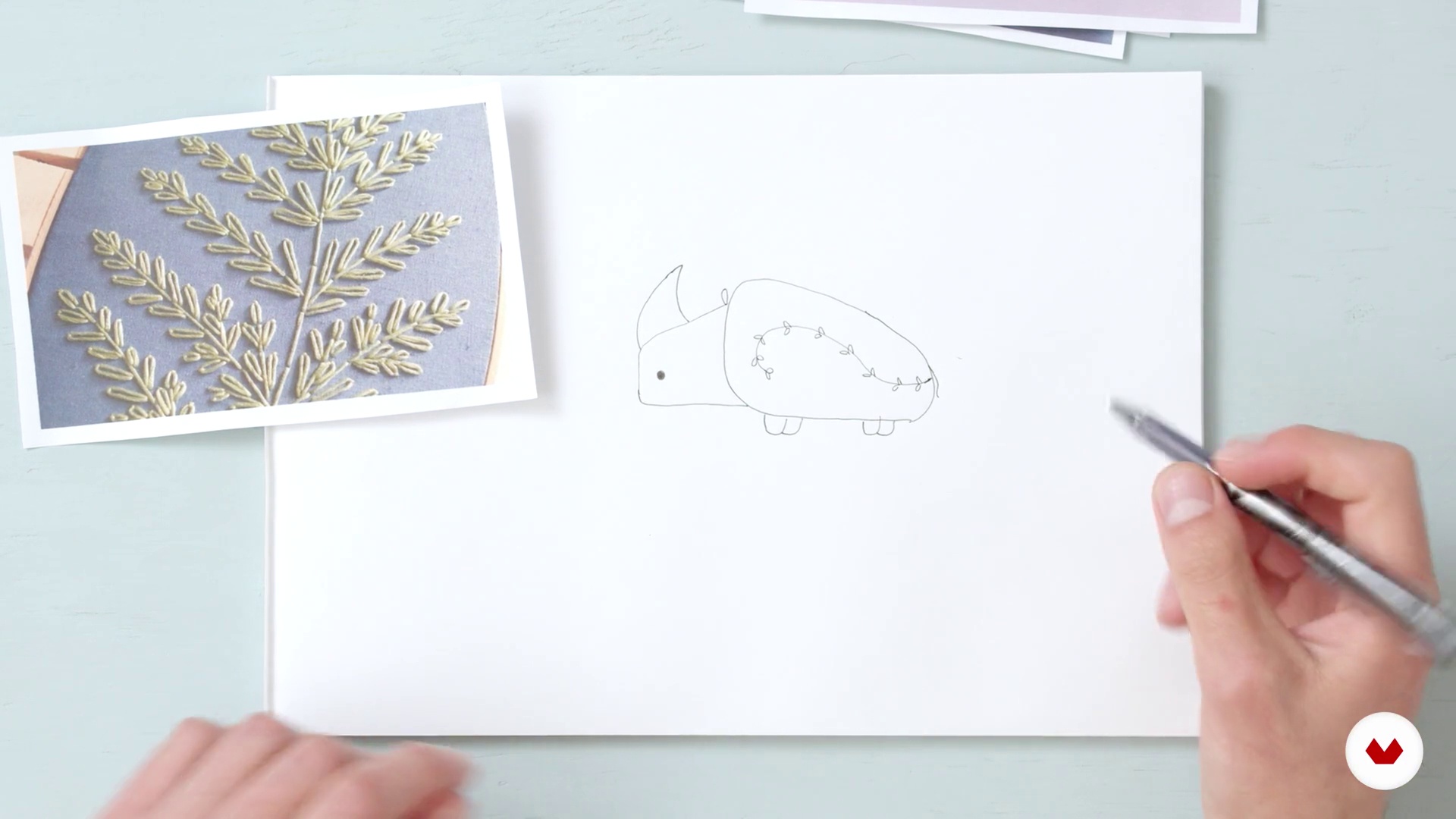
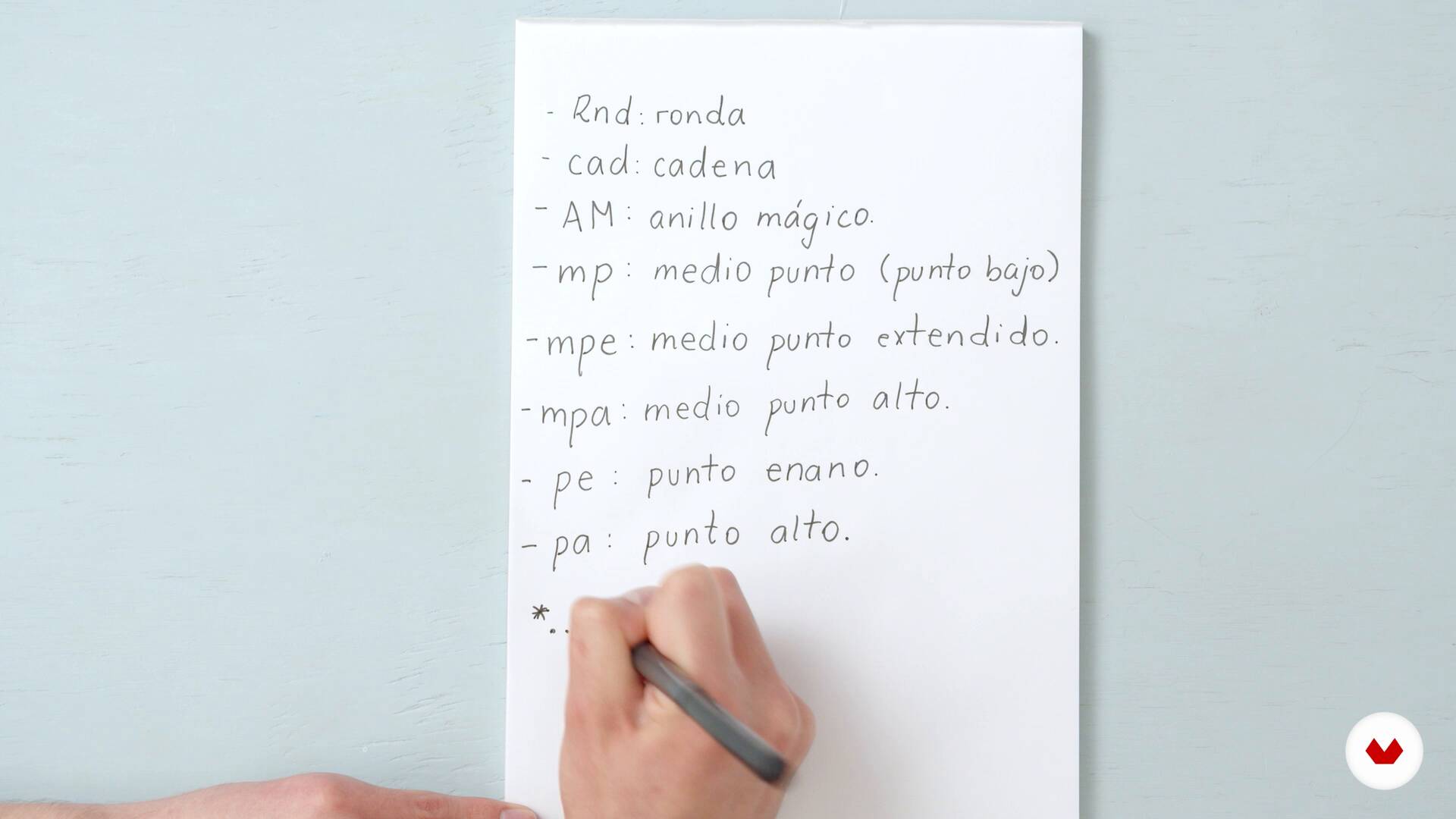
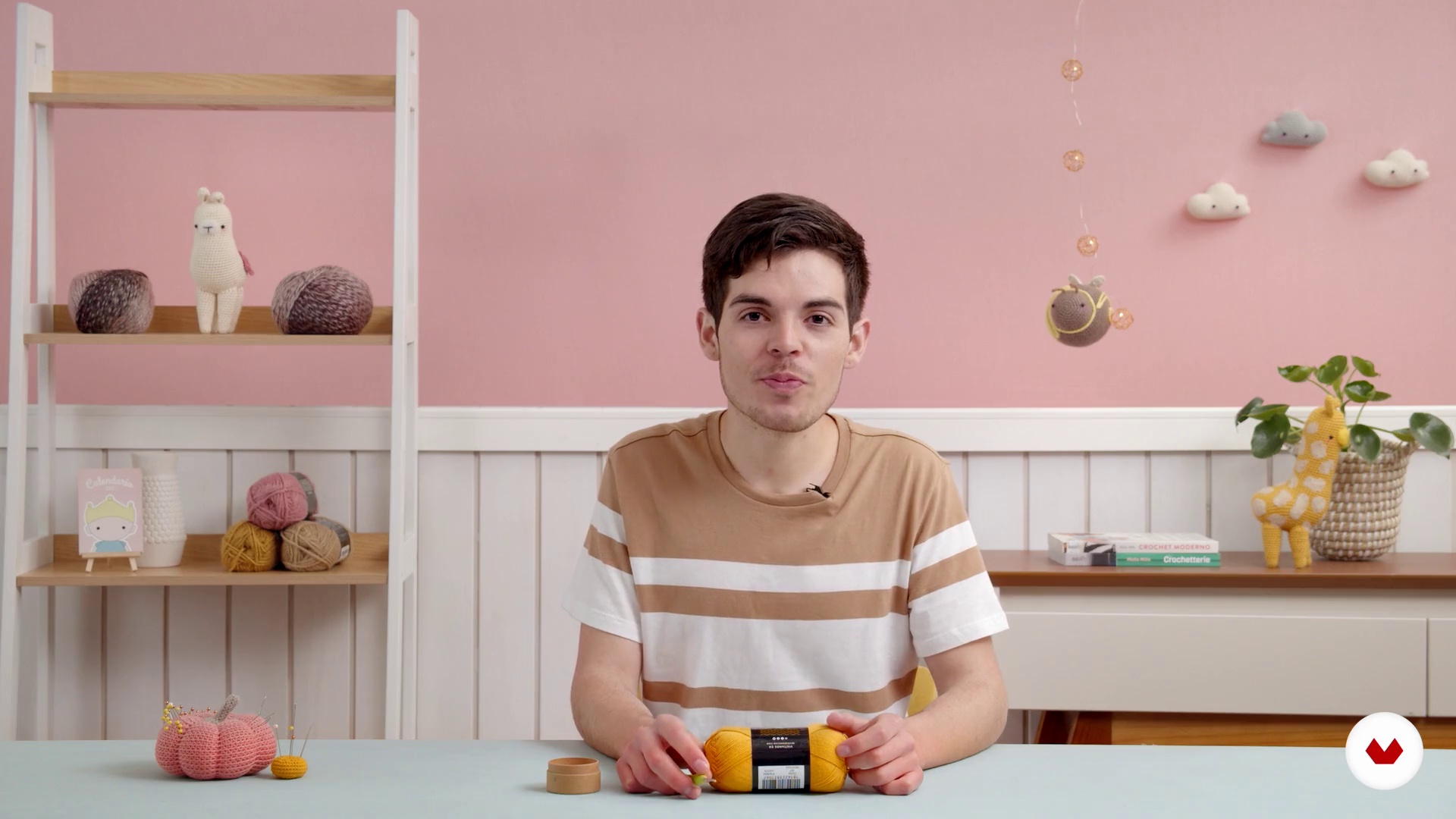
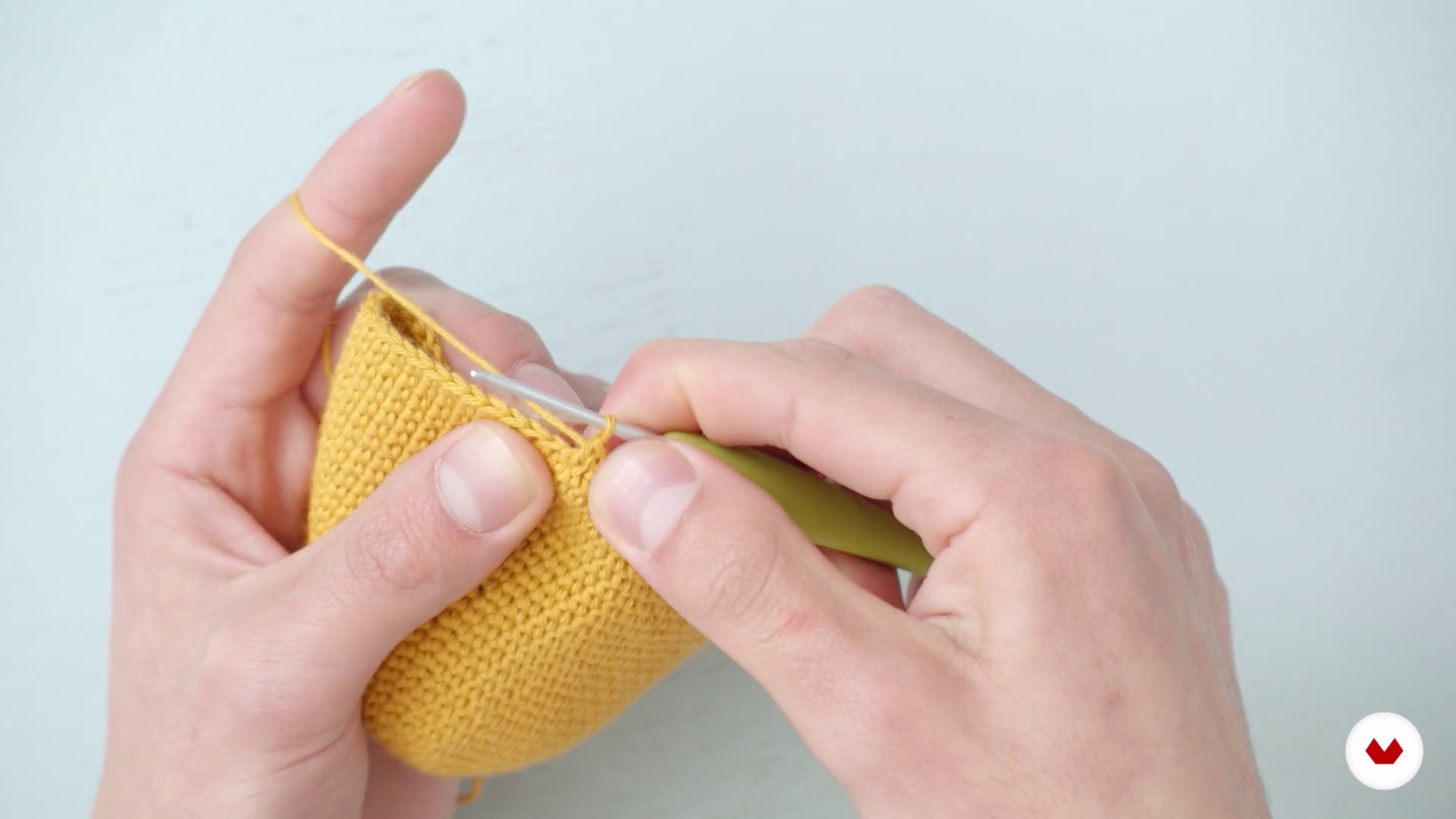
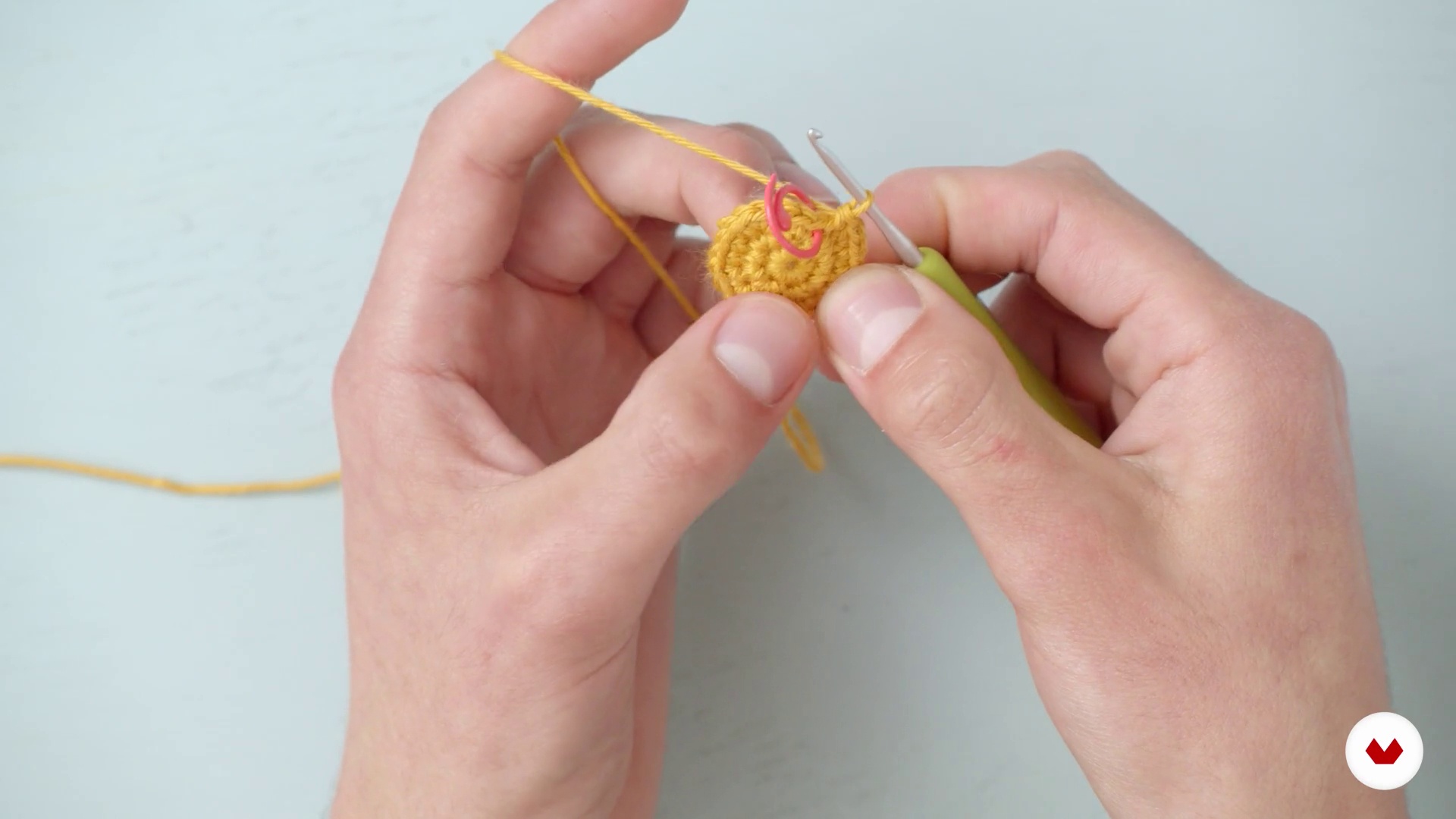
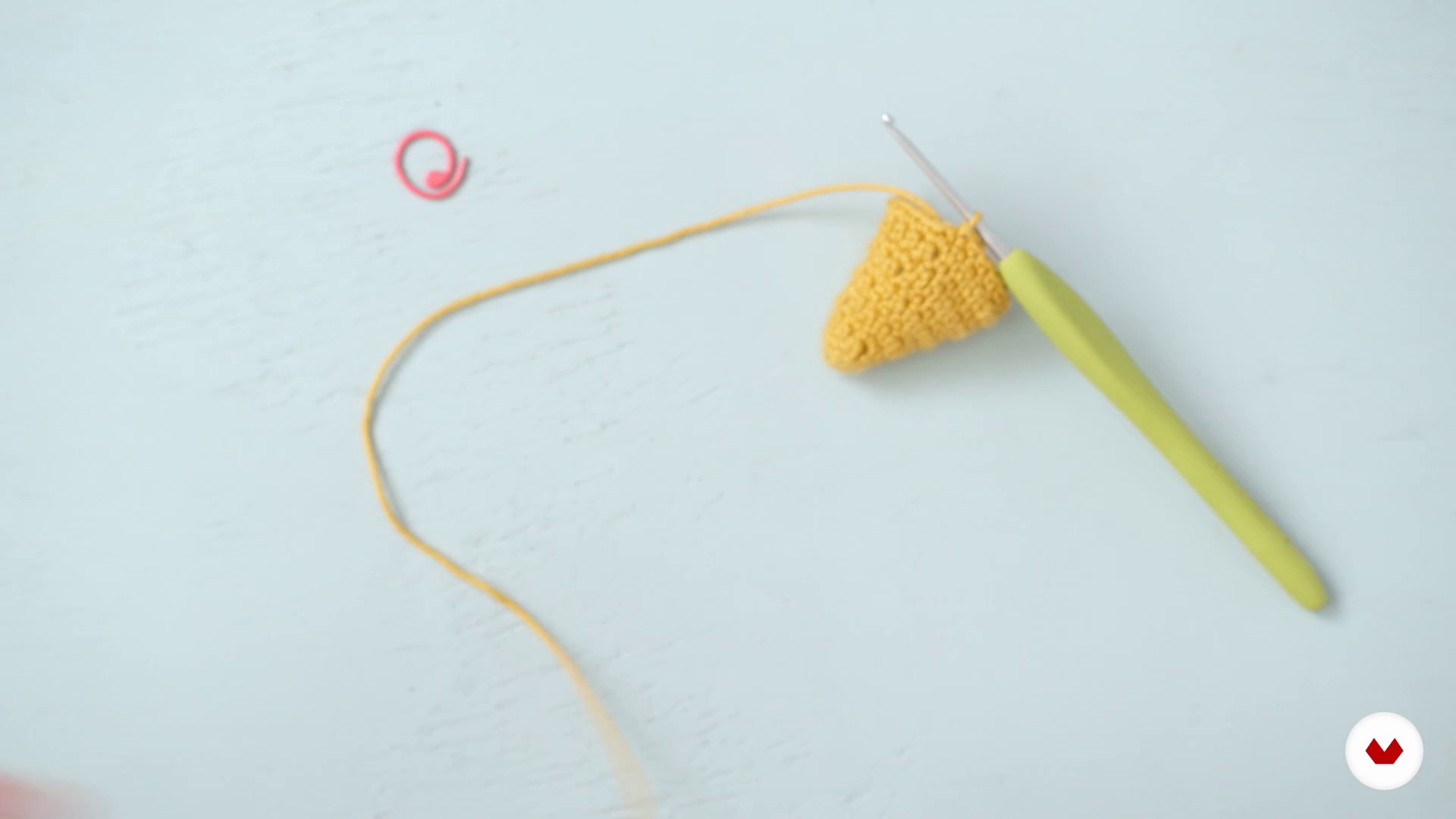
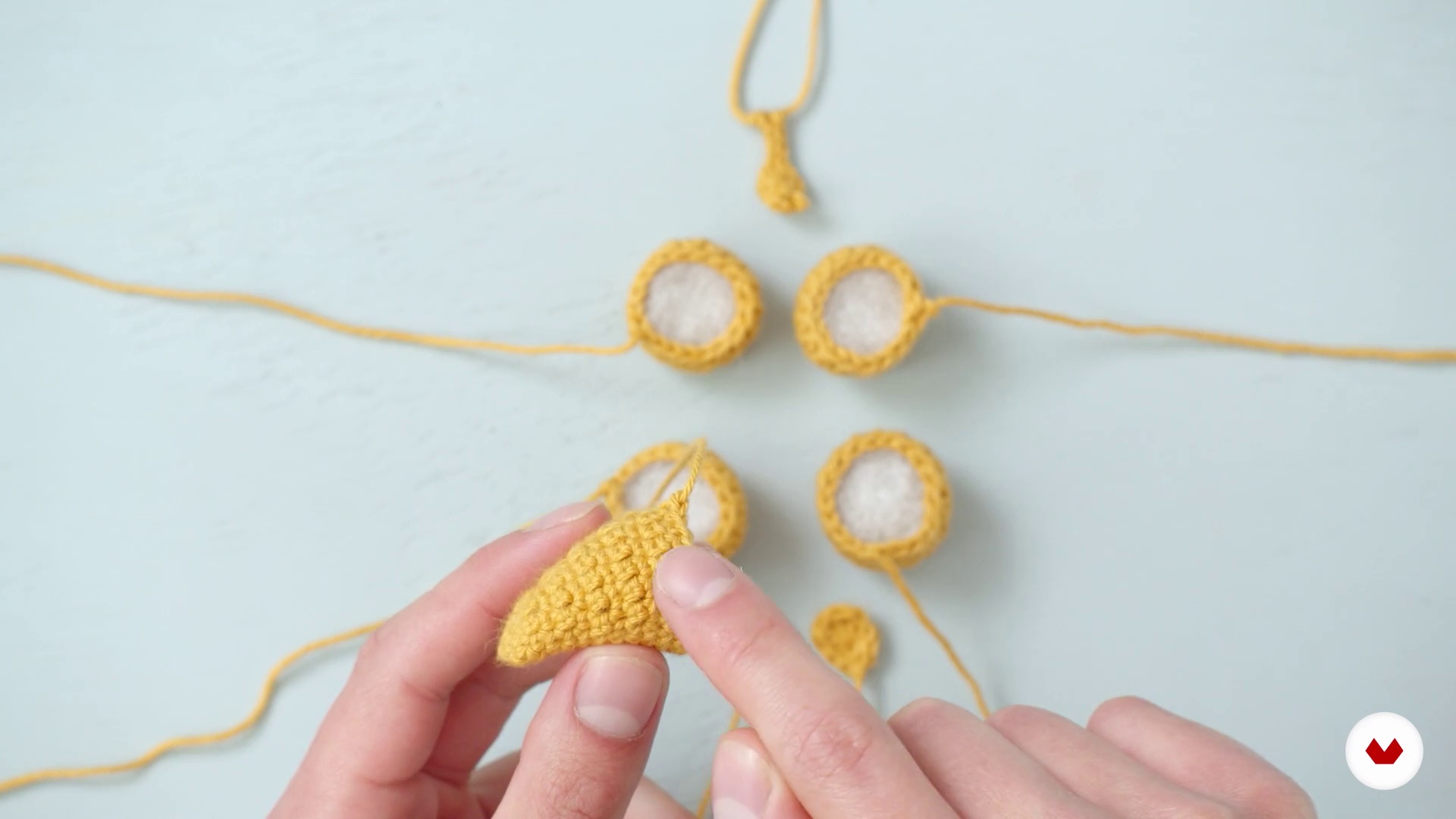
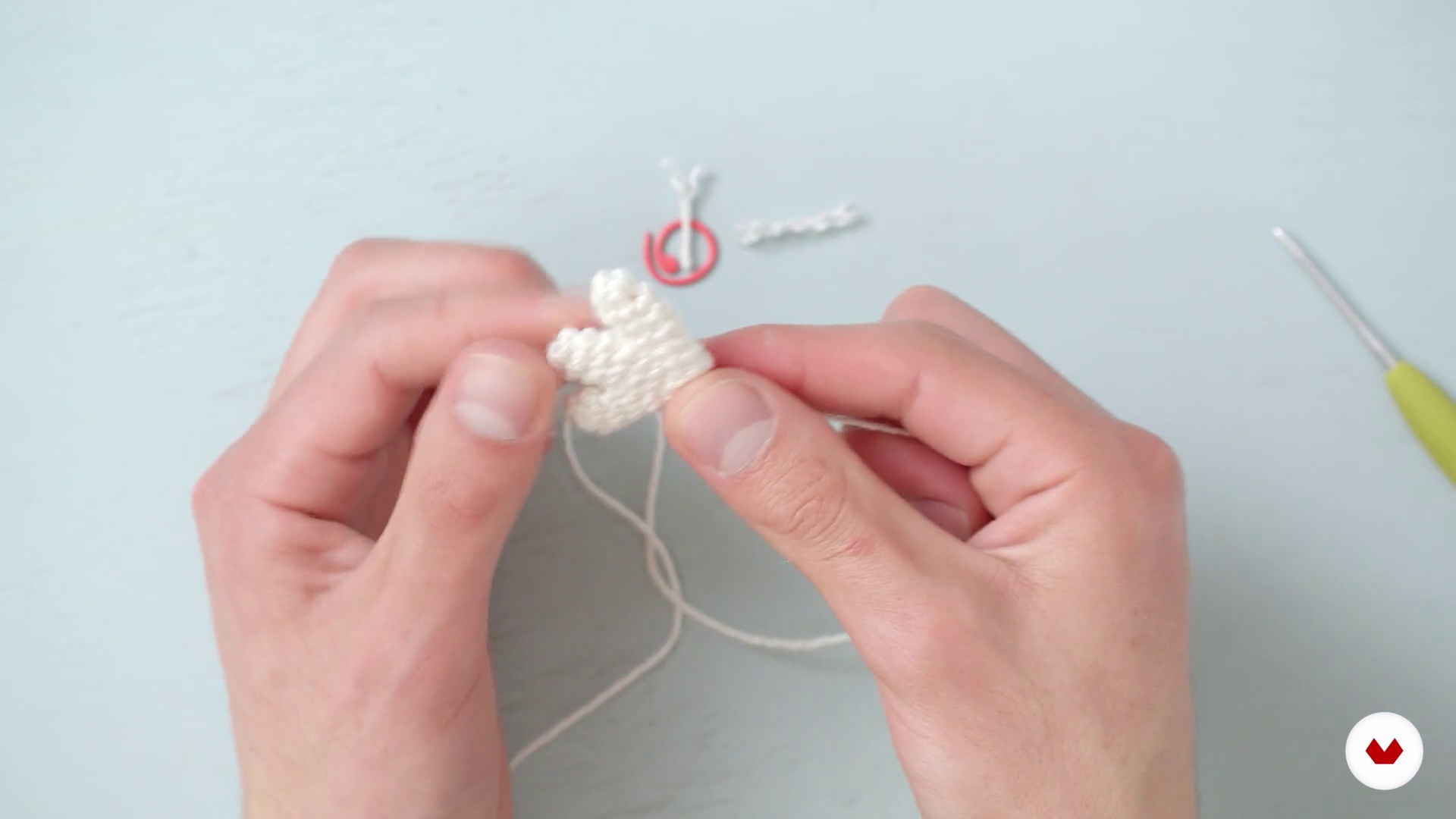
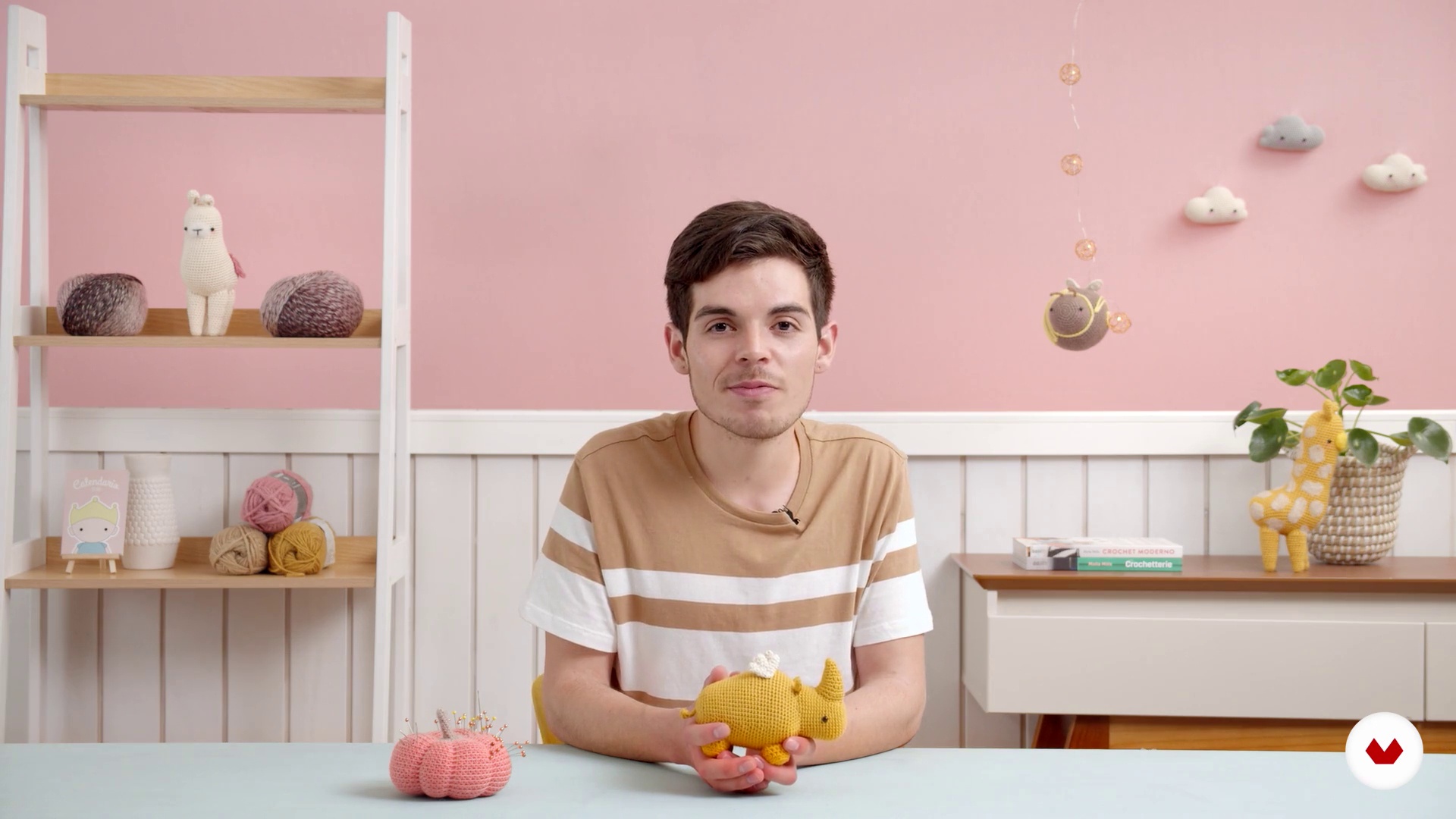
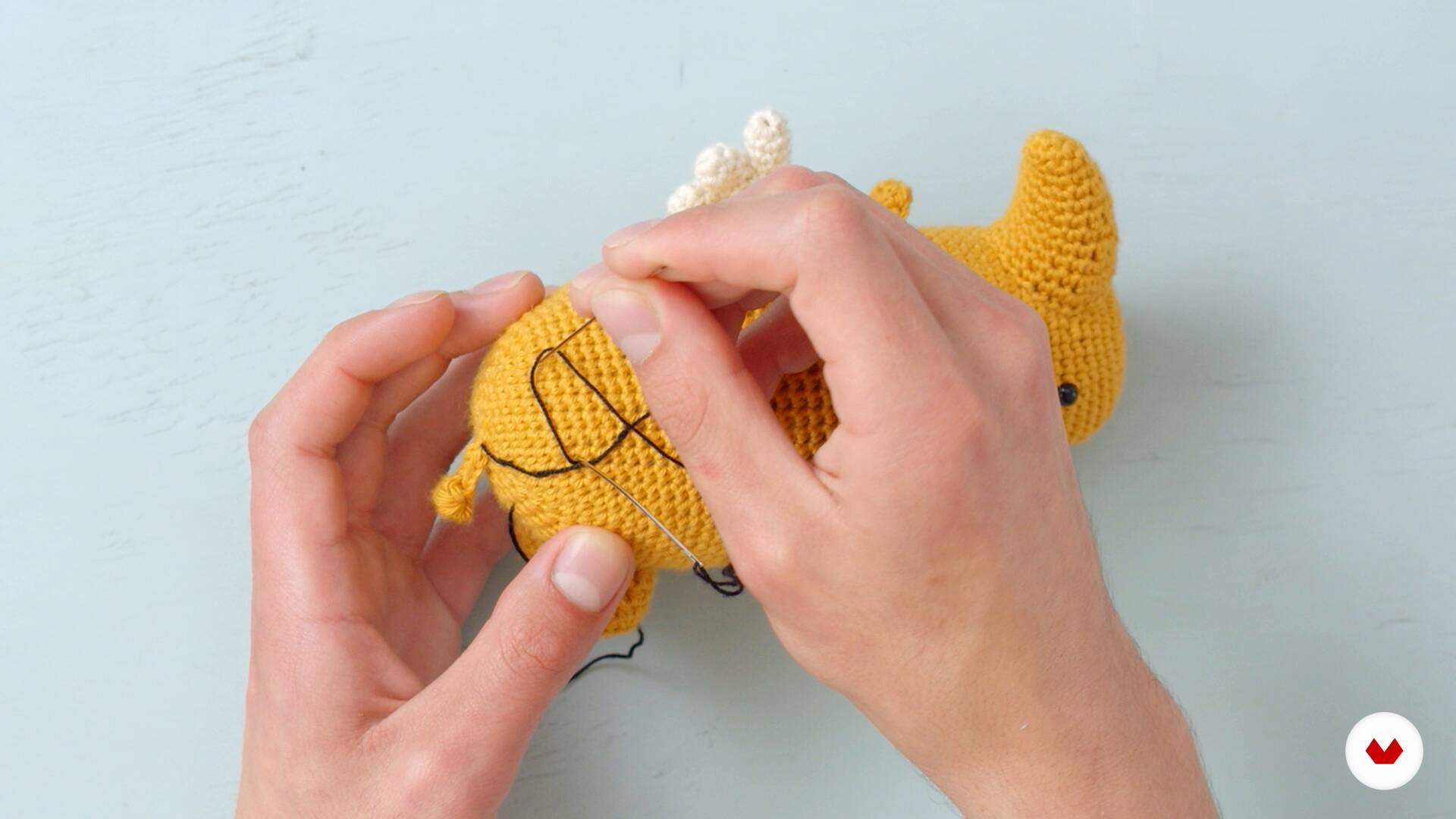

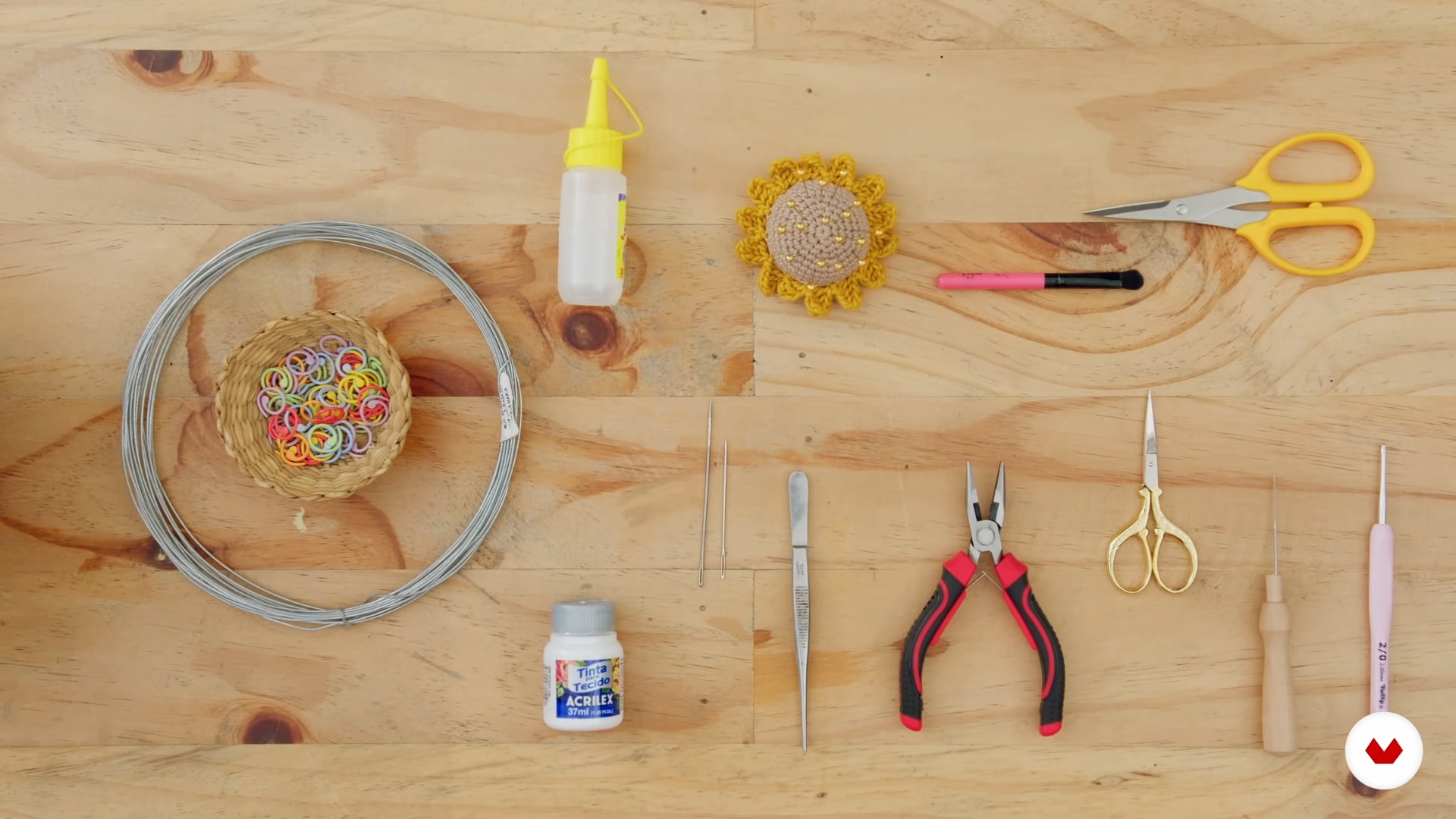
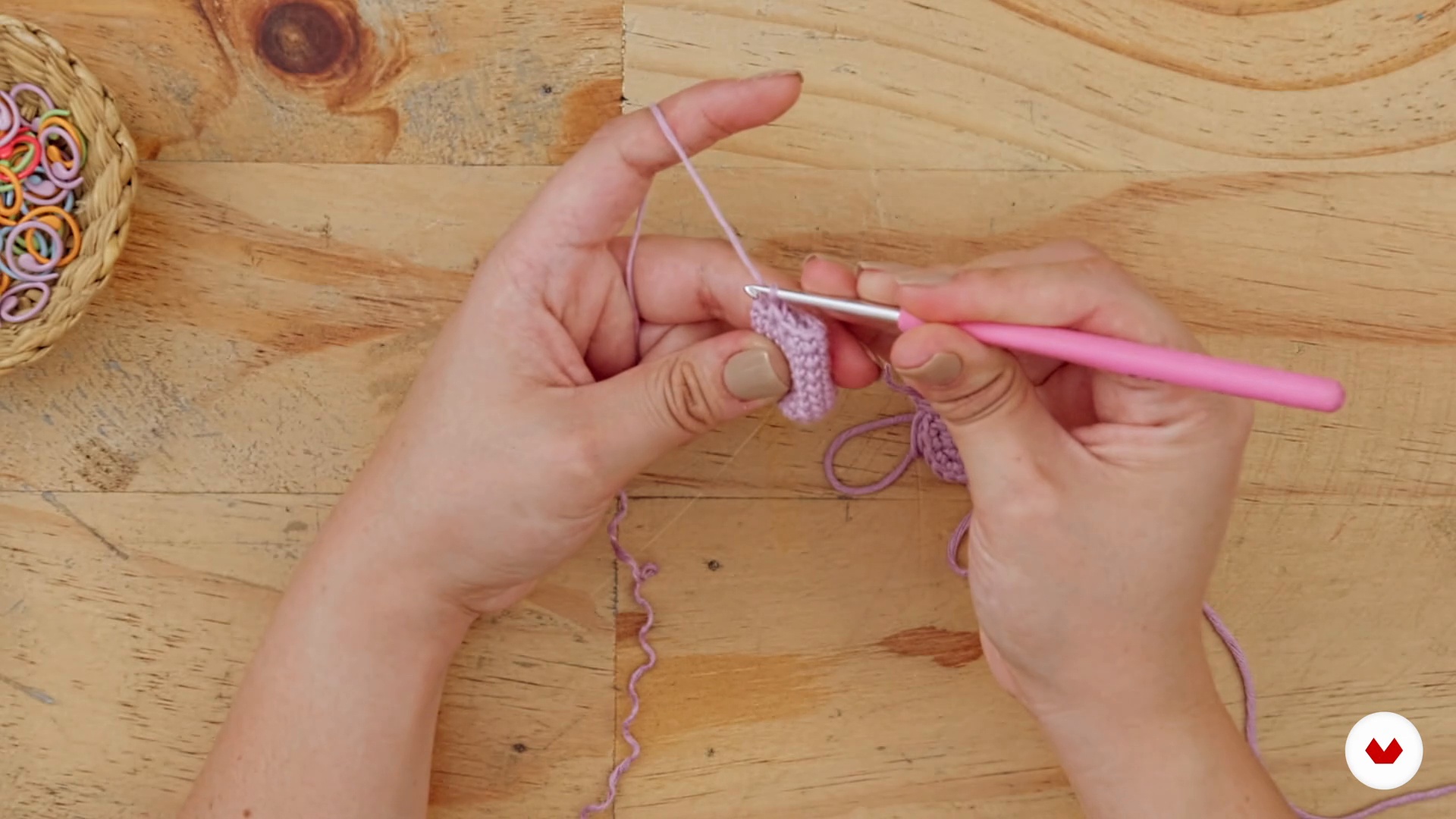
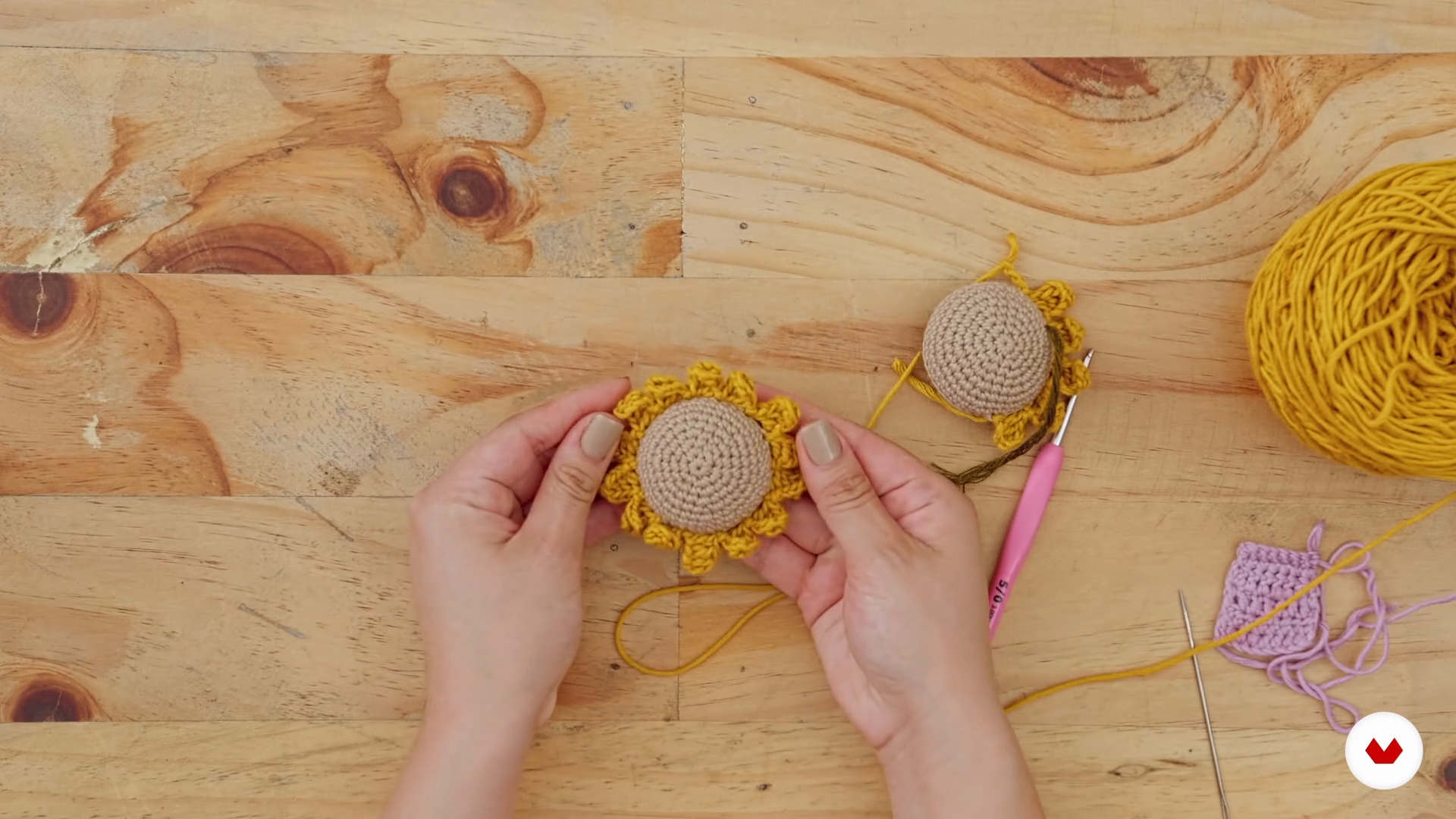
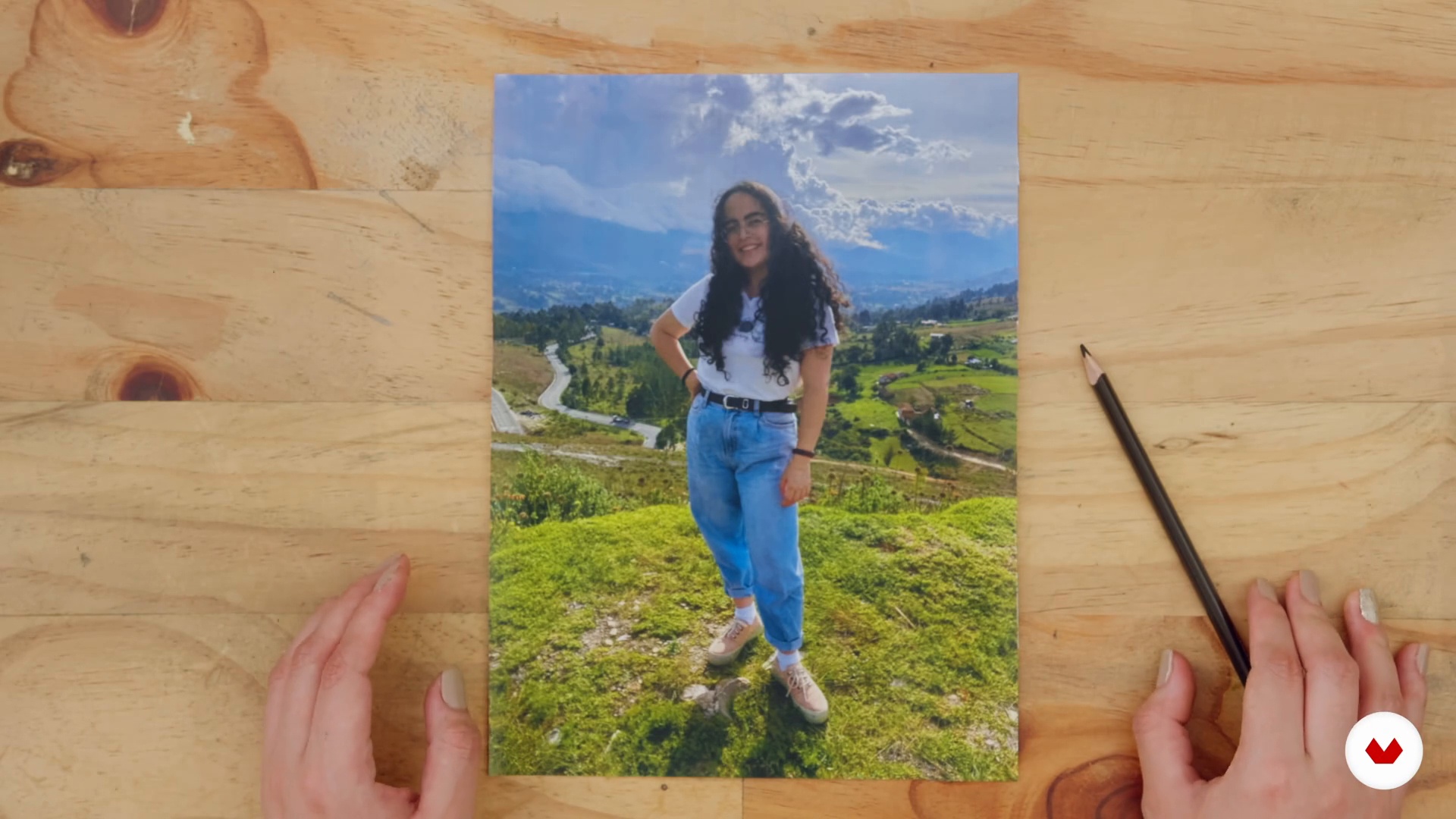
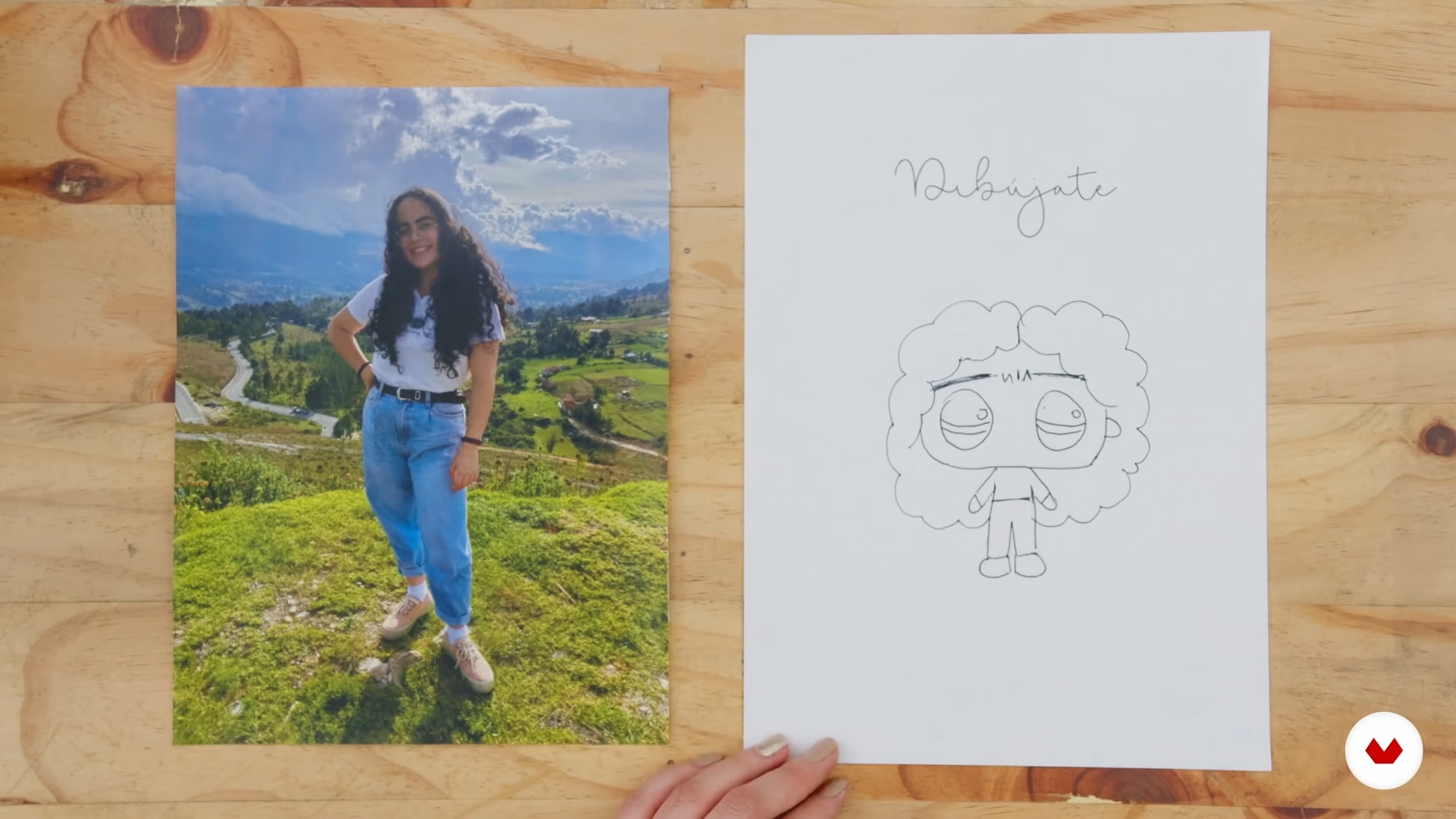
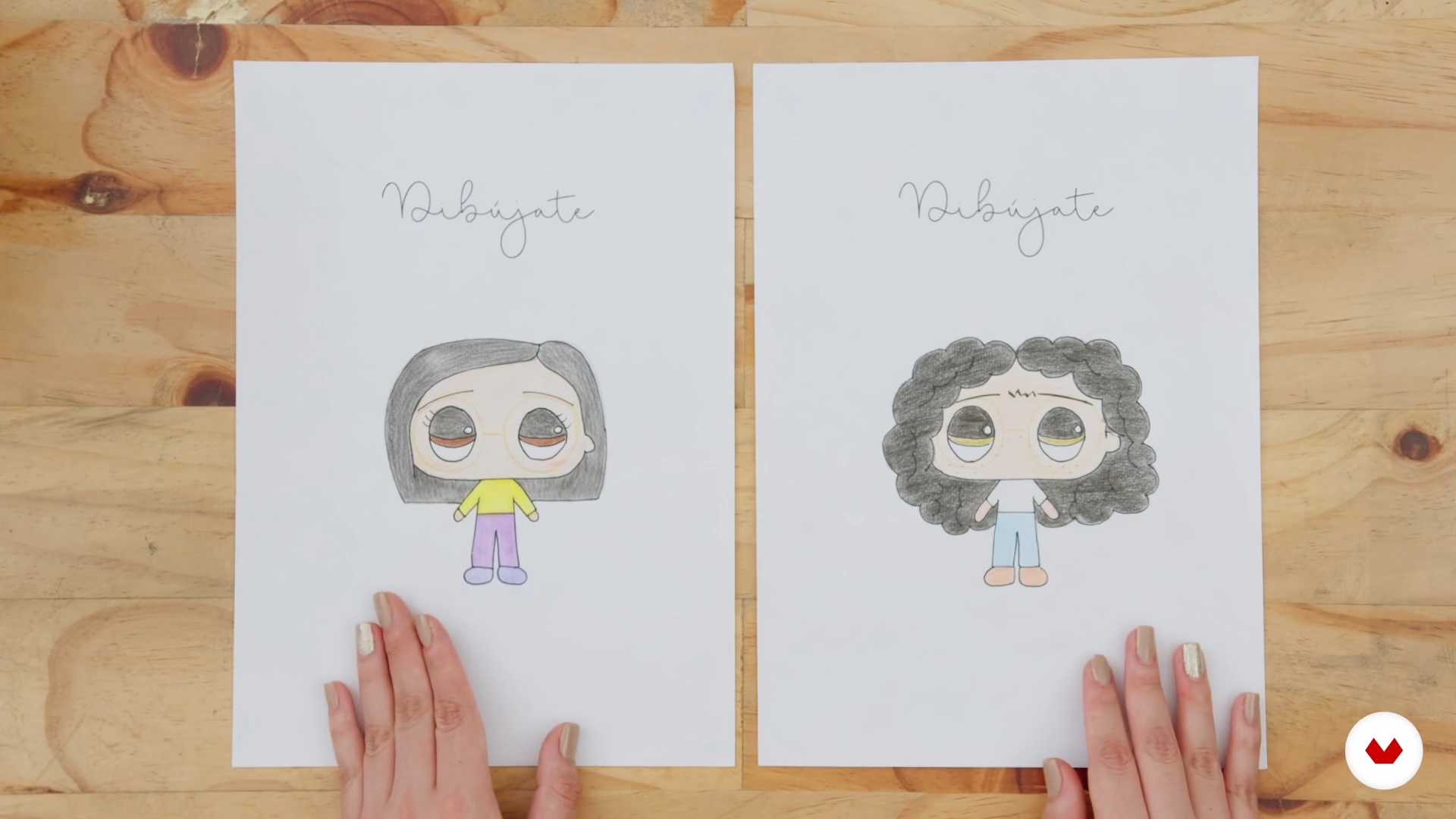
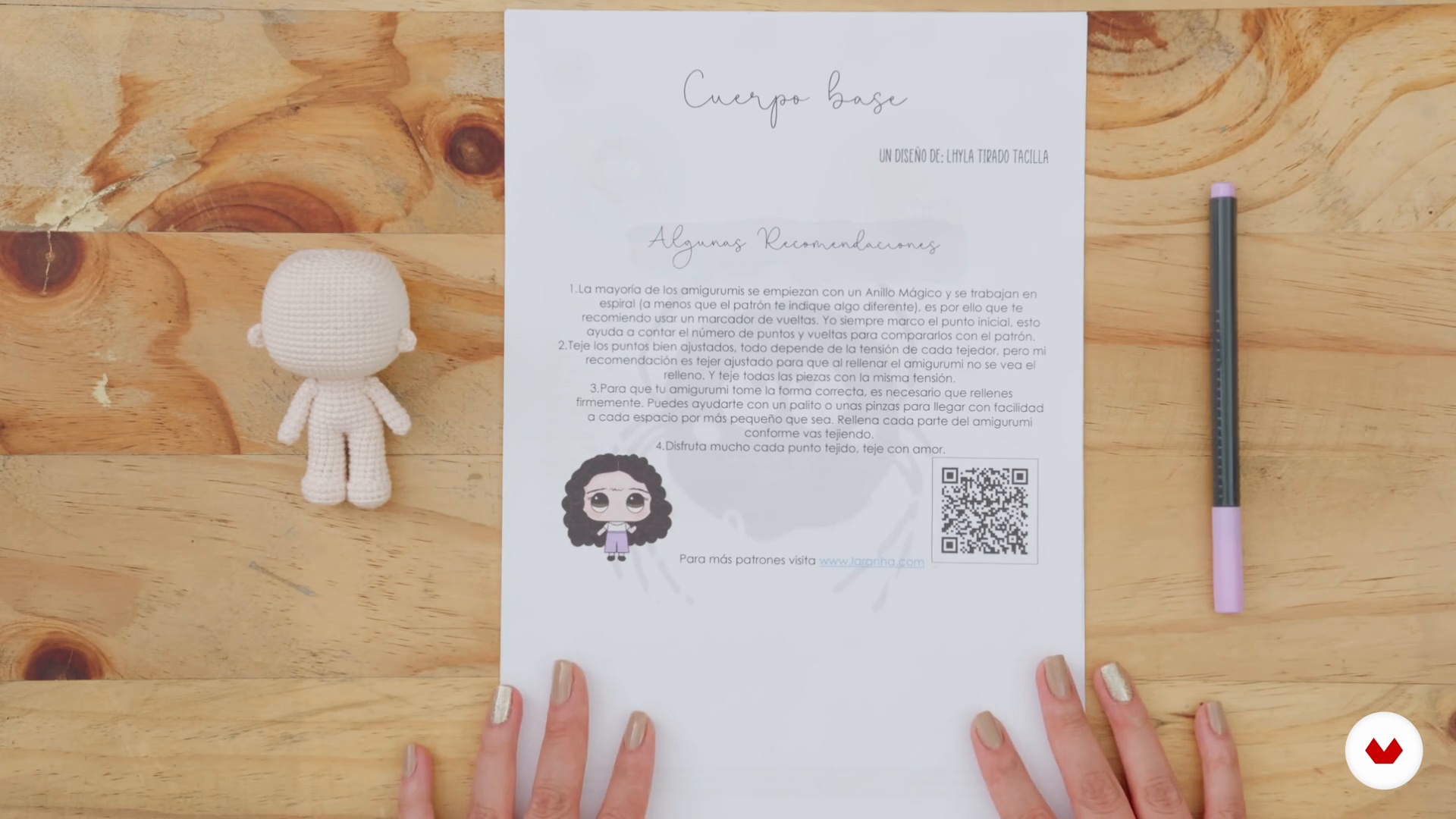
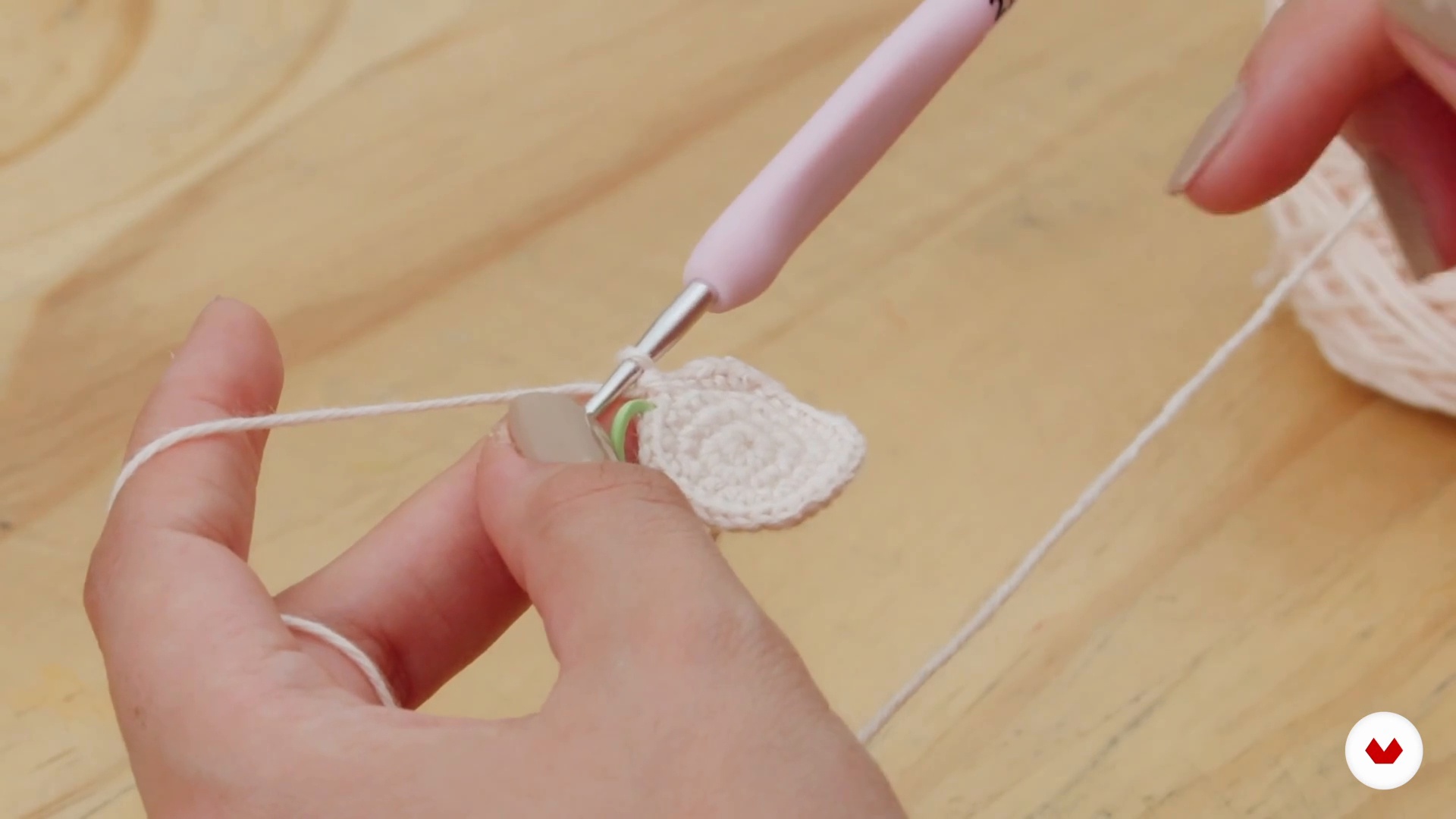
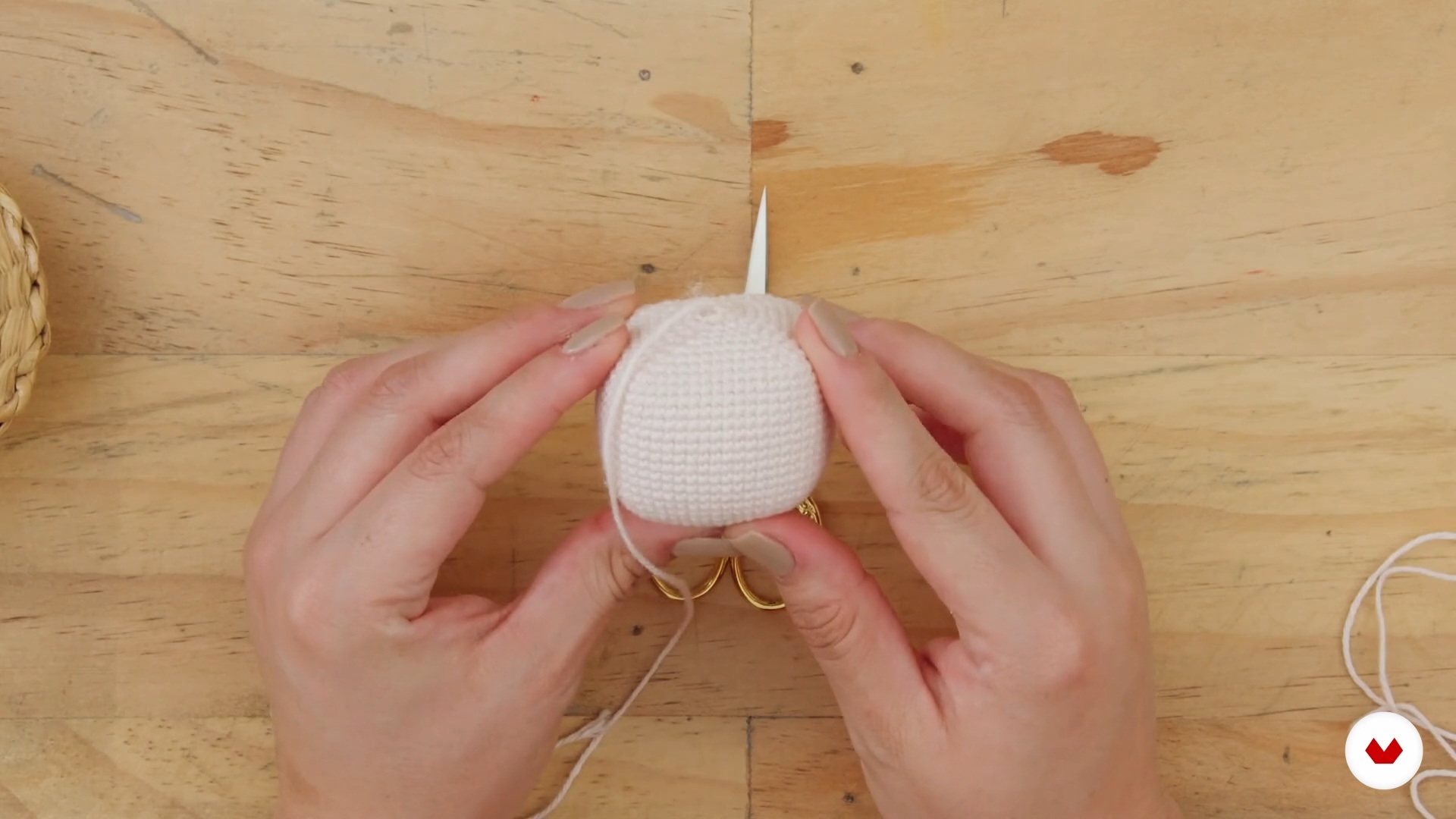
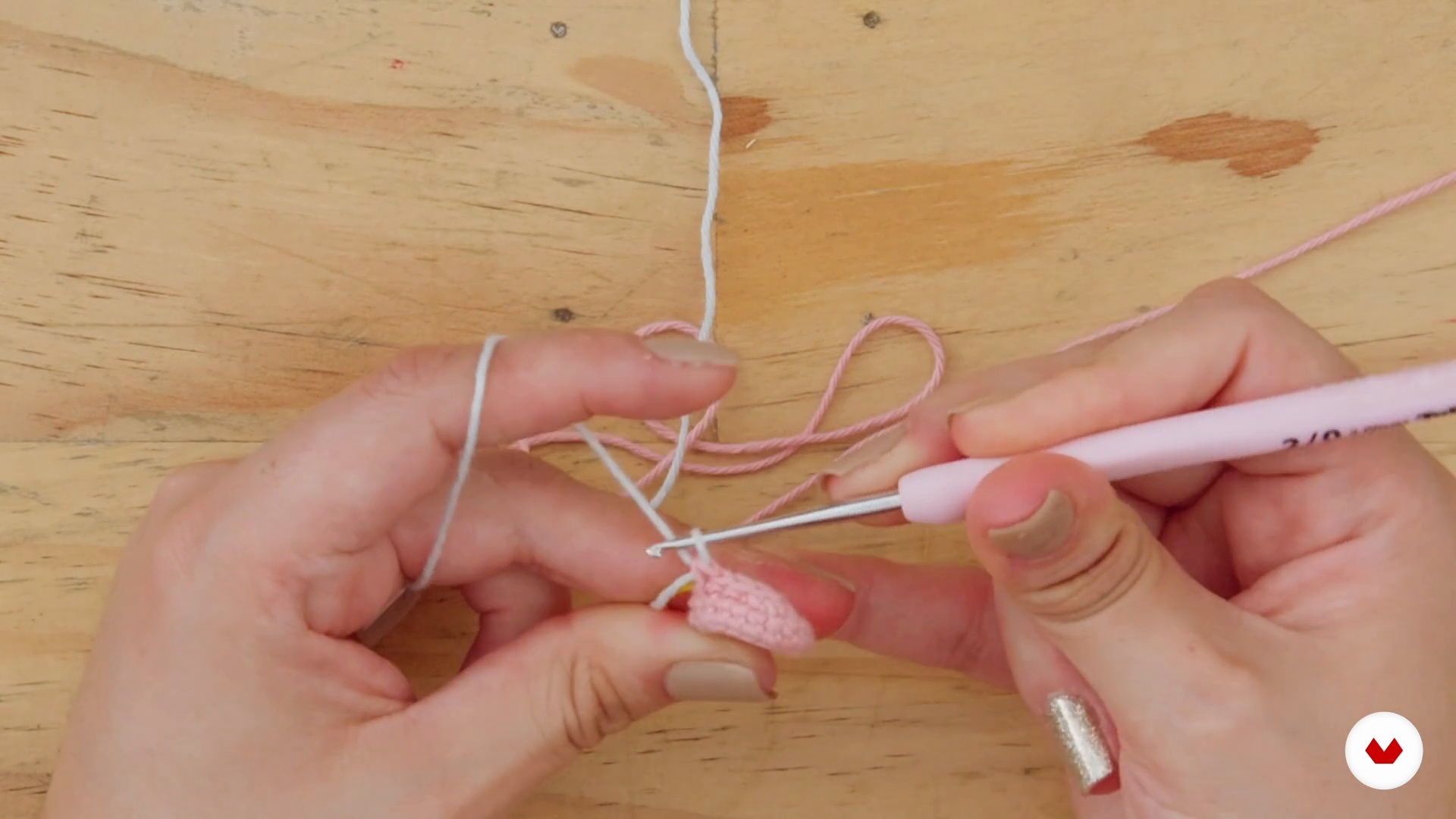
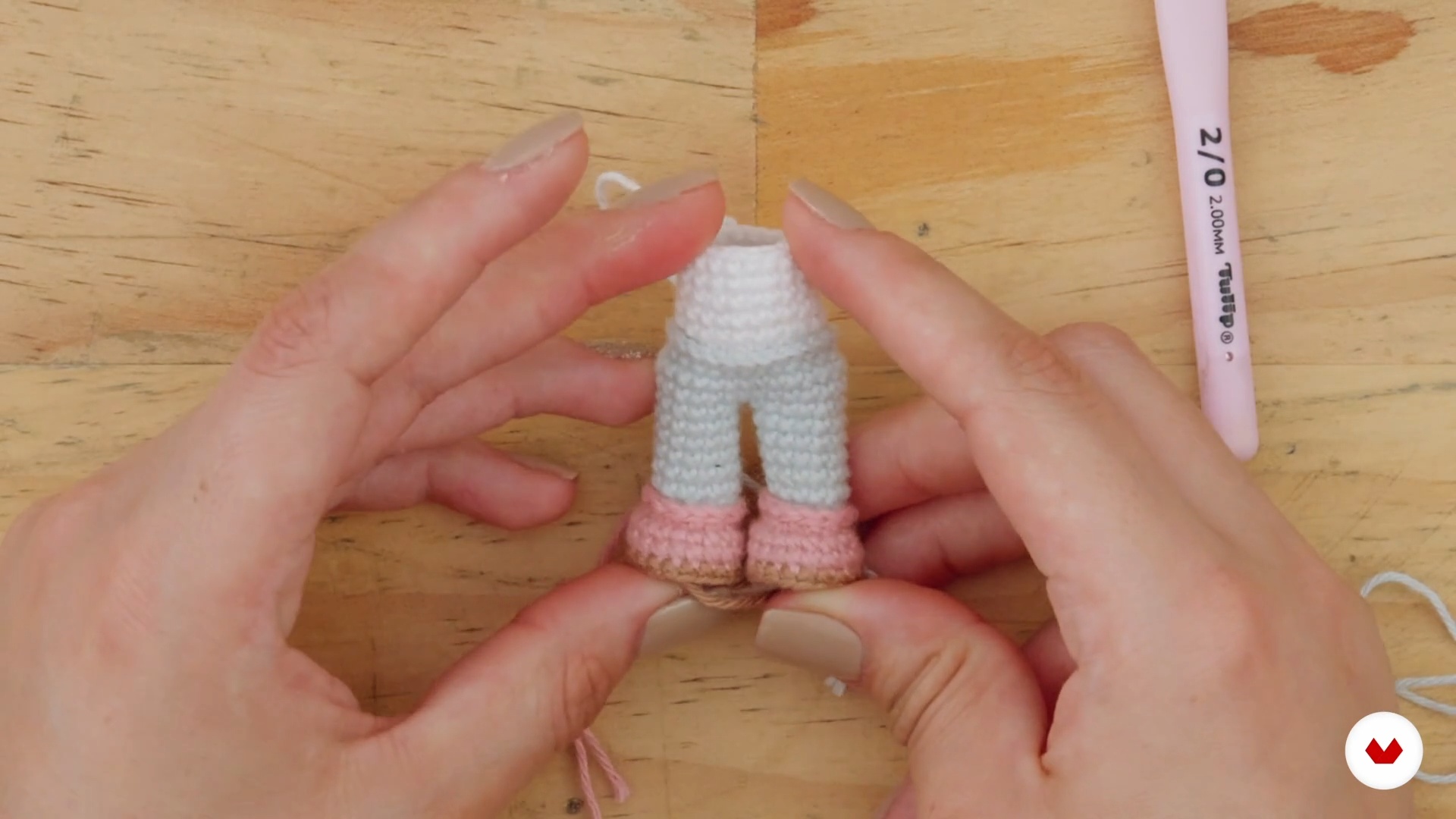
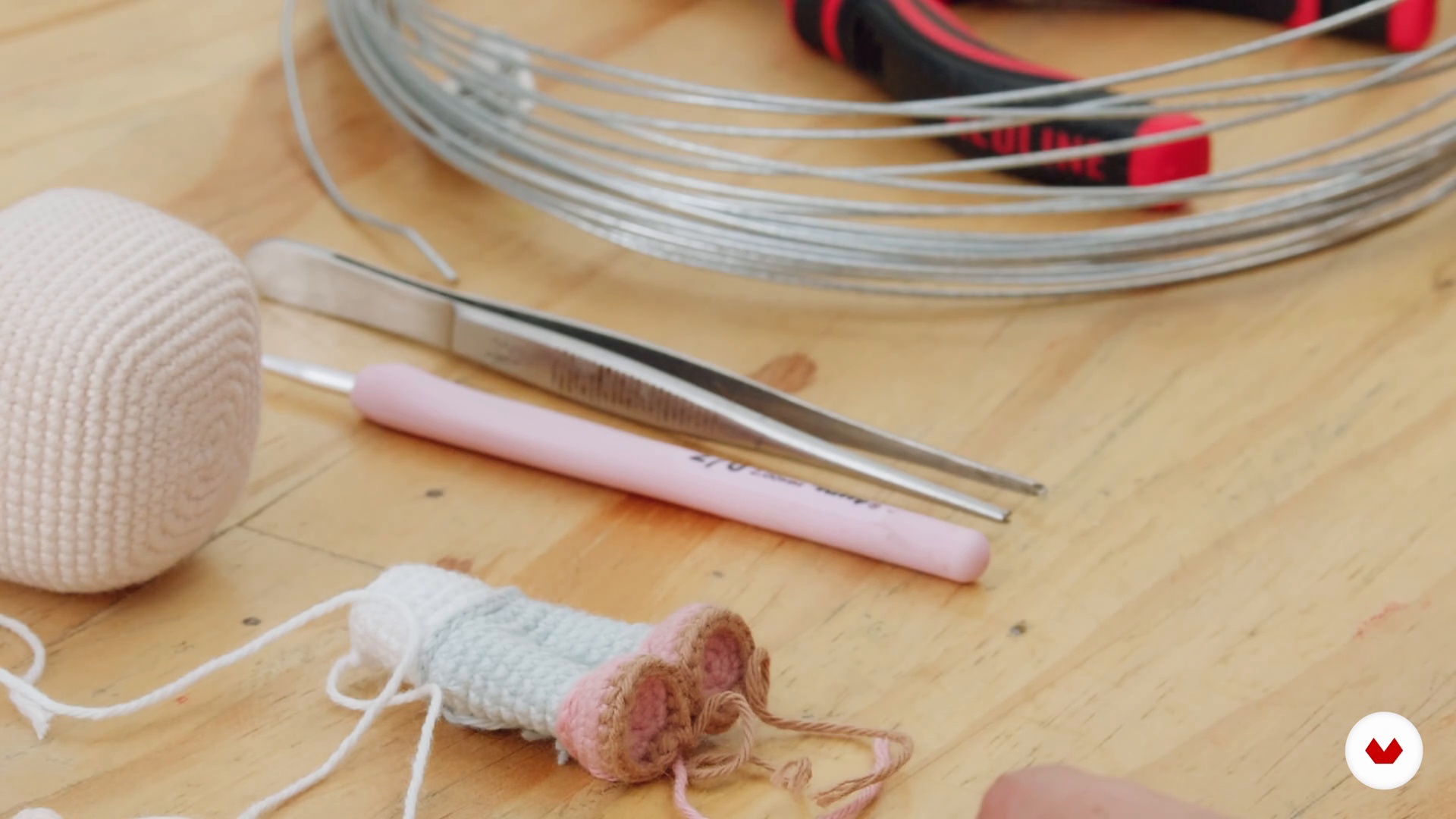
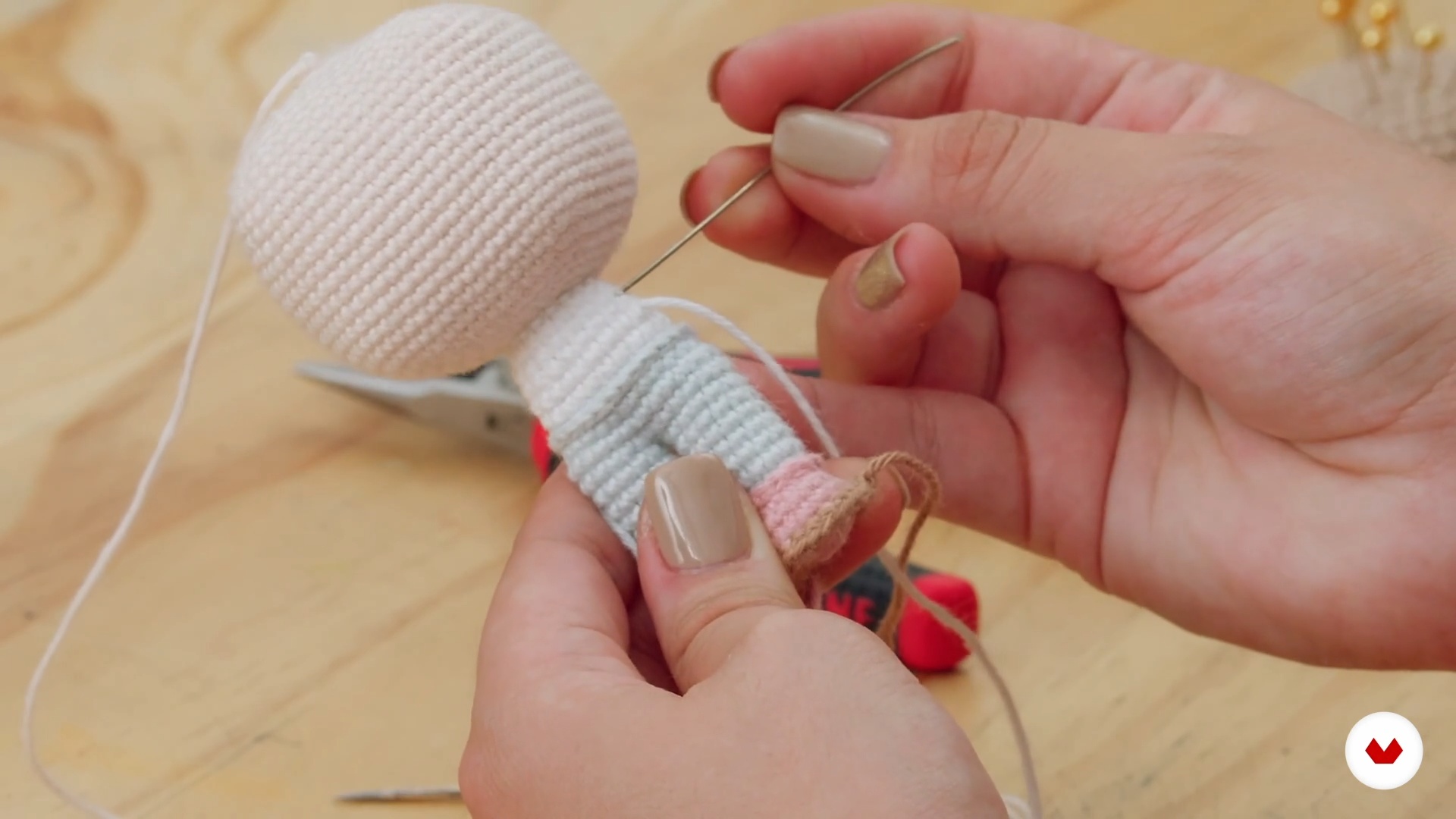
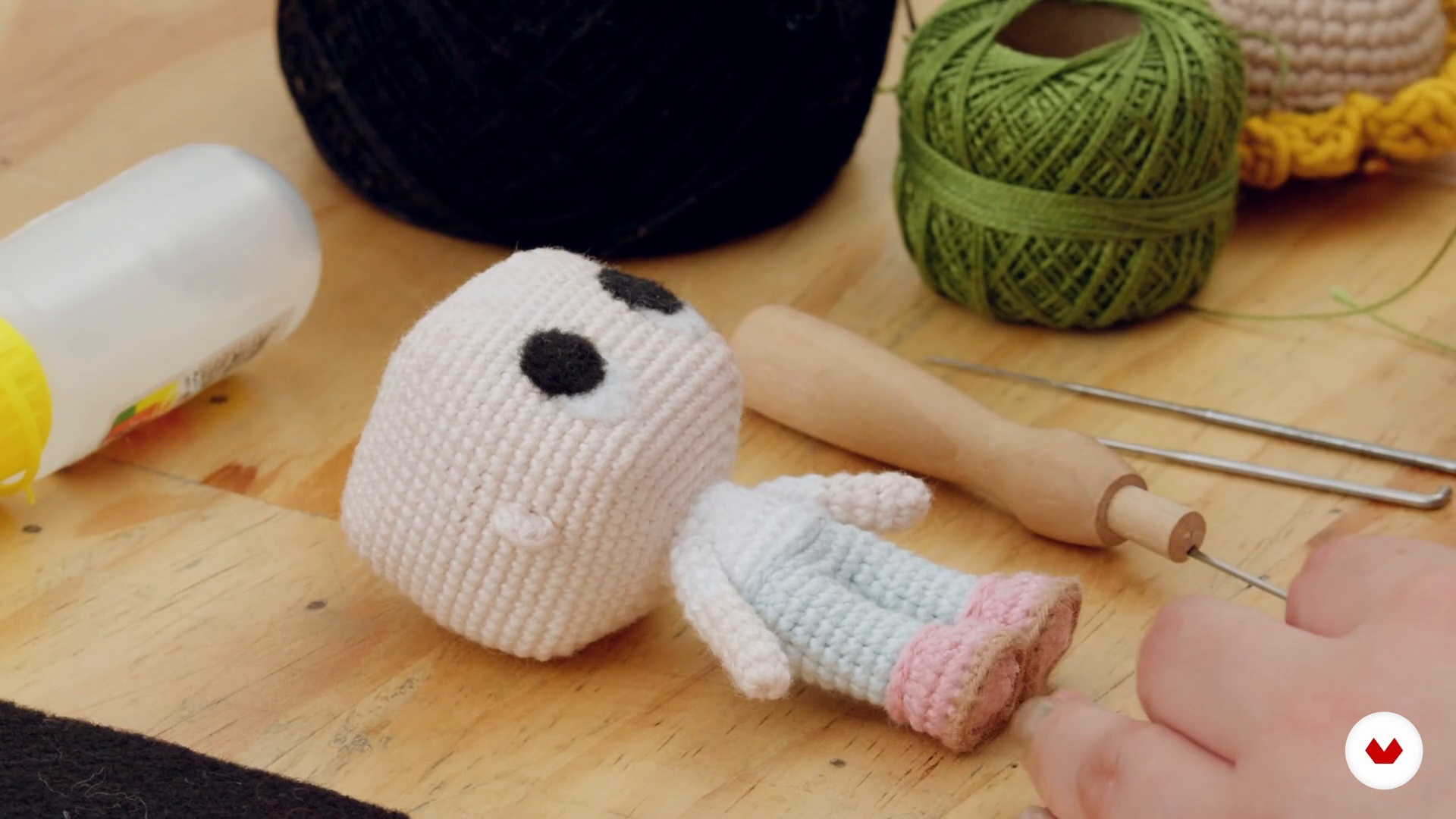
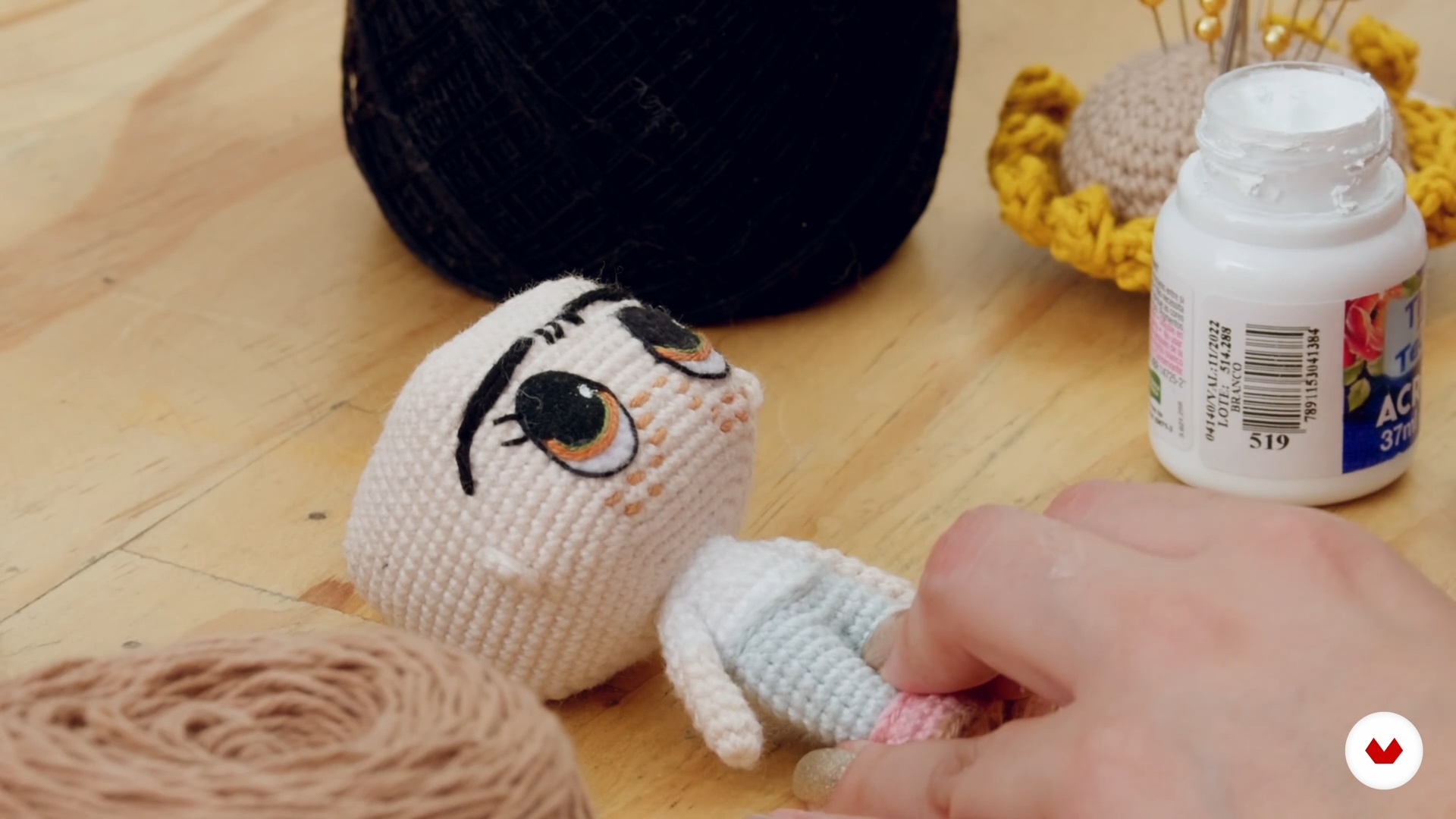
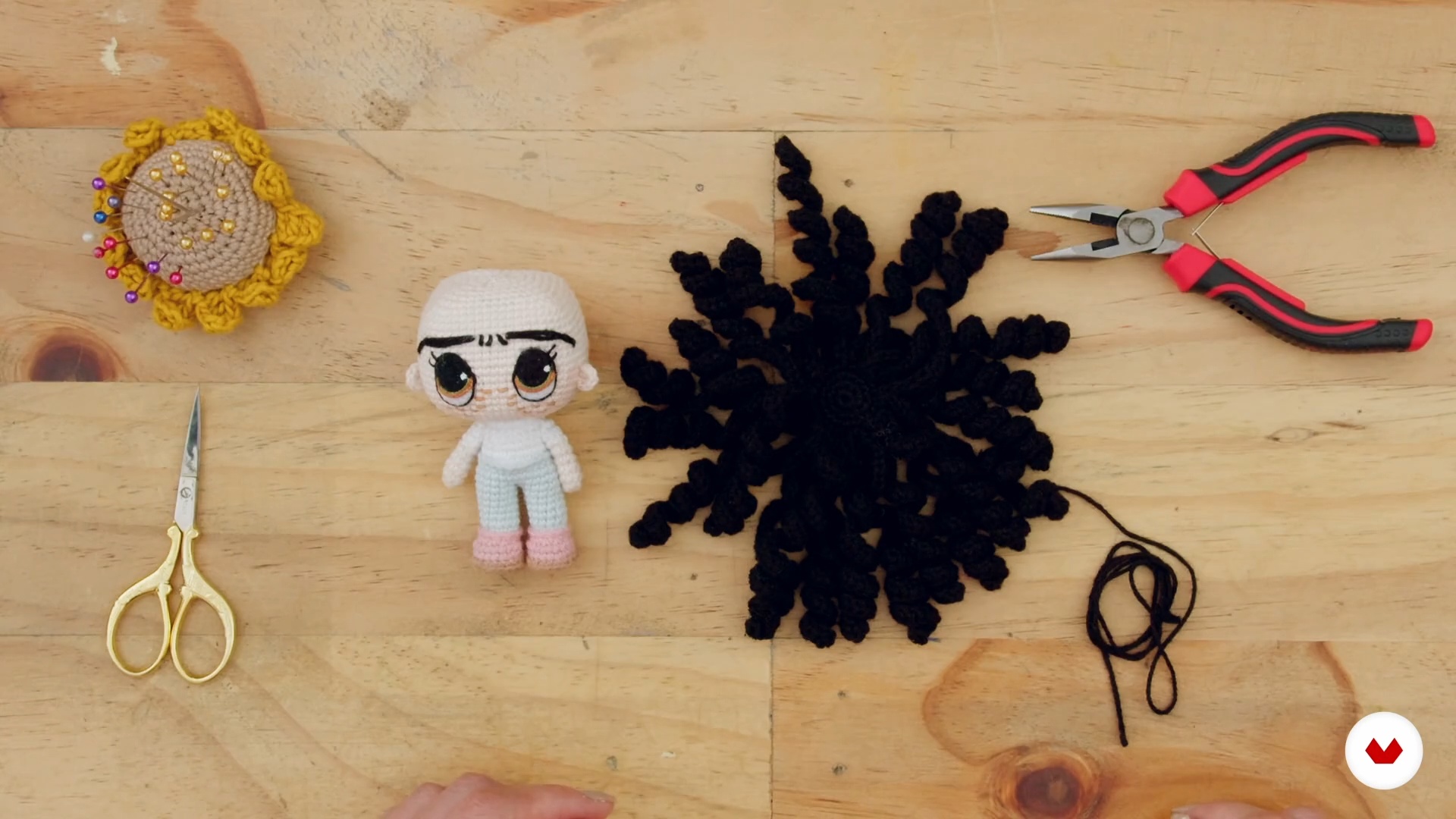
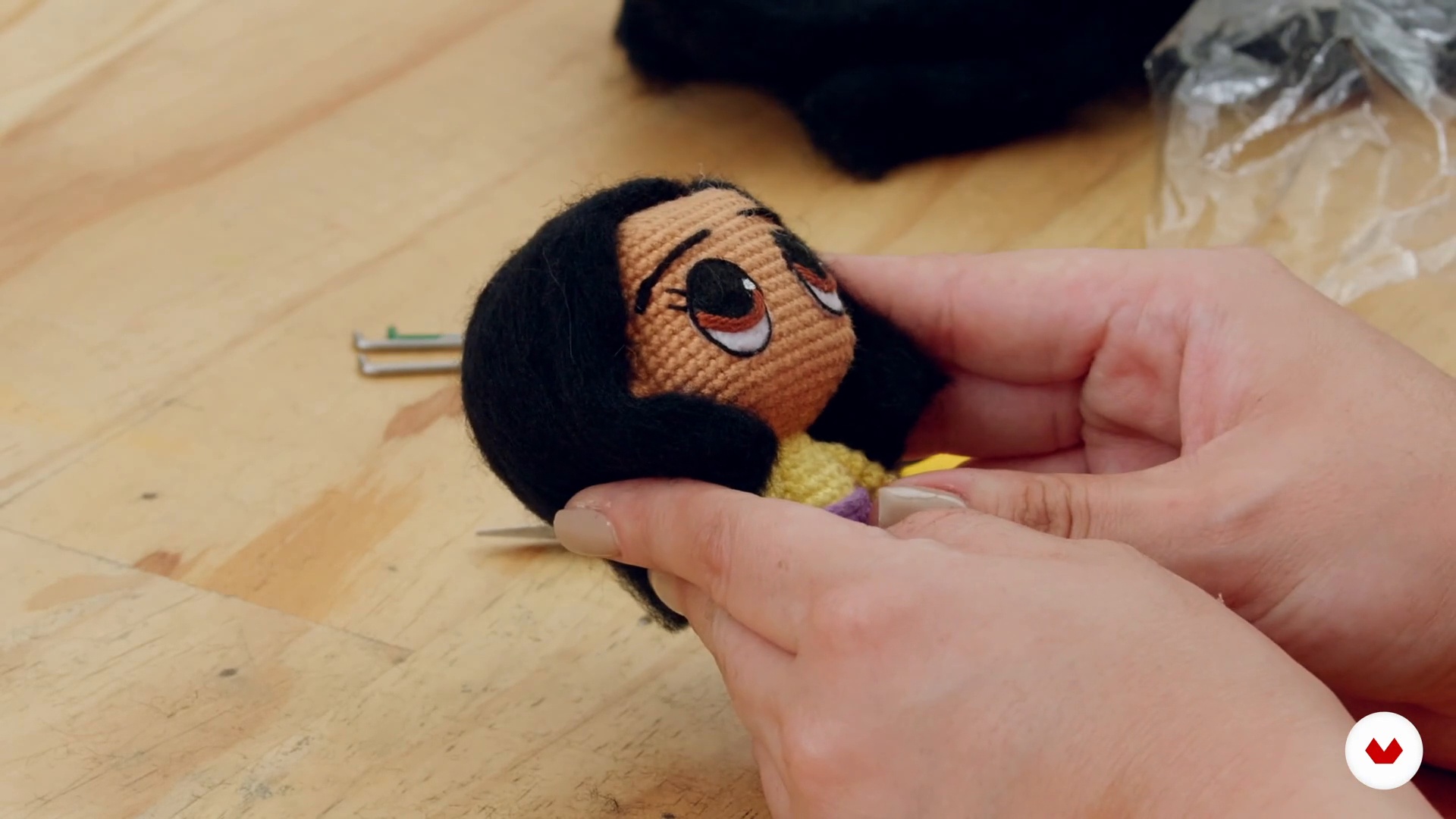
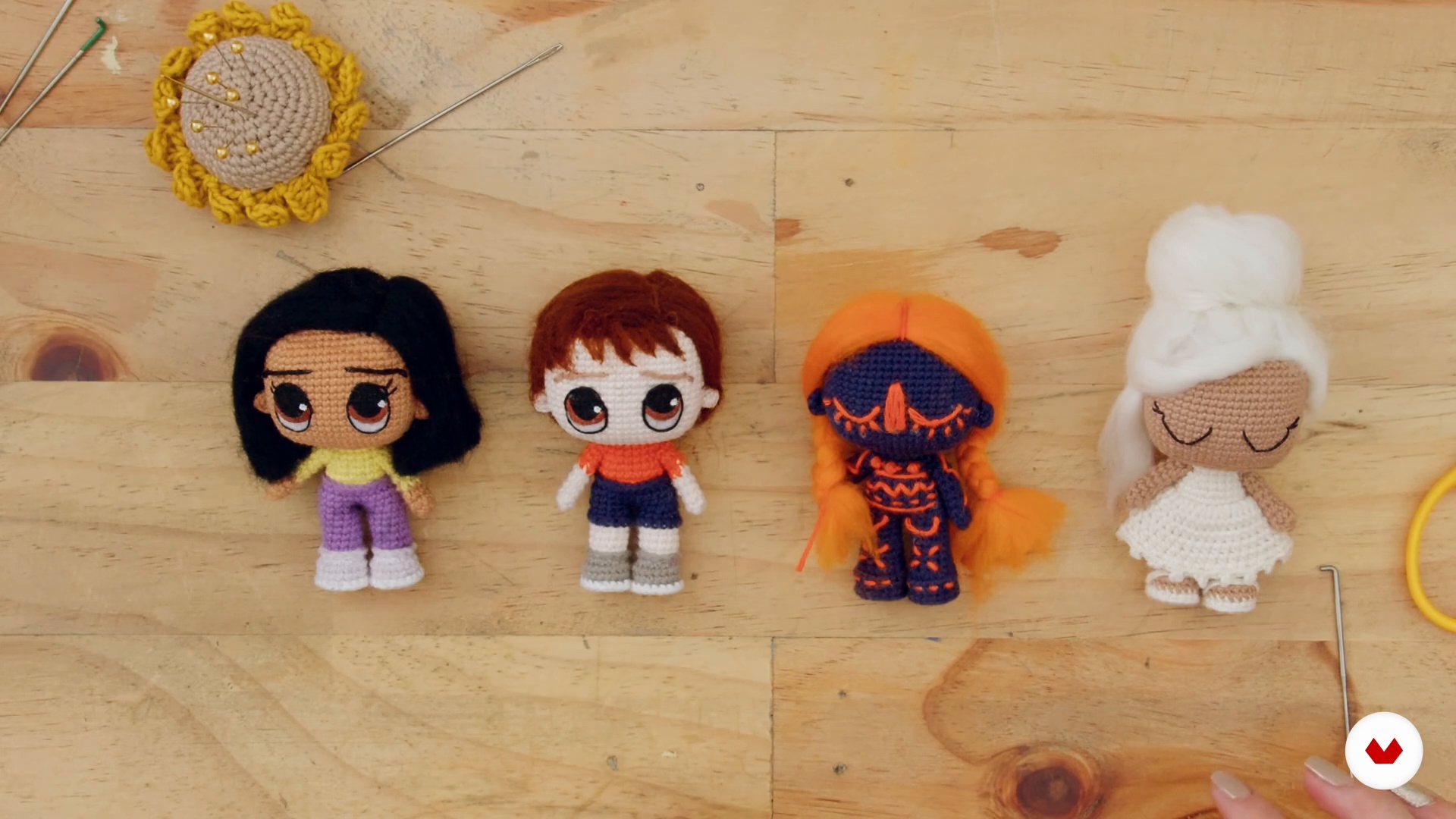
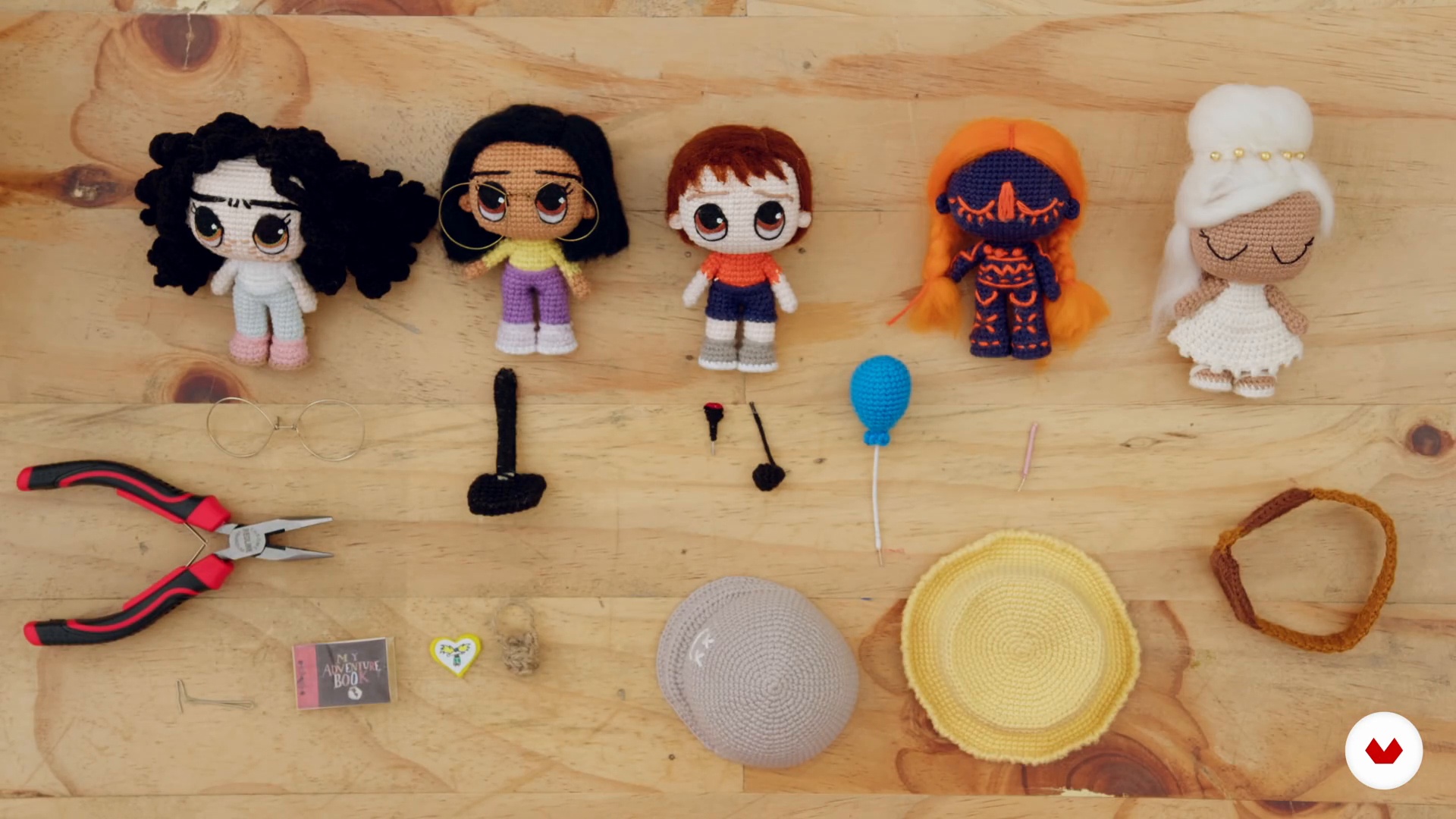
- 100% positive reviews (9)
- 555 students
- 111 lessons (21h 37m)
- 124 additional resources (51 files)
- Online and at your own pace
- Audio: Spanish, English
- Spanish · English · Portuguese · German · French · Italian · Polish · Dutch · Turkish
- Level: Beginner
- Unlimited access forever
What is this course's project?
You will create an amigurumi of a winged rhinoceros, combining knitted shapes to bring a unique character to life. You will learn to knit and customize your own amigurumi, applying crochet techniques to design a unique and creative character. You will design a complete set of clothing, hair, and accessories for an amigurumi, enriching its personality. You will crochet a human amigurumi that represents a specific person, capturing unique details. You will create a 2D character using a flat knitting technique, exploring new creative possibilities. You will develop a romantic amigurumi, incorporating delicate details that reflect this theme.
Who is this specialization for?
This course is designed for crochet enthusiasts, creatives who want to explore amigurumi, and those looking to personalize their creations. Ideal for beginners and hobbyists who want to expand their skills in design, customization, and advanced knitting techniques.
Requirements and materials
No extensive prior knowledge is required, but you should know how to chain and make basic crochet stitches. You'll need yarn in different colors, a crochet hook, scissors, and a wool needle. Optionally, stuffing to shape the amigurumis.

Reviews
What to expect from this specialization course
-
Learn at your own pace
Enjoy learning from home without a set schedule and with an easy-to-follow method. You set your own pace.
-
Learn from the best professionals
Learn valuable methods and techniques explained by top experts in the creative sector.
-
Meet expert teachers
Each expert teaches what they do best, with clear guidelines, true passion, and professional insight in every lesson.
-
Certificates
PlusIf you're a Plus member, get a custom certificate for every specialization course. Share it on your portfolio, social media, or wherever you like.
-
Get front-row seats
Videos of the highest quality, so you don't miss a single detail. With unlimited access, you can watch them as many times as you need to perfect your technique.
-
Share knowledge and ideas
Ask questions, request feedback, or offer solutions. Share your learning experience with other students in the community who are as passionate about creativity as you are.
-
Connect with a global creative community
The community is home to millions of people from around the world who are curious and passionate about exploring and expressing their creativity.
-
Watch professionally produced courses
Domestika curates its teacher roster and produces every course in-house to ensure a high-quality online learning experience.
FAQs
What are Domestika's online courses?
Domestika courses are online classes that allow you to learn new skills and create incredible projects. All our courses include the opportunity to share your work with other students and/or teachers, creating an active learning community. We offer different formats:
Original Courses: Complete classes that combine videos, texts, and educational materials to complete a specific project from start to finish.
Basics Courses: Specialized training where you master specific software tools step by step.
Specialization Courses: Learning paths with various expert teachers on the same topic, perfect for becoming a specialist by learning from different approaches.
Guided Courses: Practical experiences ideal for directly acquiring specific skills.
Intensive Courses (Deep Dives): New creative processes based on artificial intelligence tools in an accessible format for in-depth and dynamic understanding.
When do the specialization courses start and when do they finish?
All specialization courses are 100% online, so once they're published, specialization courses start and finish whenever you want. You set the pace of the class. You can go back to review what interests you most and skip what you already know, ask questions, answer questions, share your projects, and more.
What do Domestika's specialization courses include?
The specialization courses are divided into different modules. Each one includes lessons, informational text, tasks, and practice exercises to help you carry out your project step by step, with additional complementary resources and downloads. You'll also have access to an exclusive forum where you can interact with other students, as well as share your work and your final project, creating a community around the specialization courses.
Have you been given a specialization courses?
You can redeem the specialization courses you received by accessing the redeeming page and entering your gift code.







Me encantan los cursos porque ya llevo tiempo en el mundo del amigurumi y siempre aprendo algo nuevo con estos maestros, artistas en el arte de tejer. gracias!
Es para mi de gran agrado haber aprendido tanto de artistas tan buenos.. Muy recomendado para todos
20% de descuento
No tenía nada de experieni a y gracias a que esta muy bien explicado y detallado, he logrado crear mis primeras piezas. La verdad me ha parecido muy bueno
es todo muy lindo